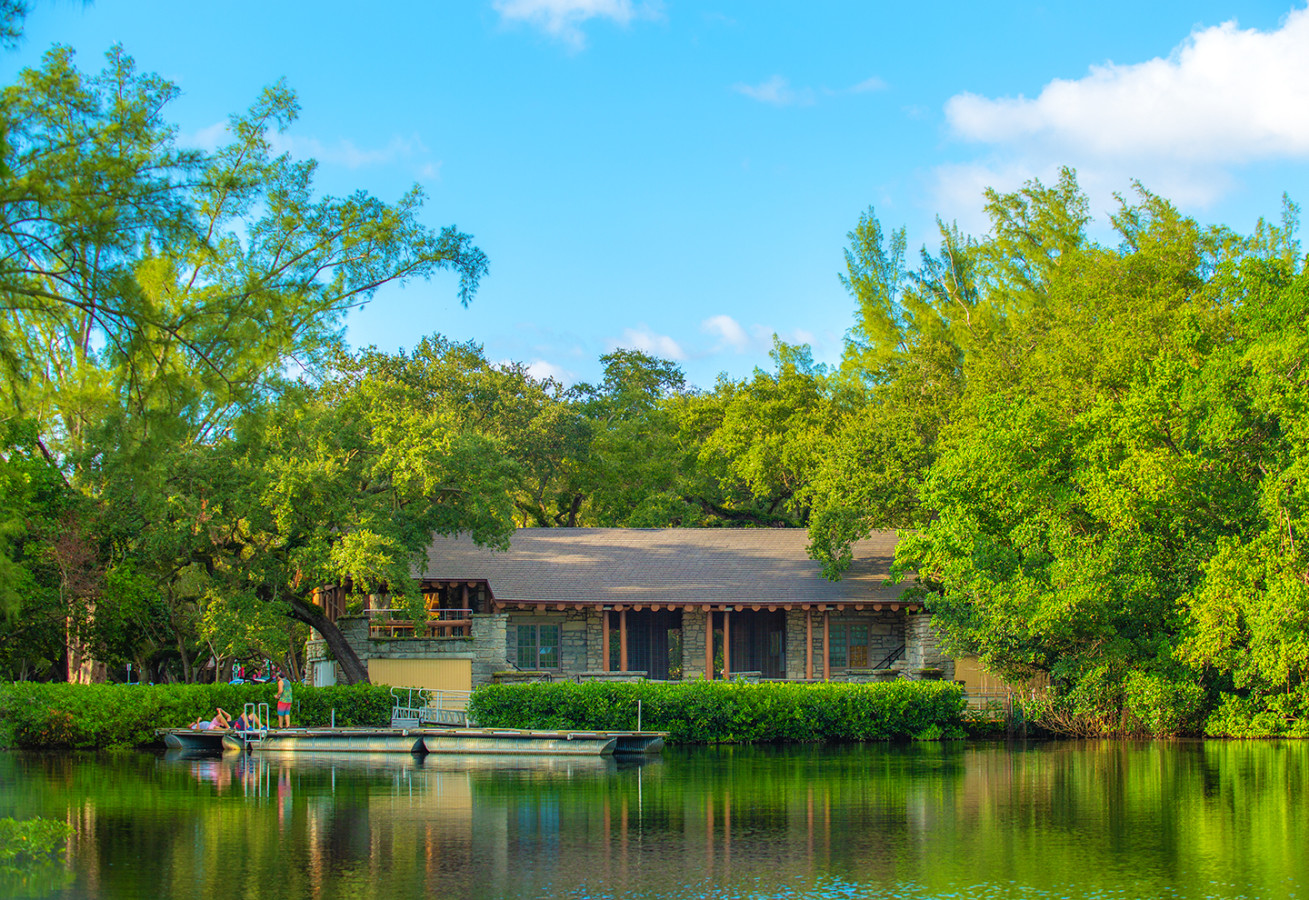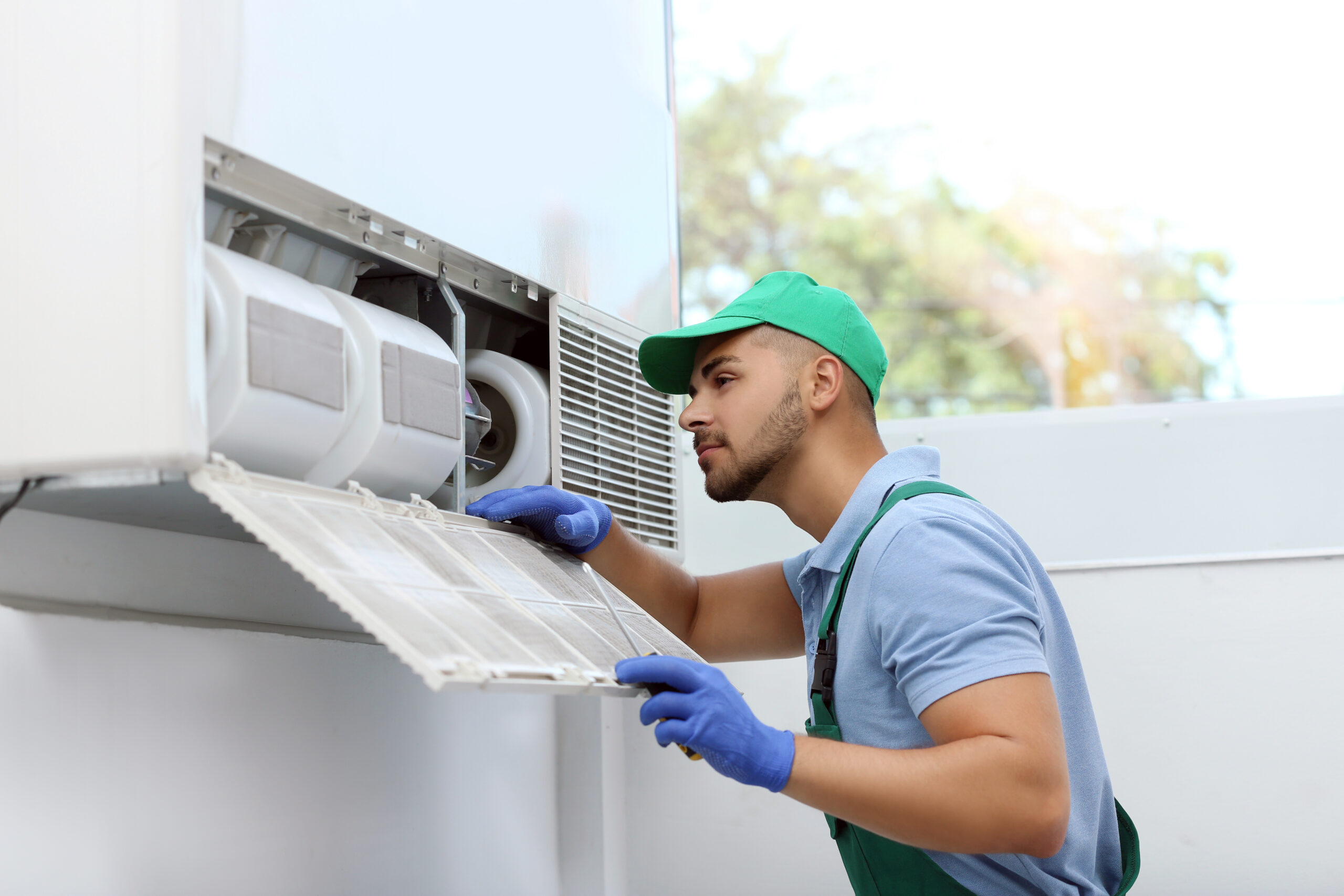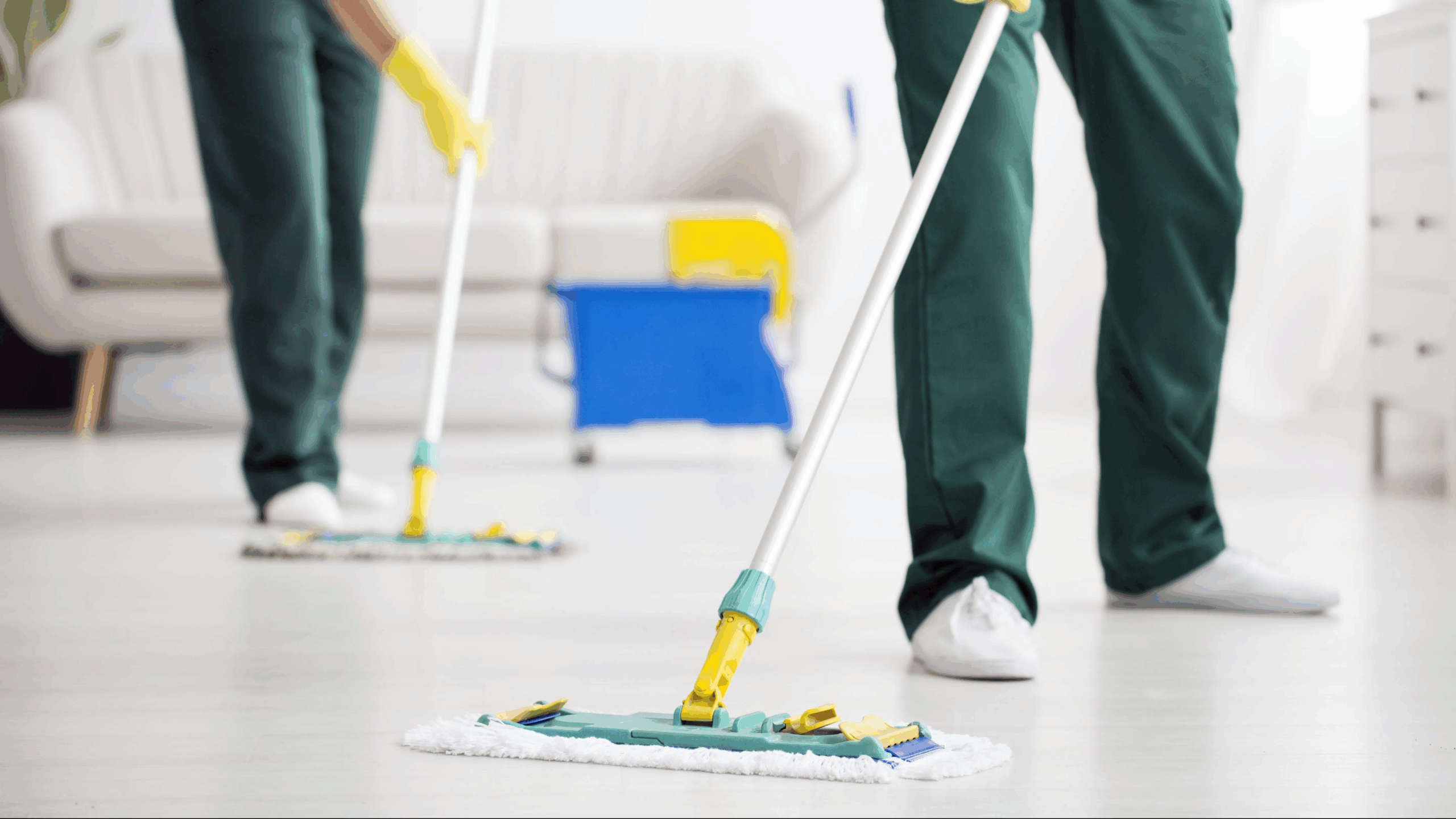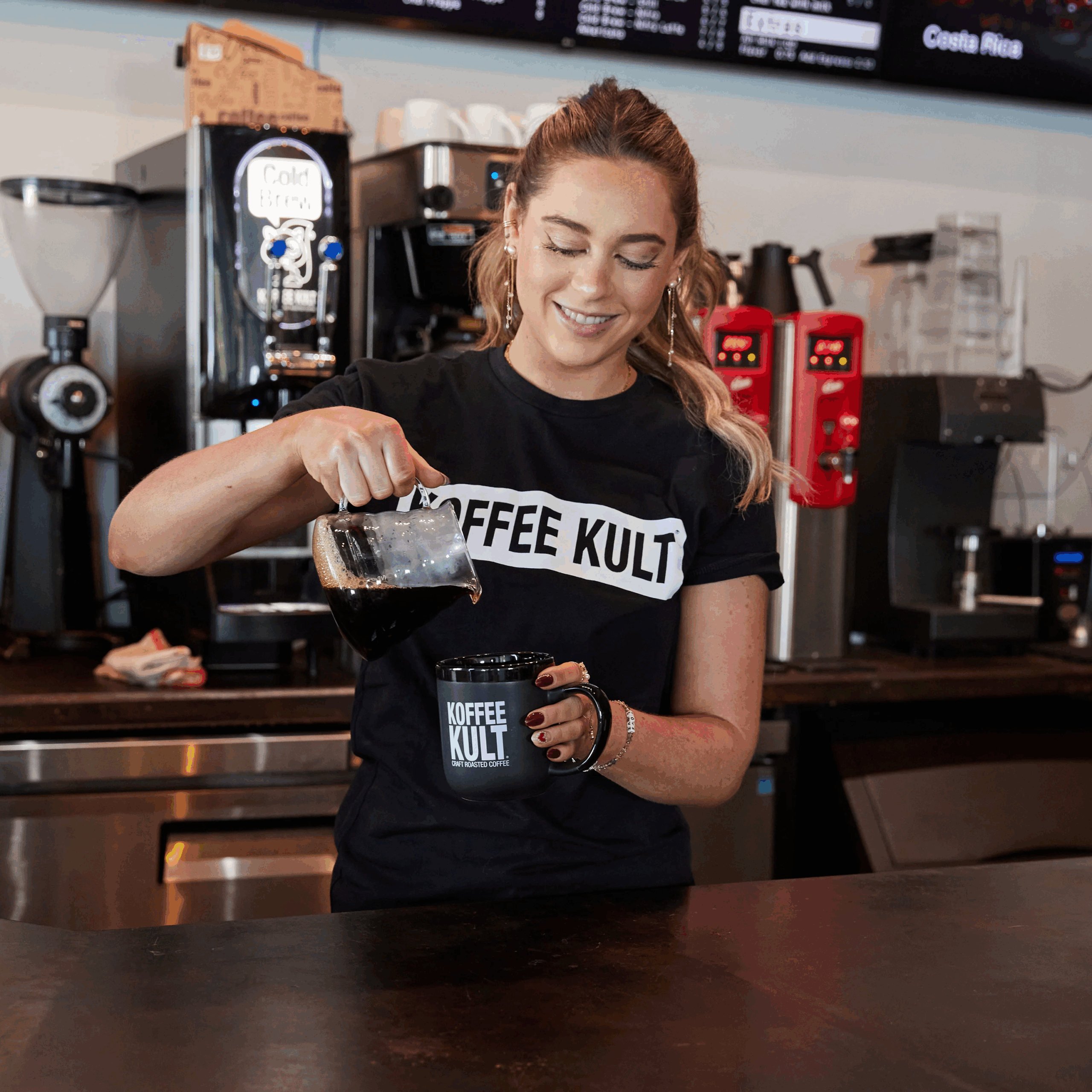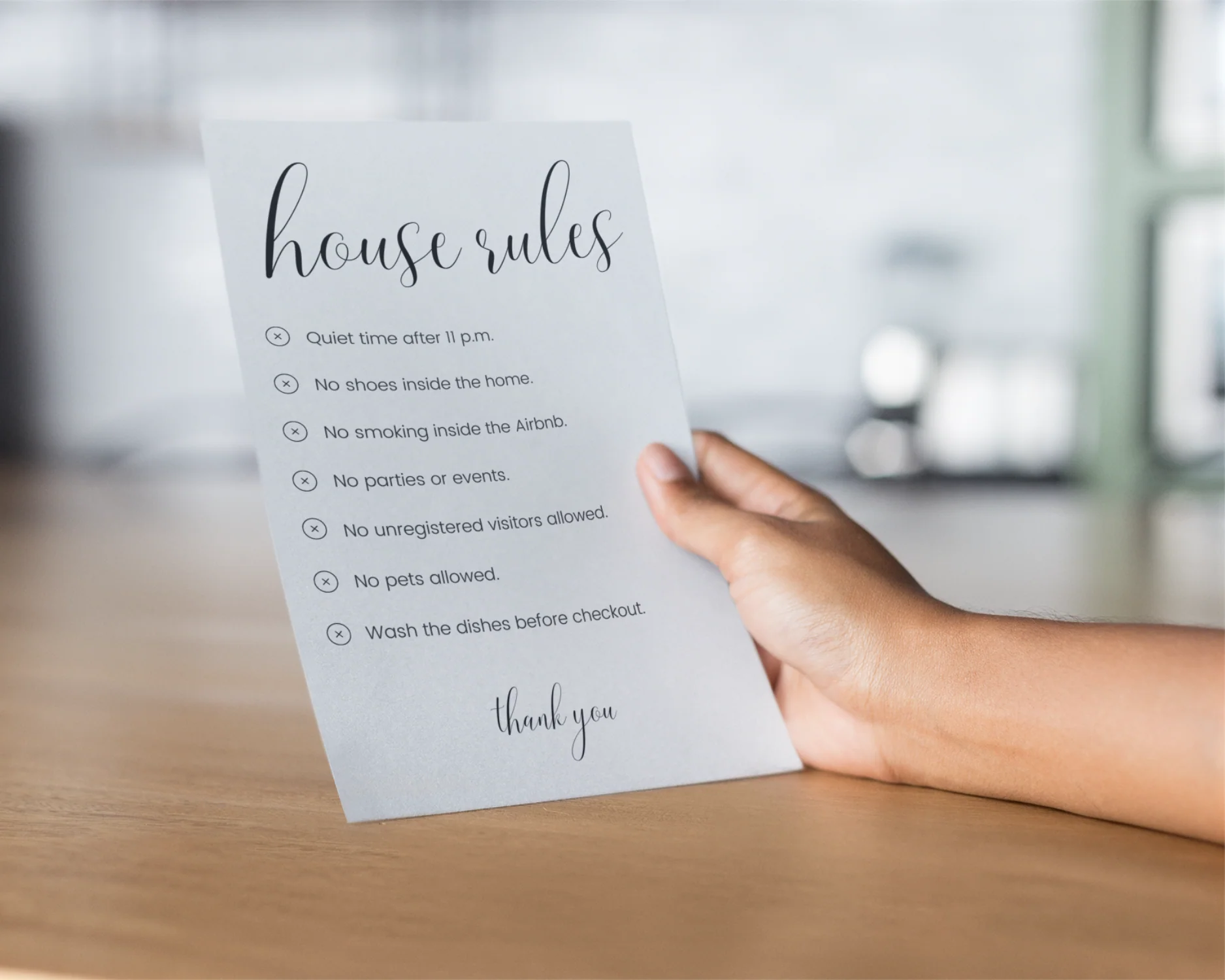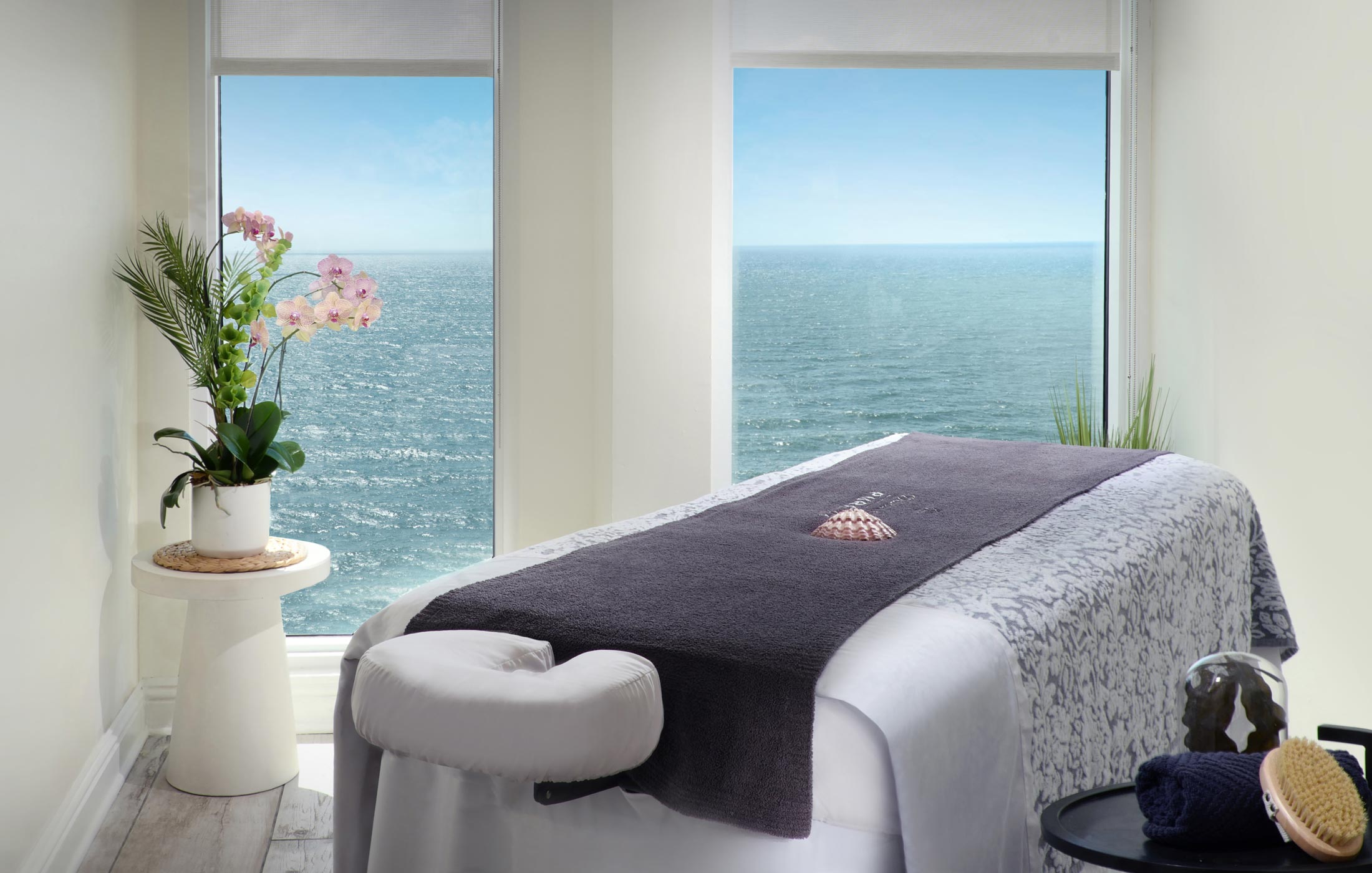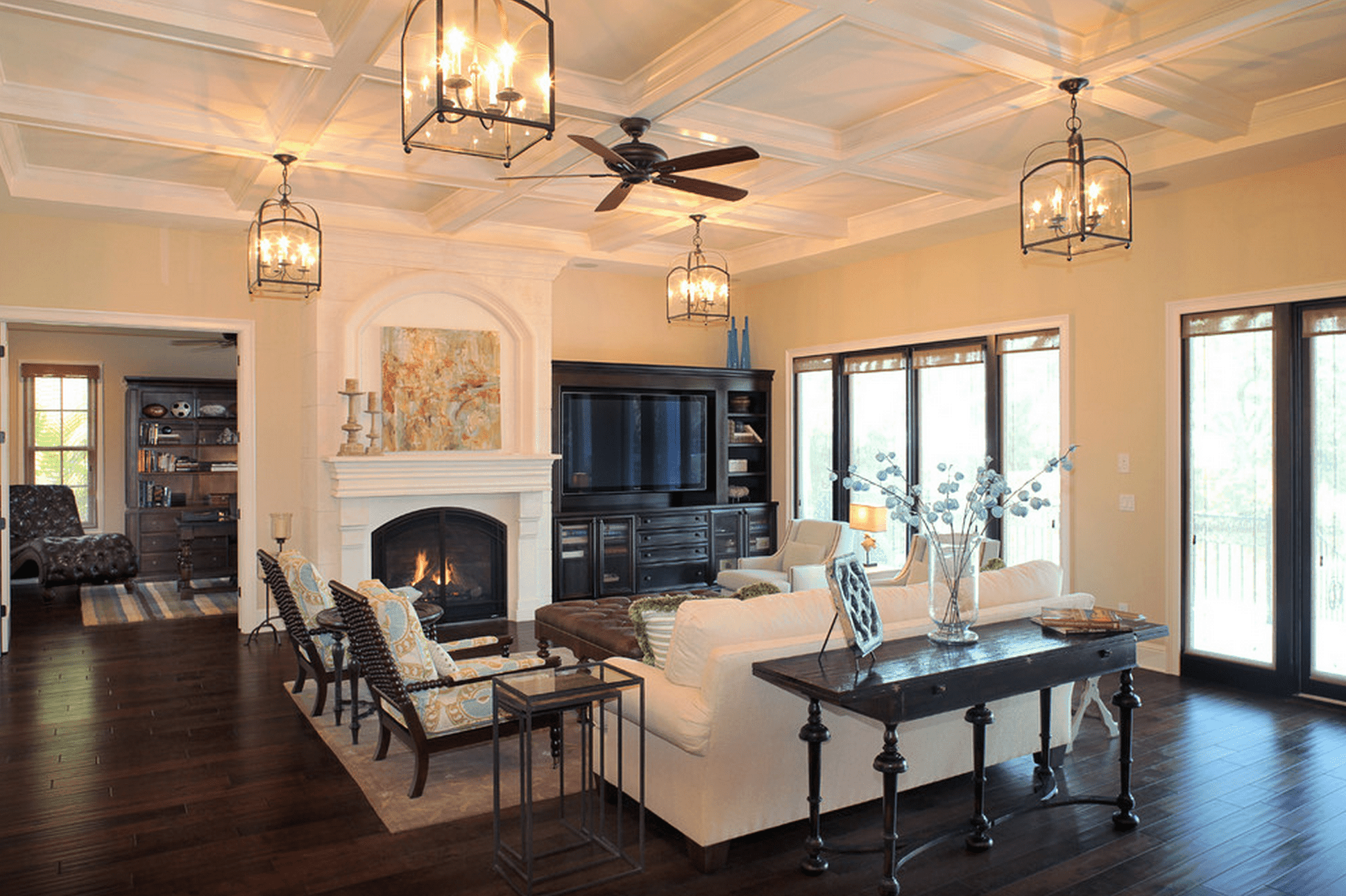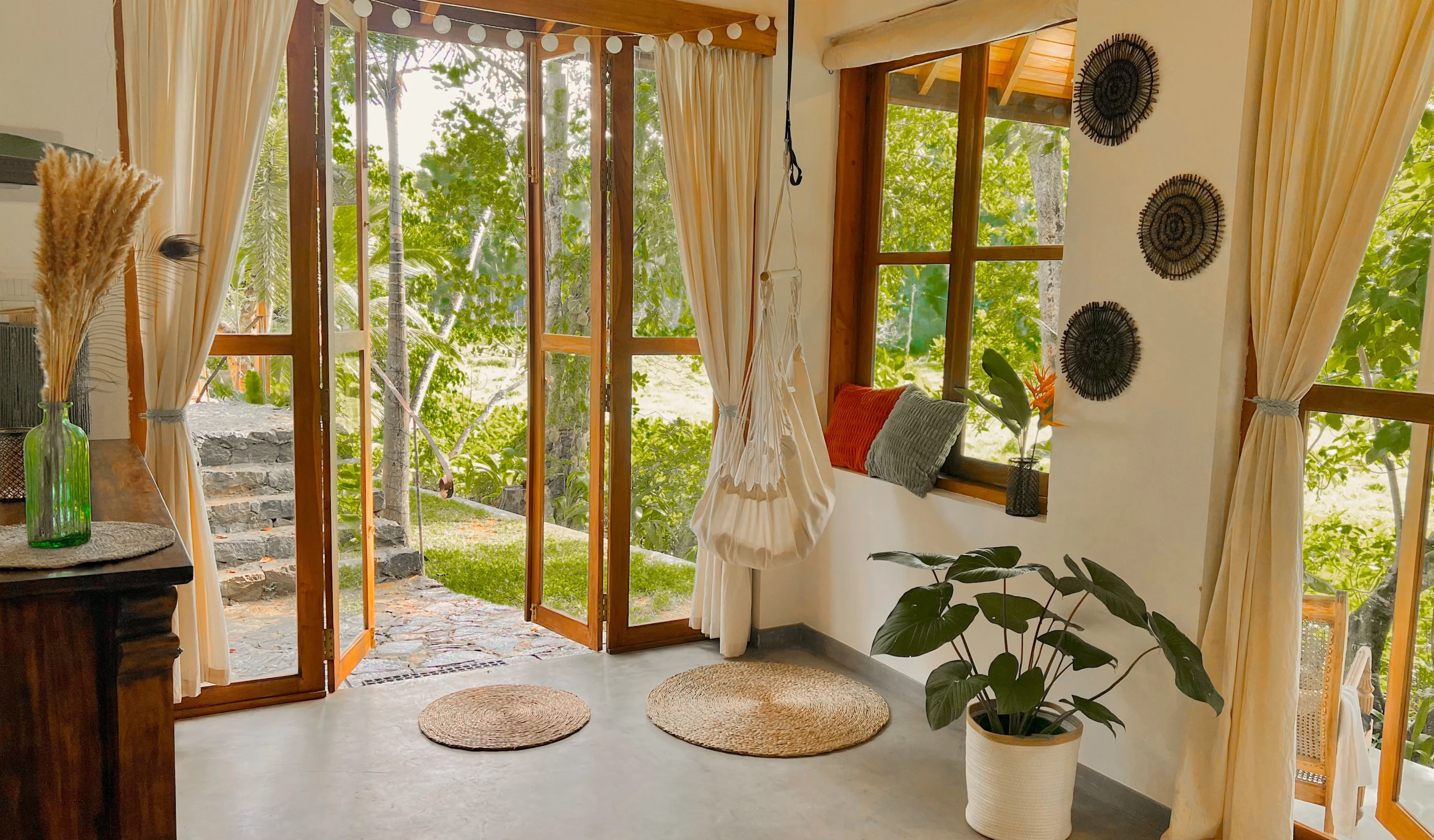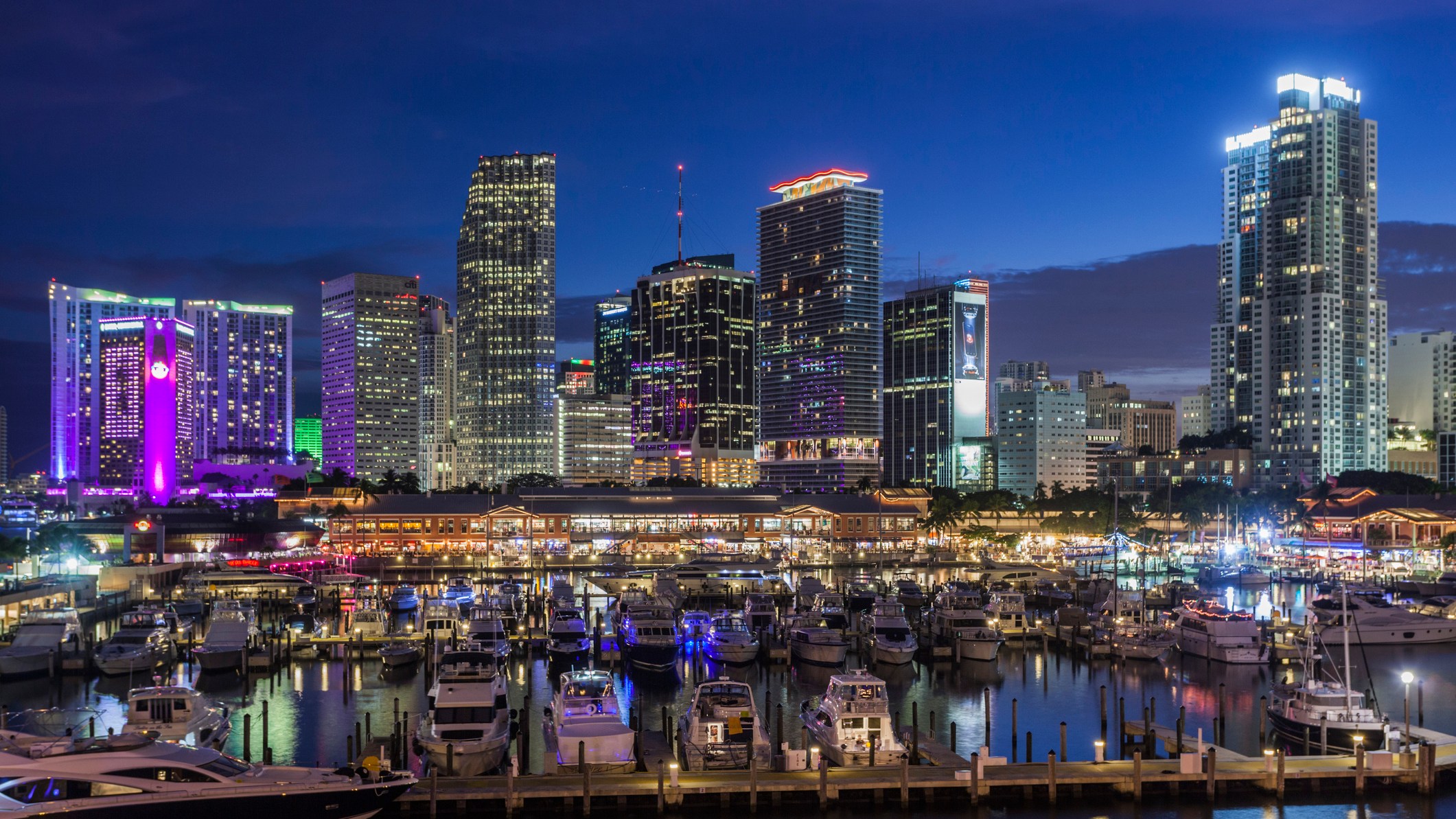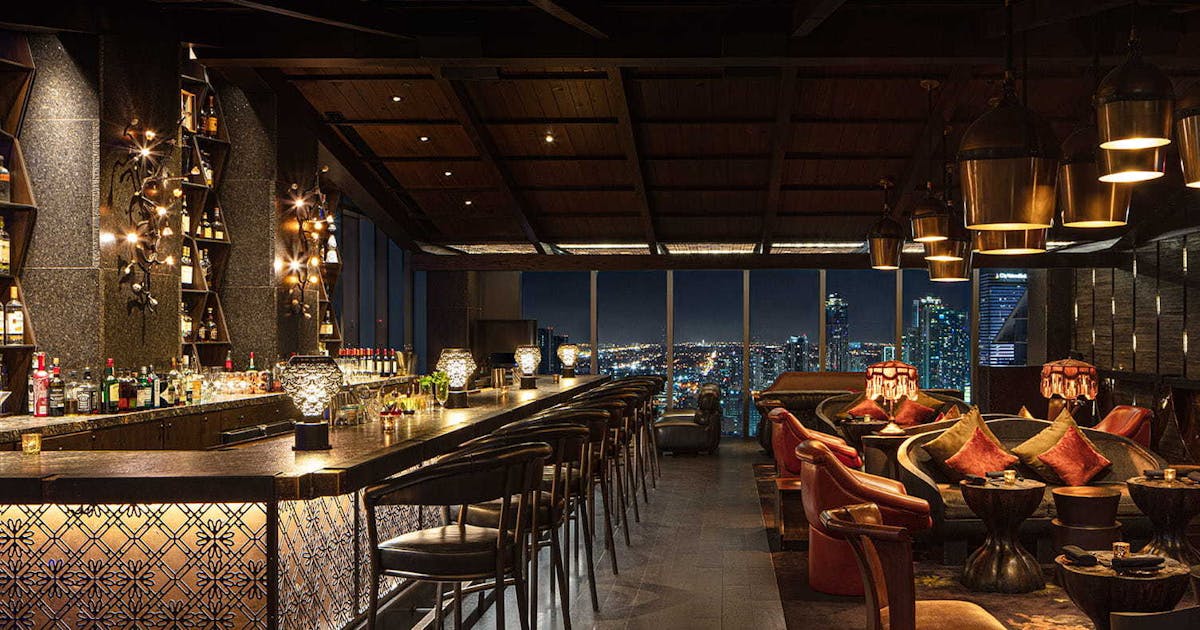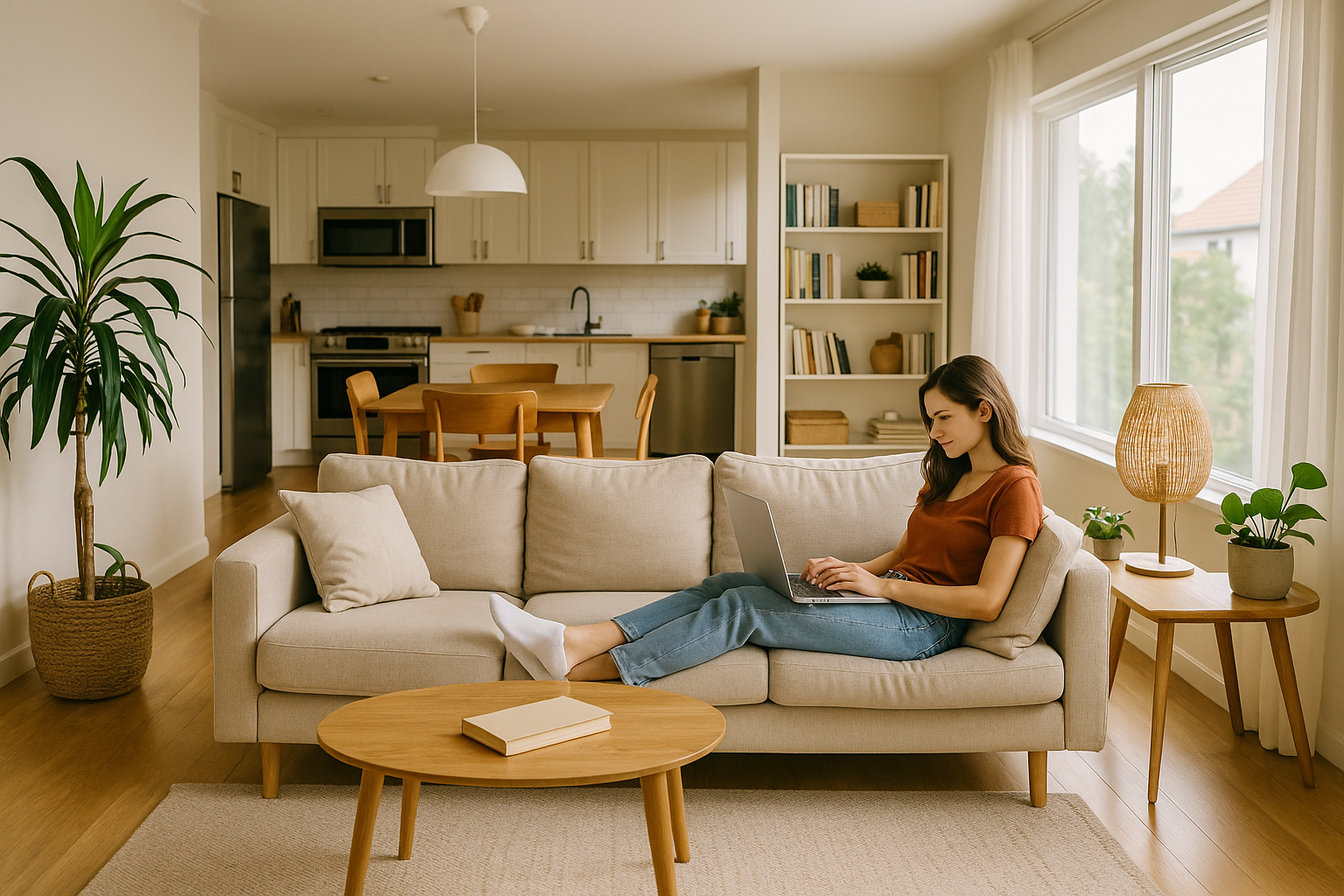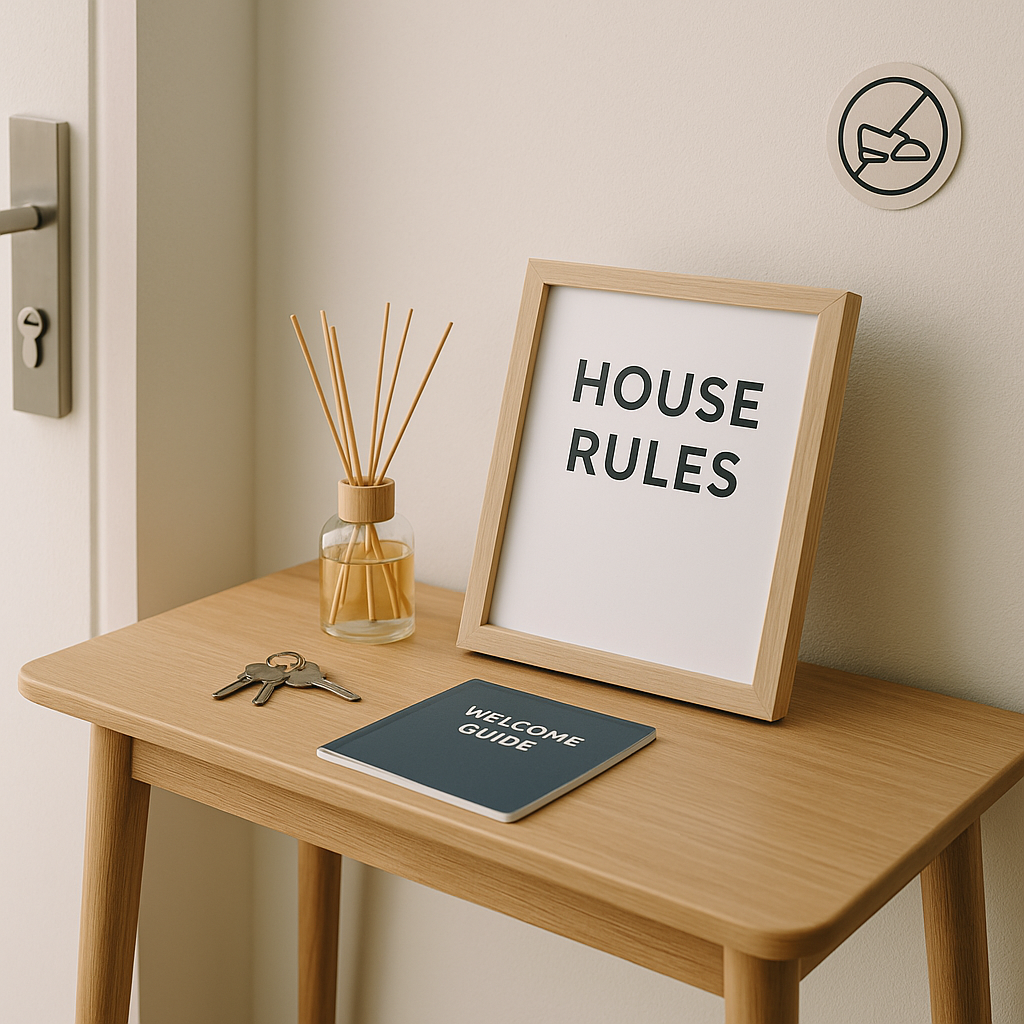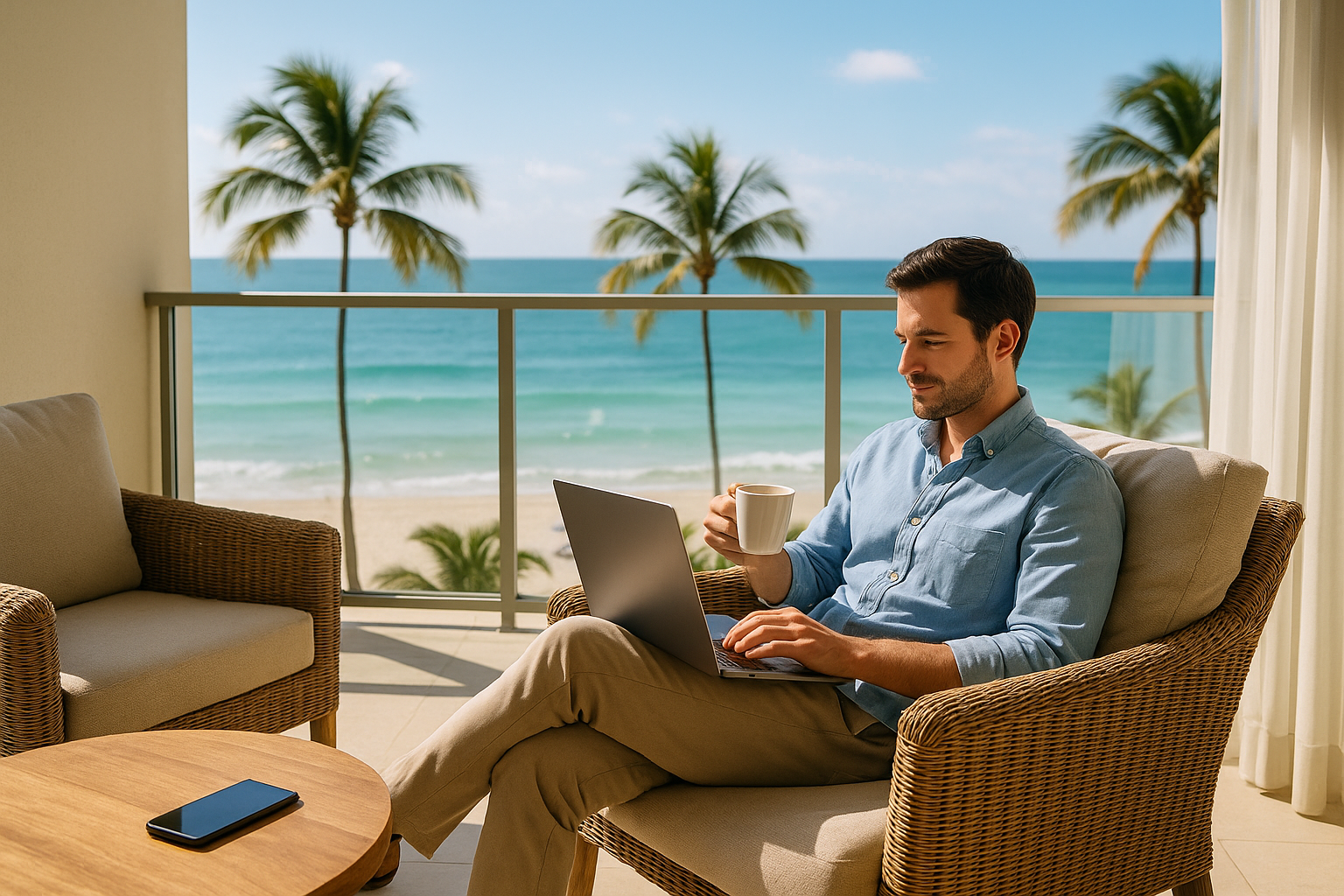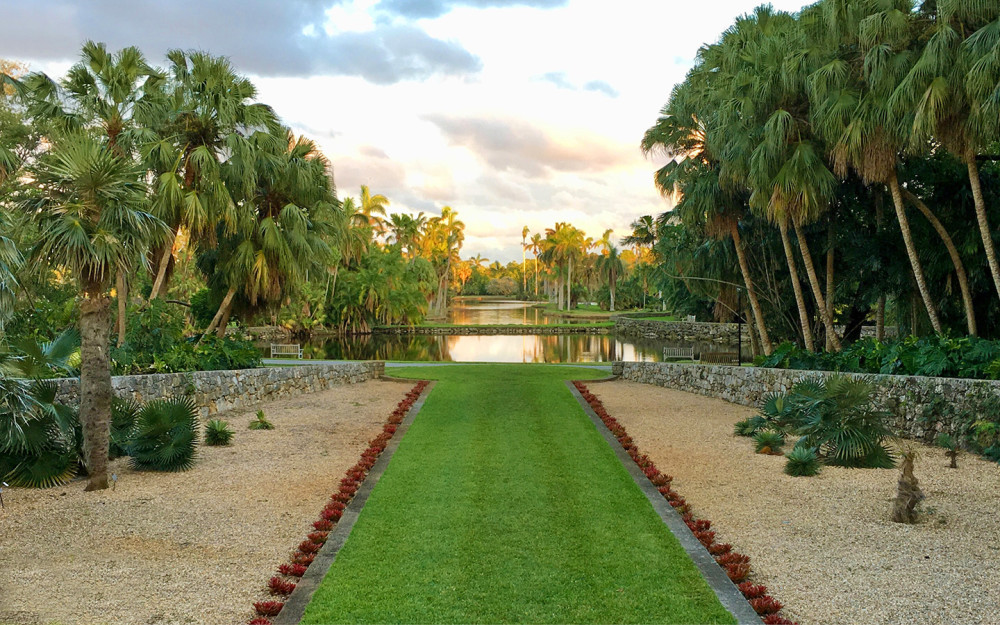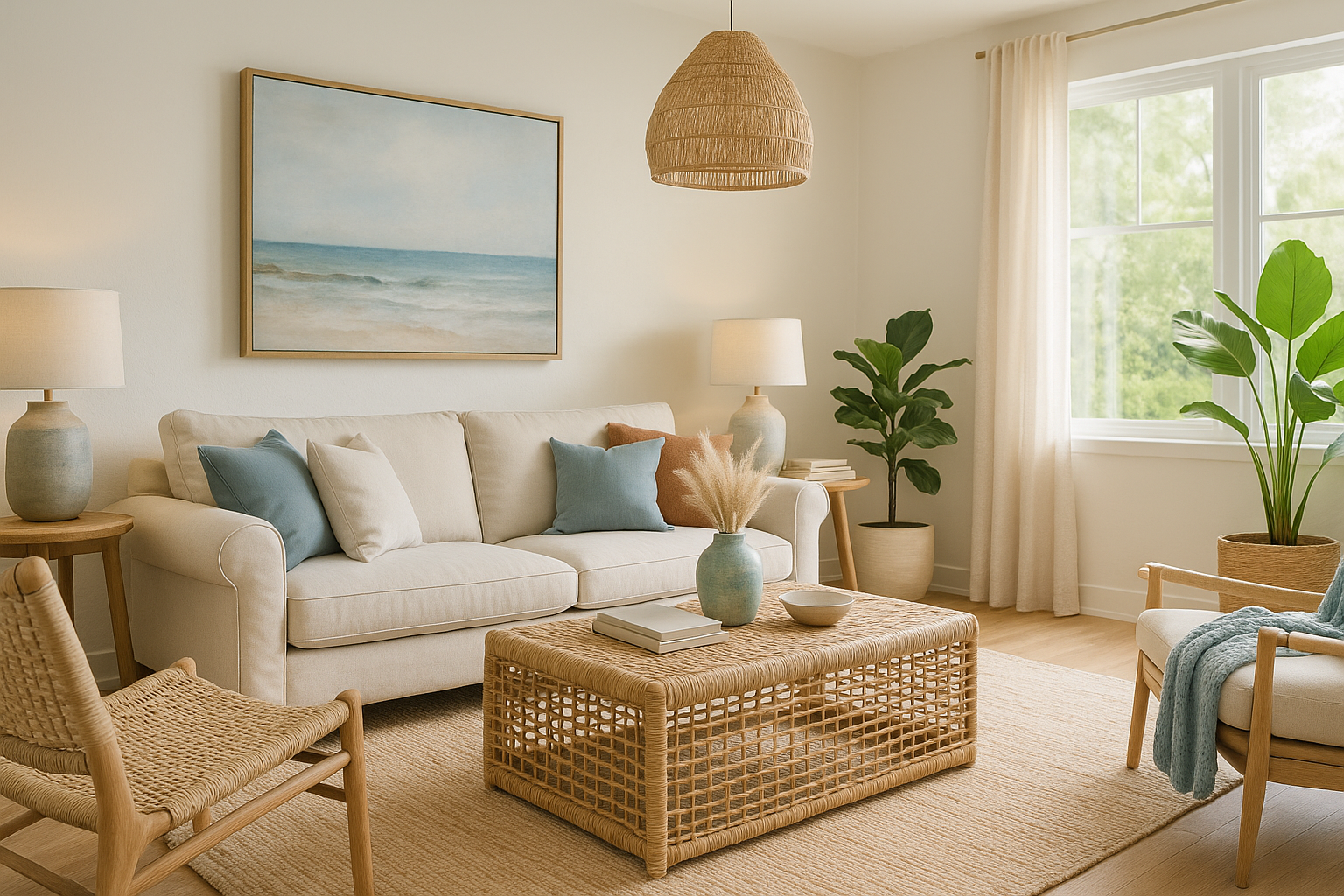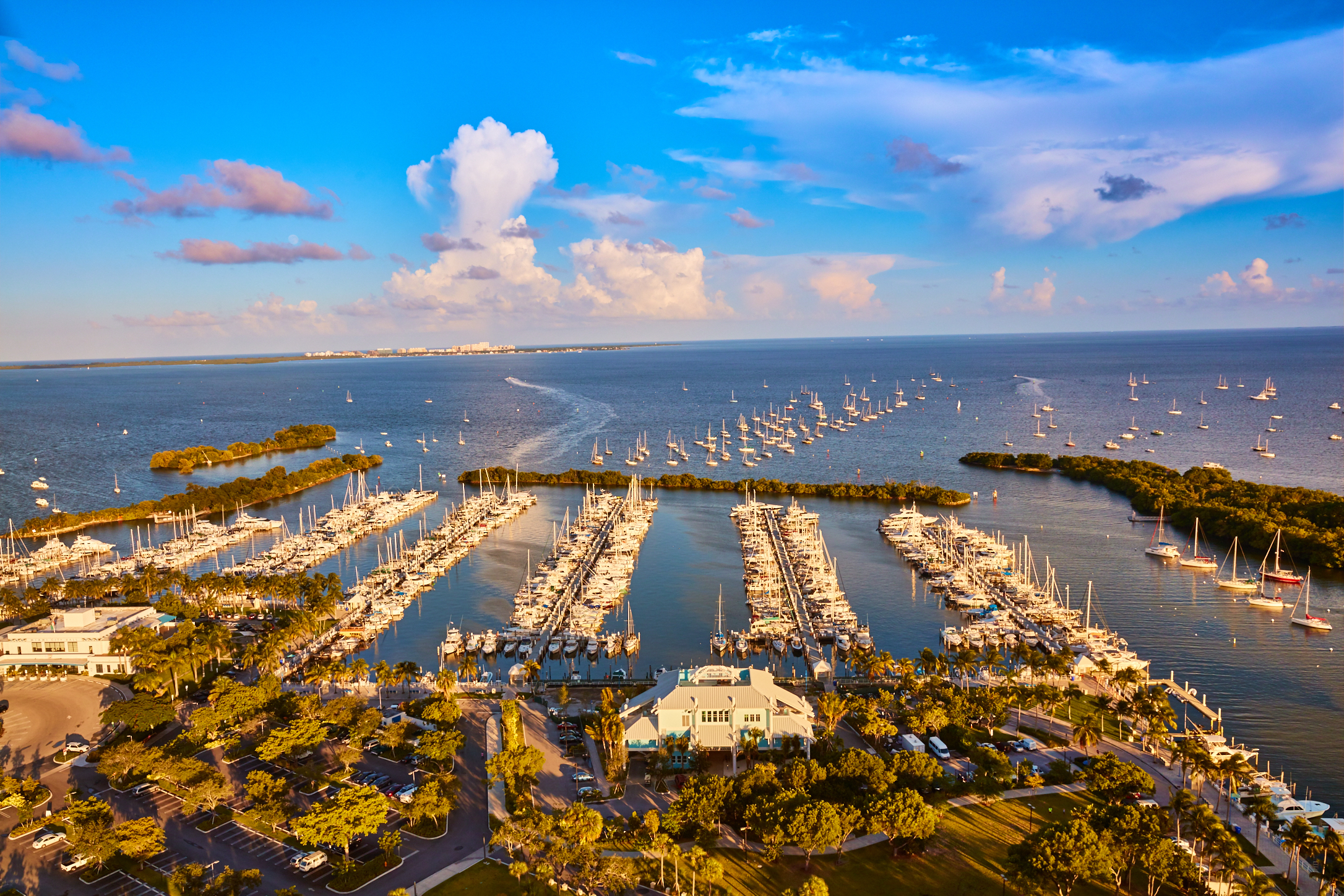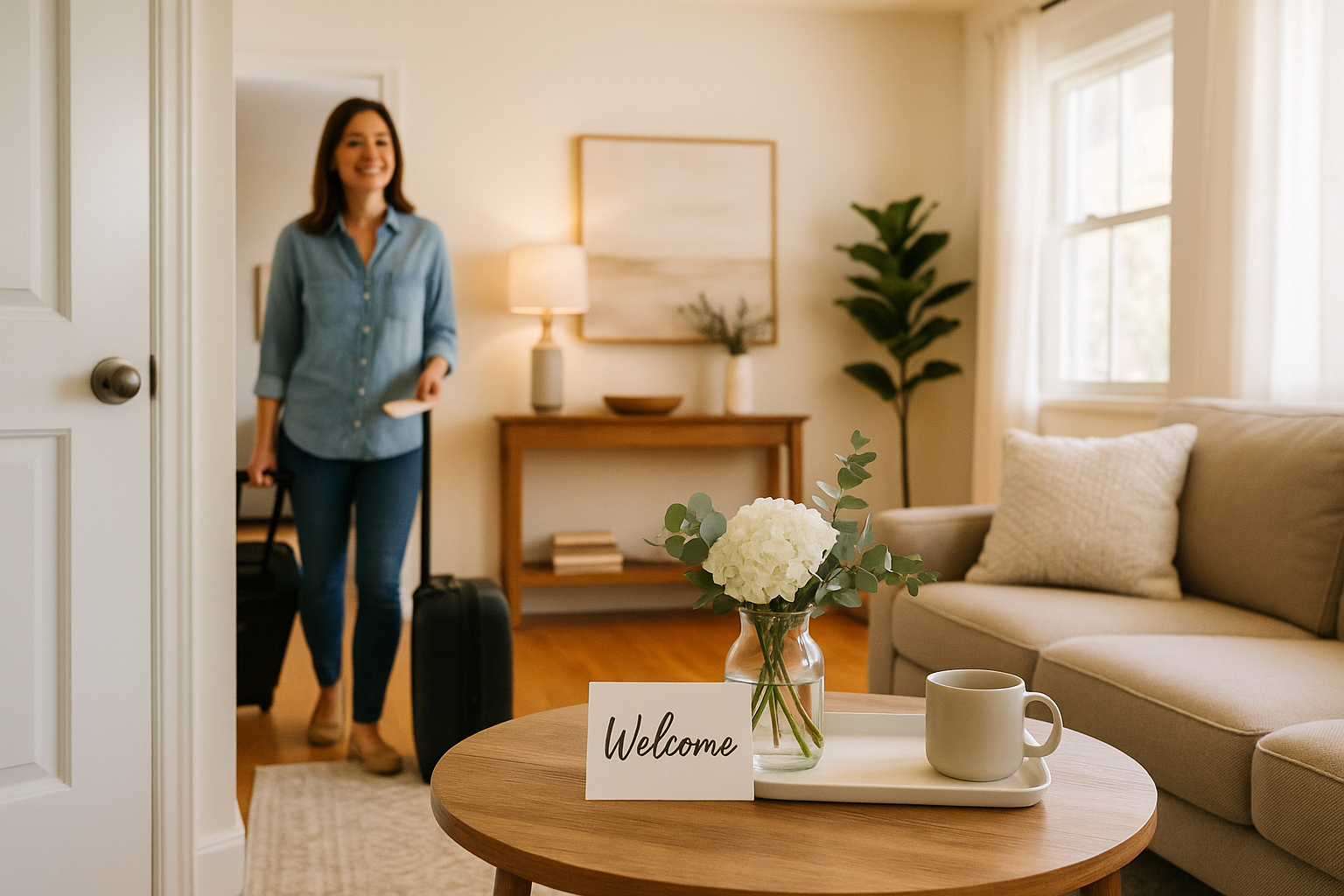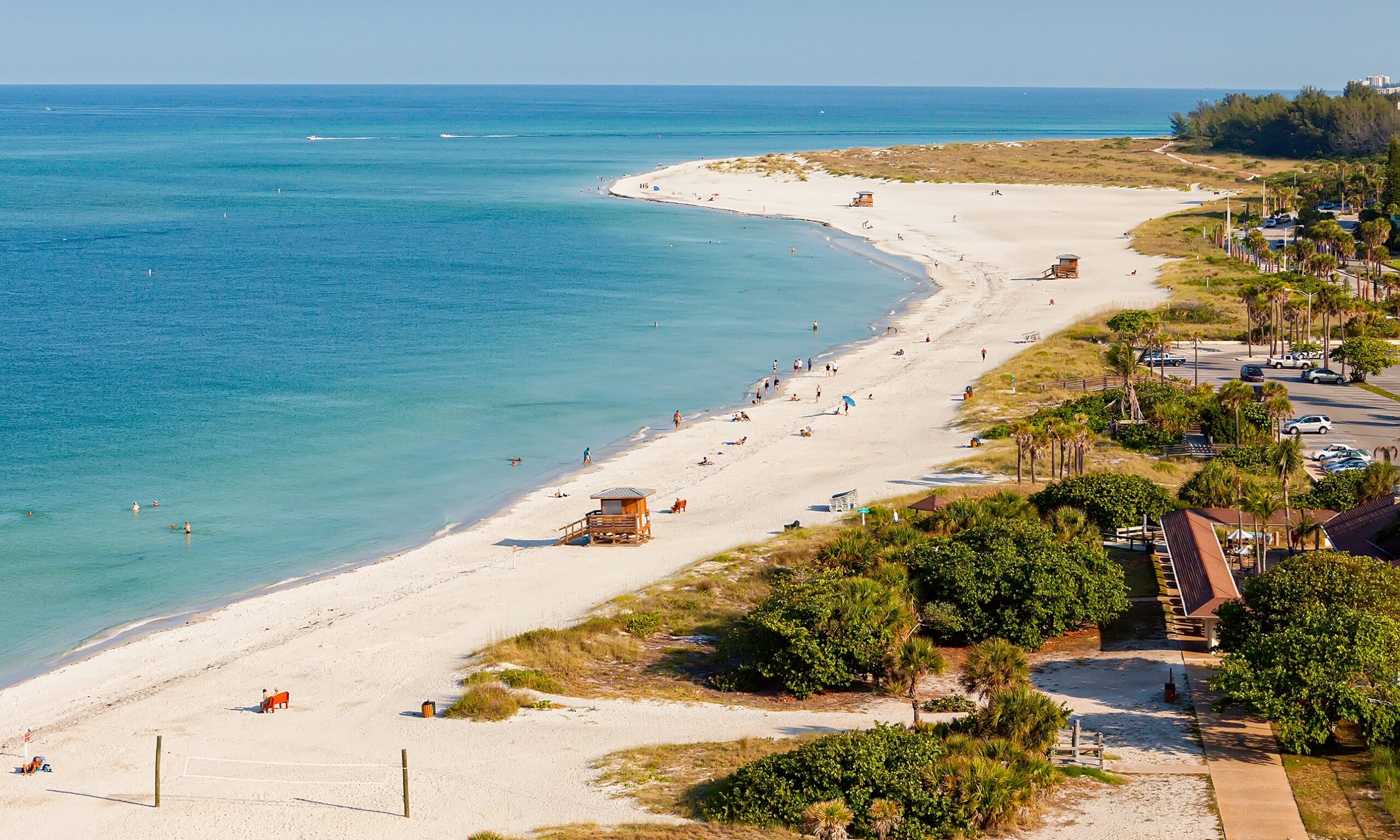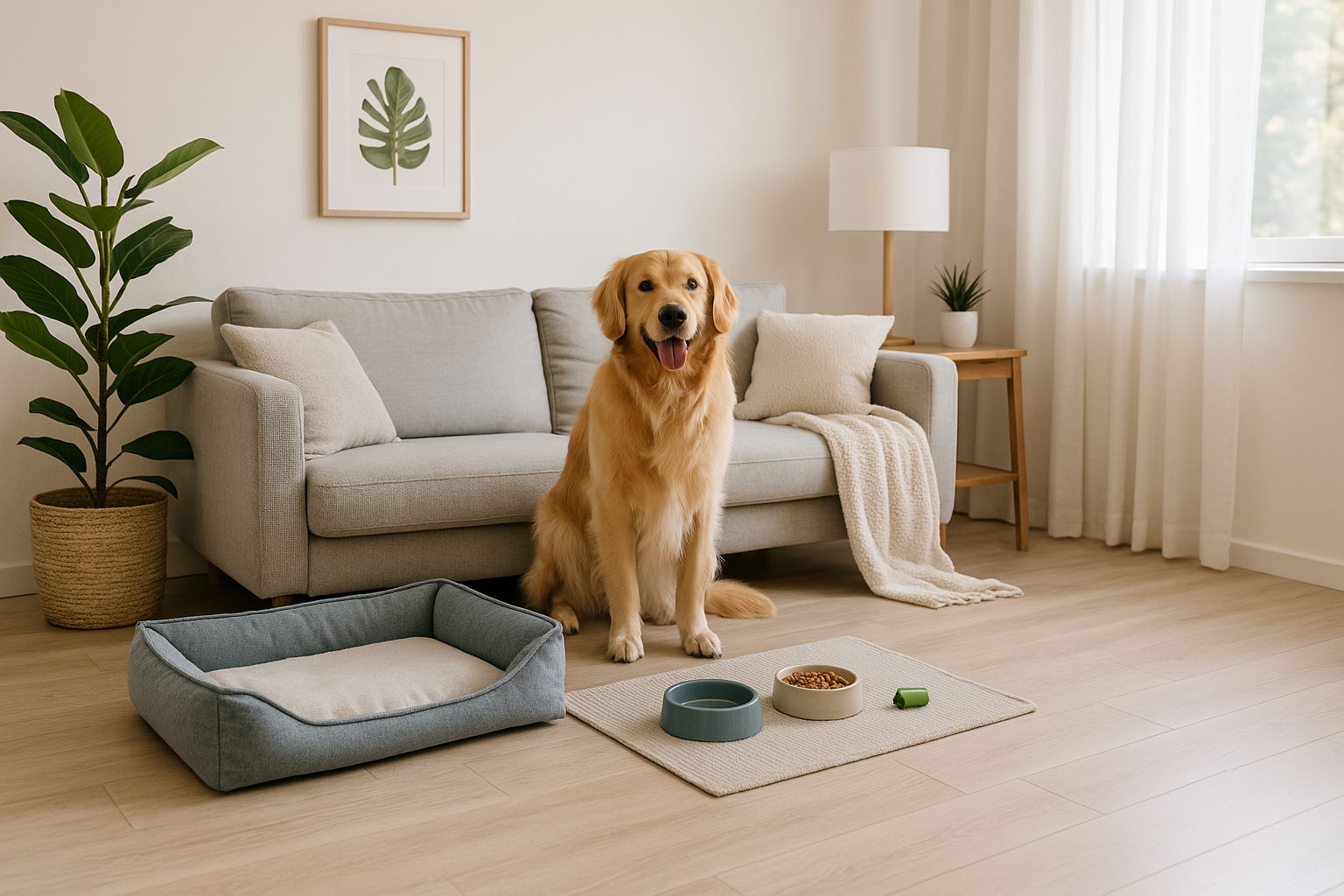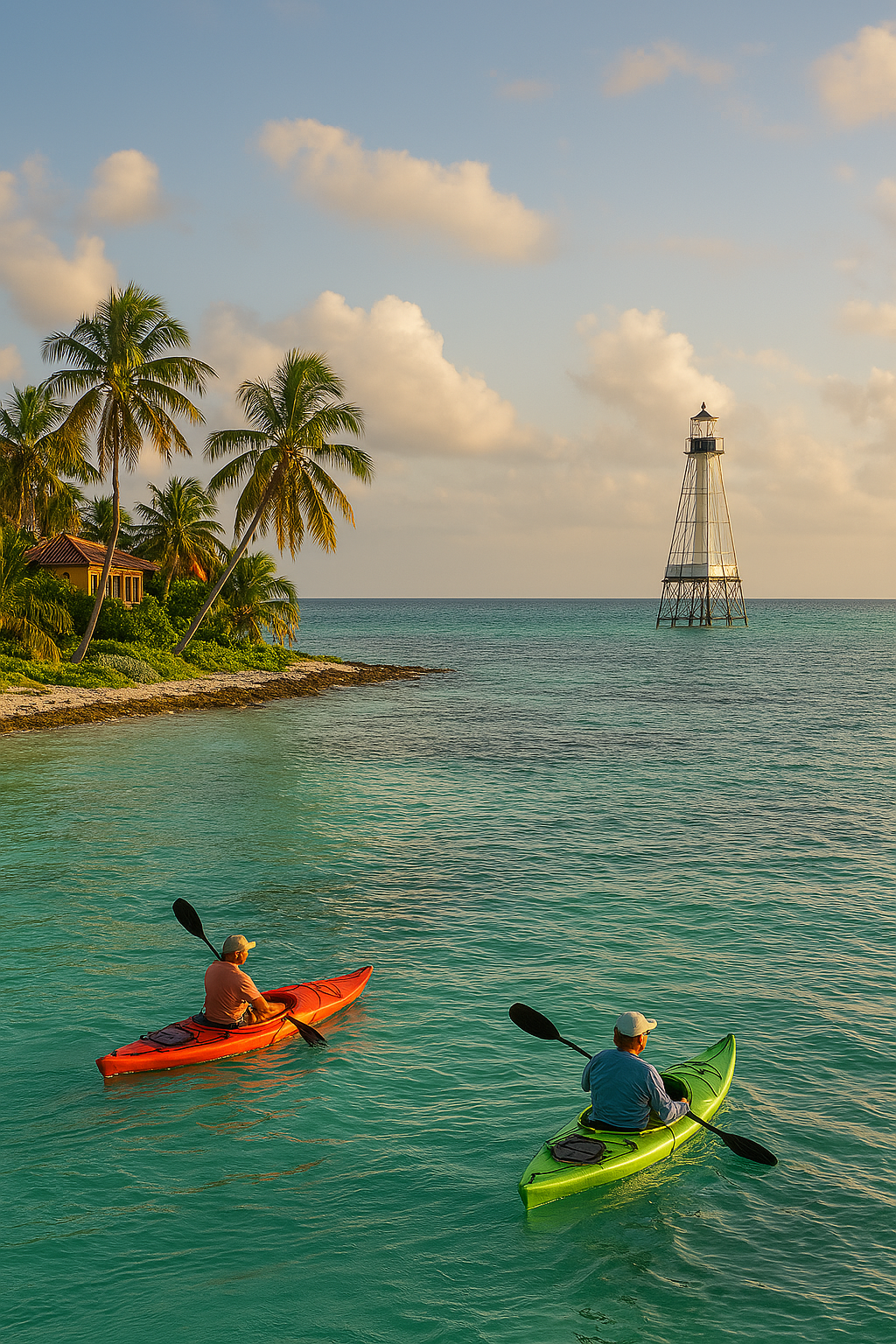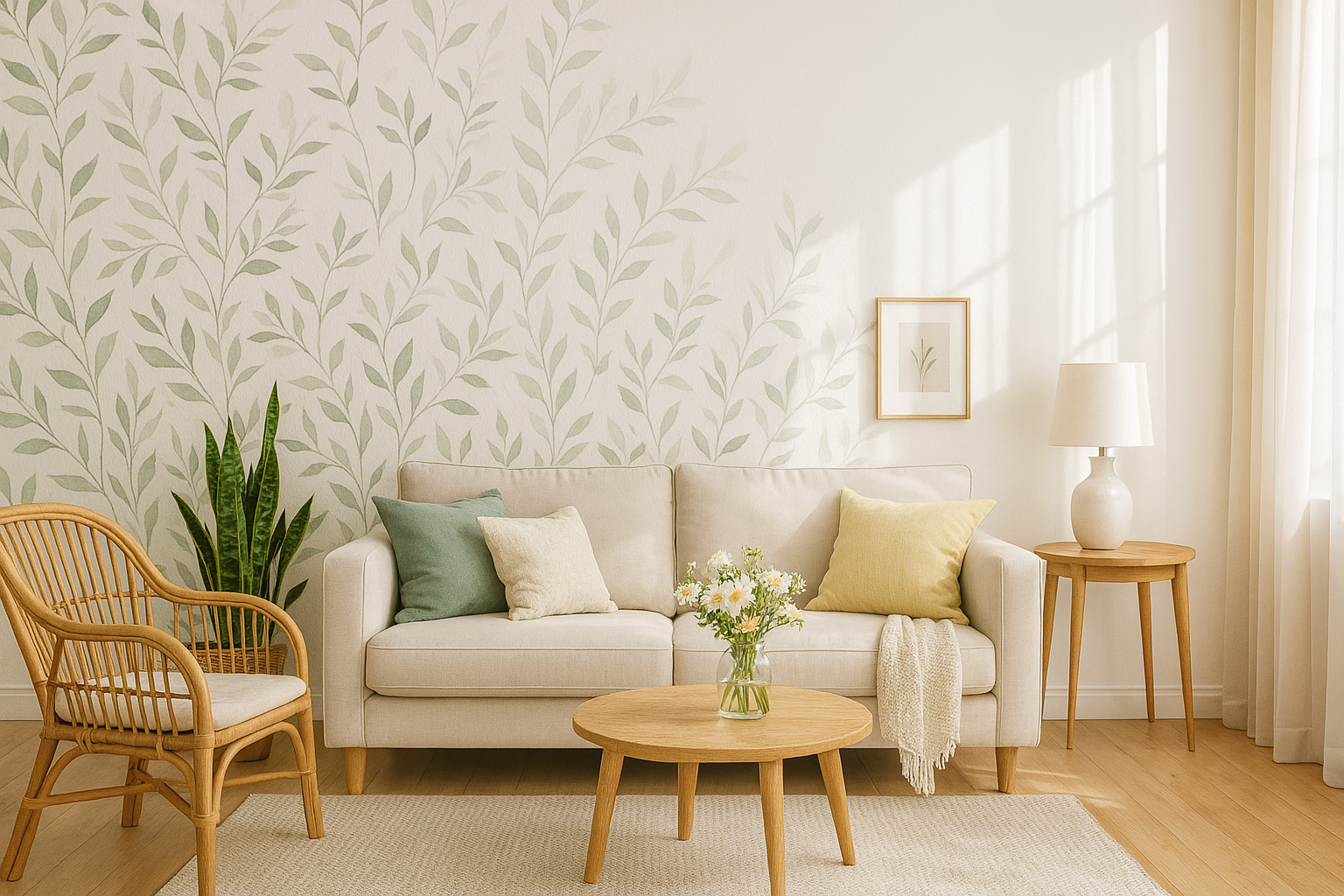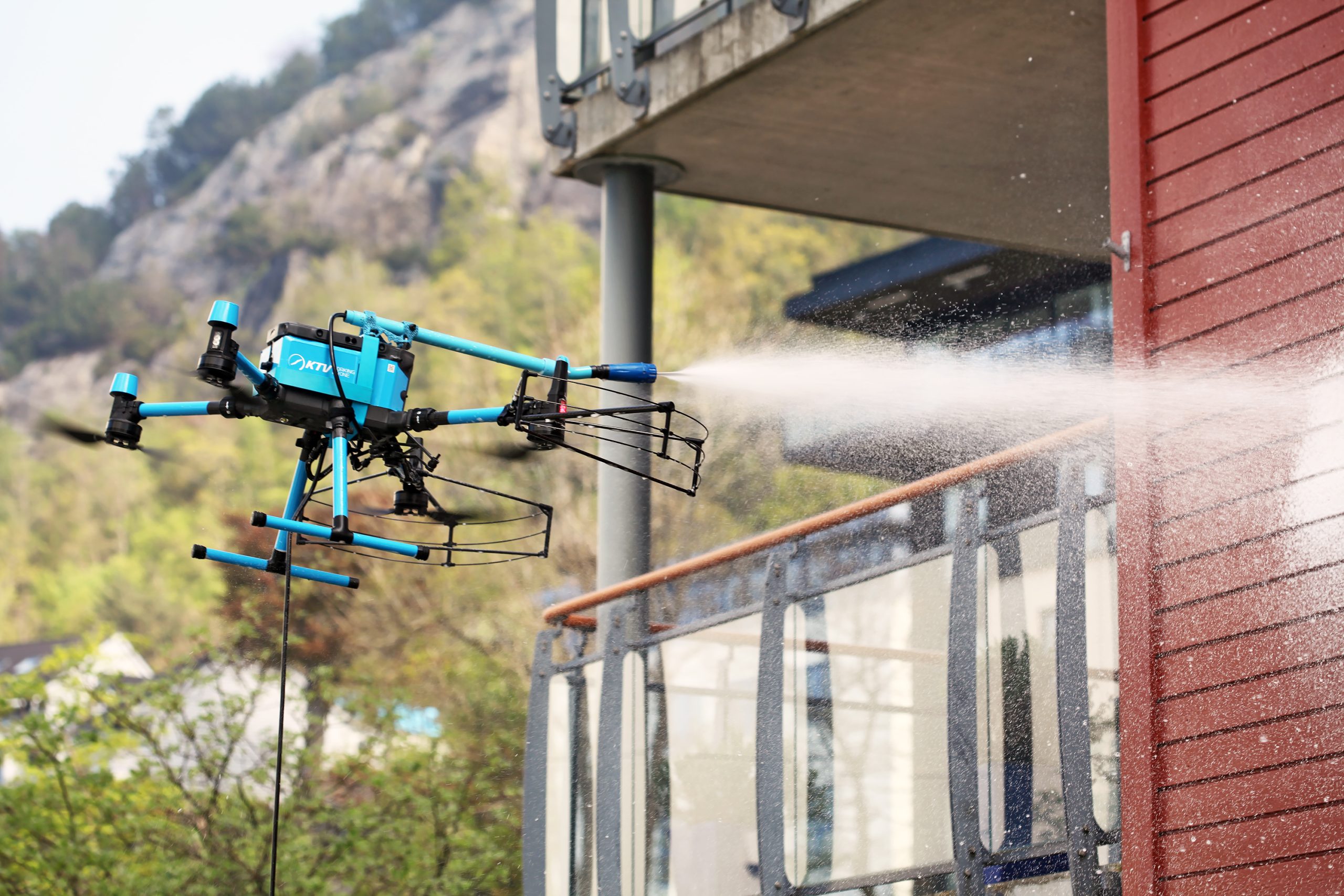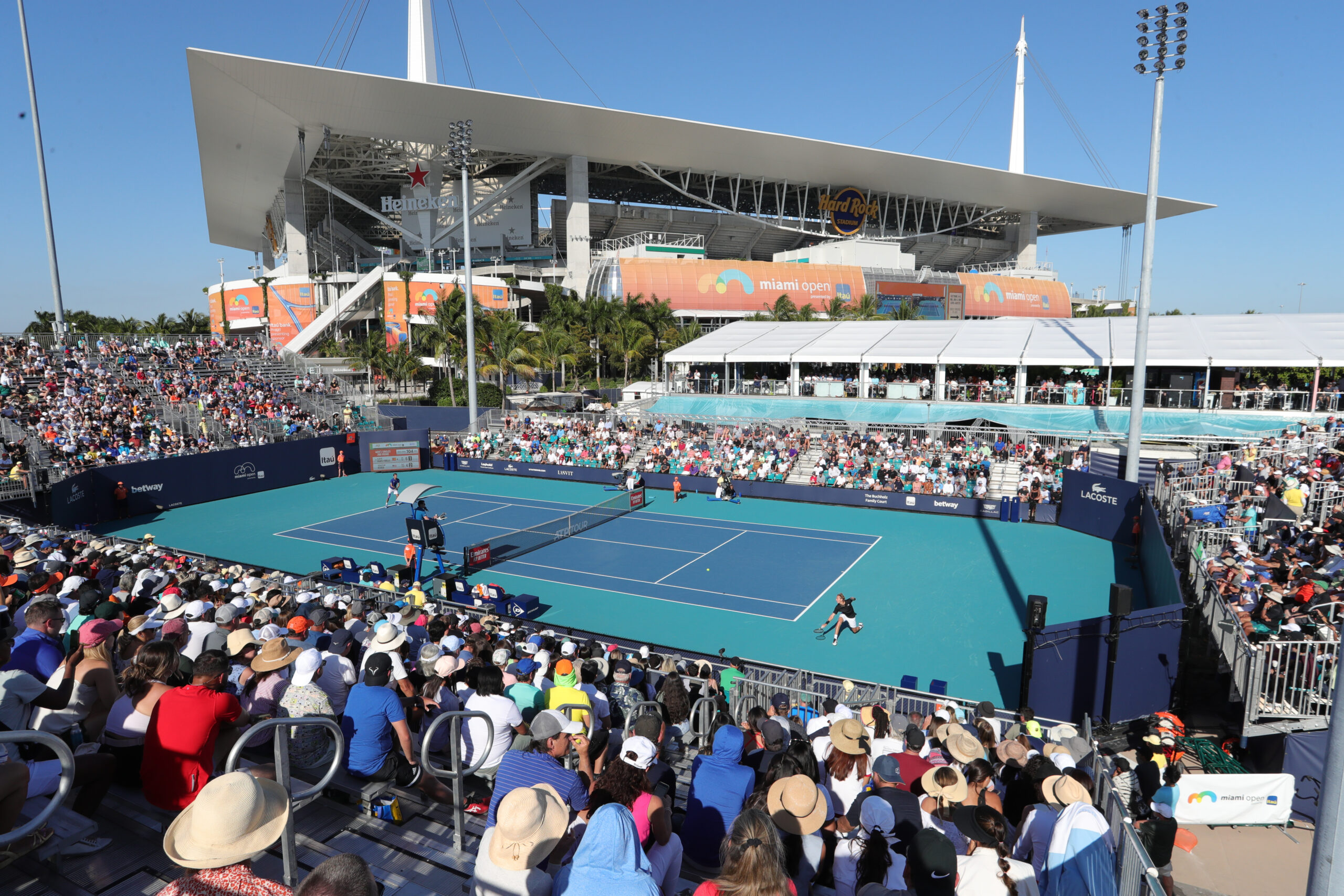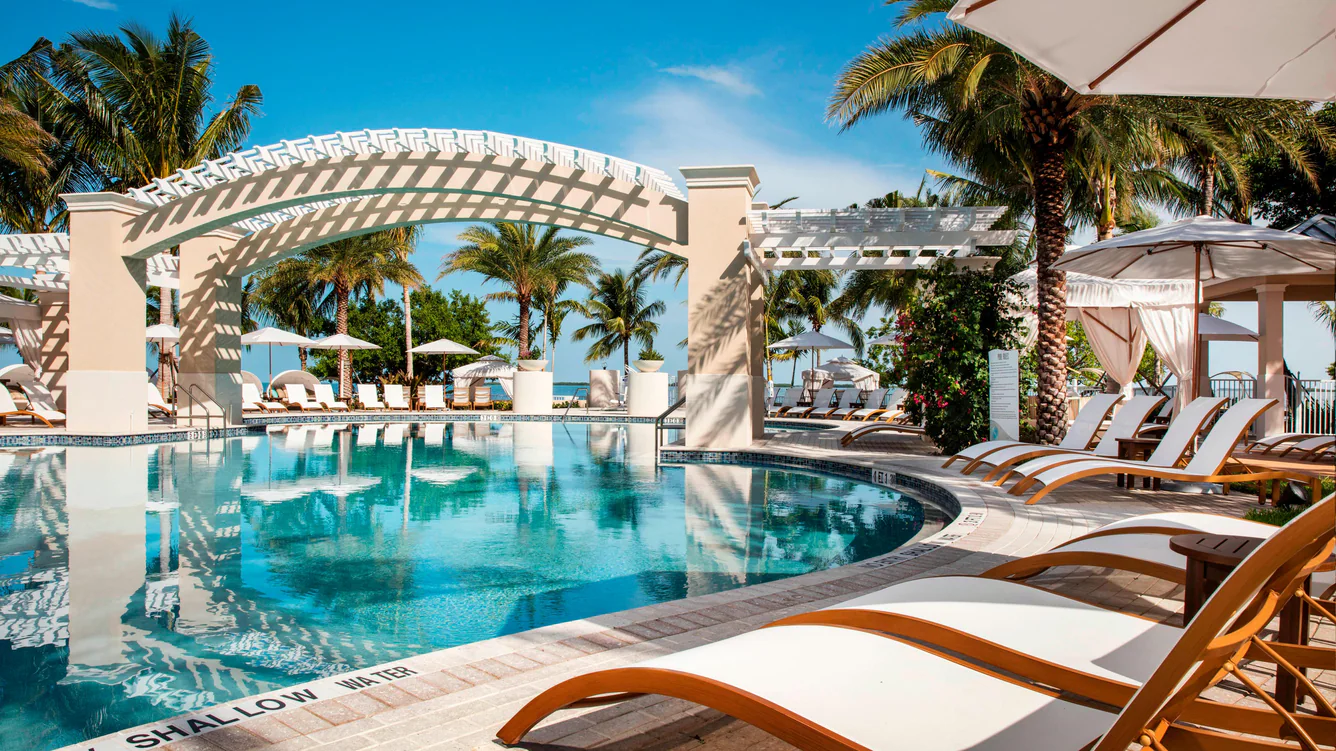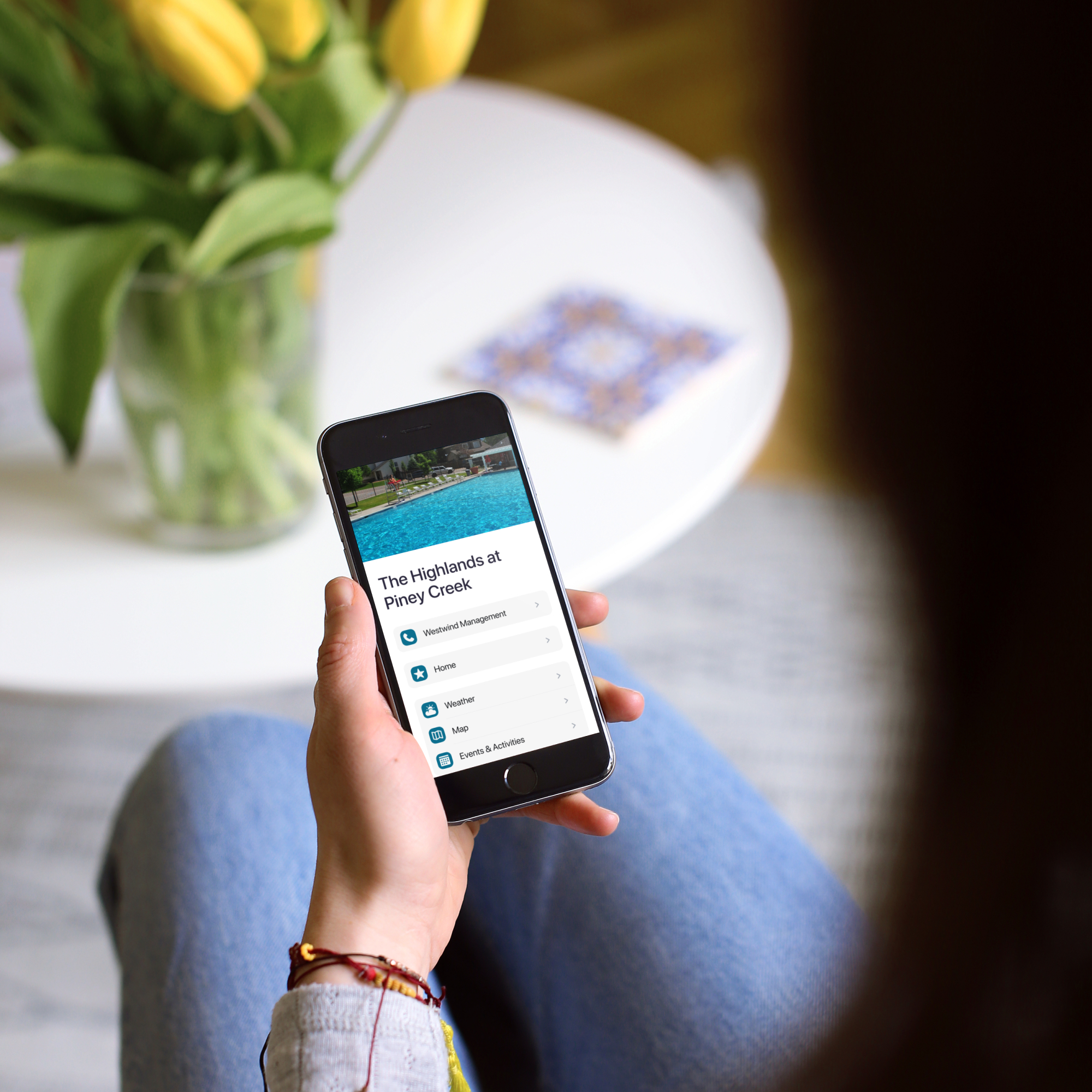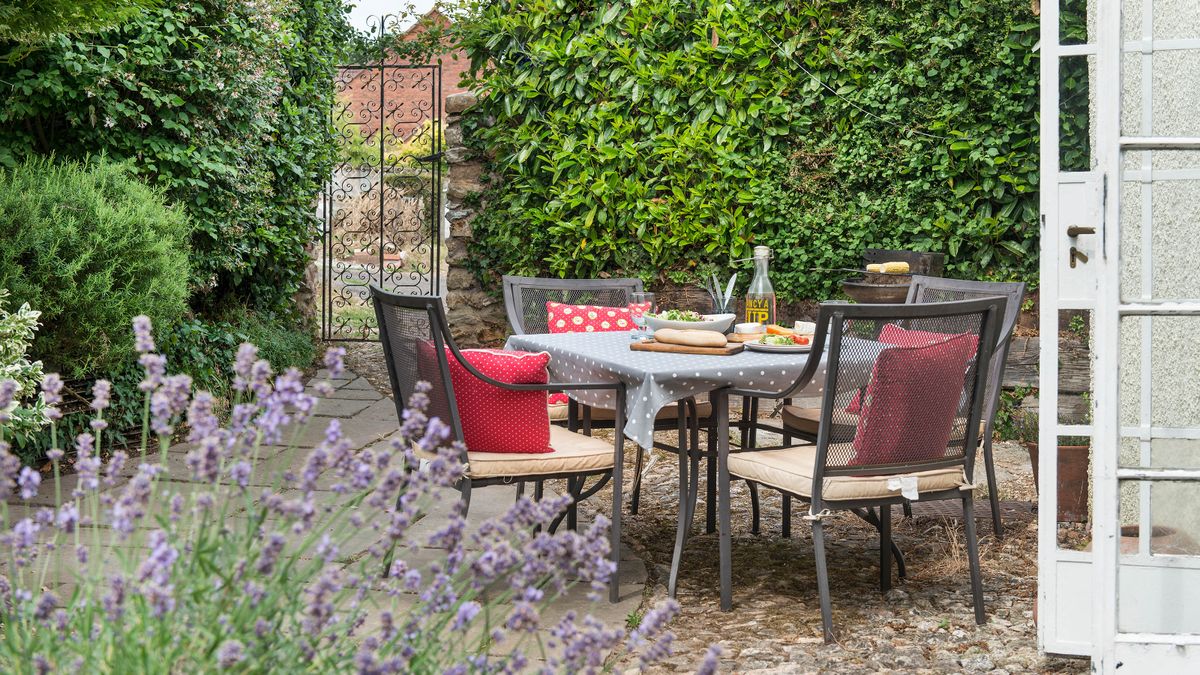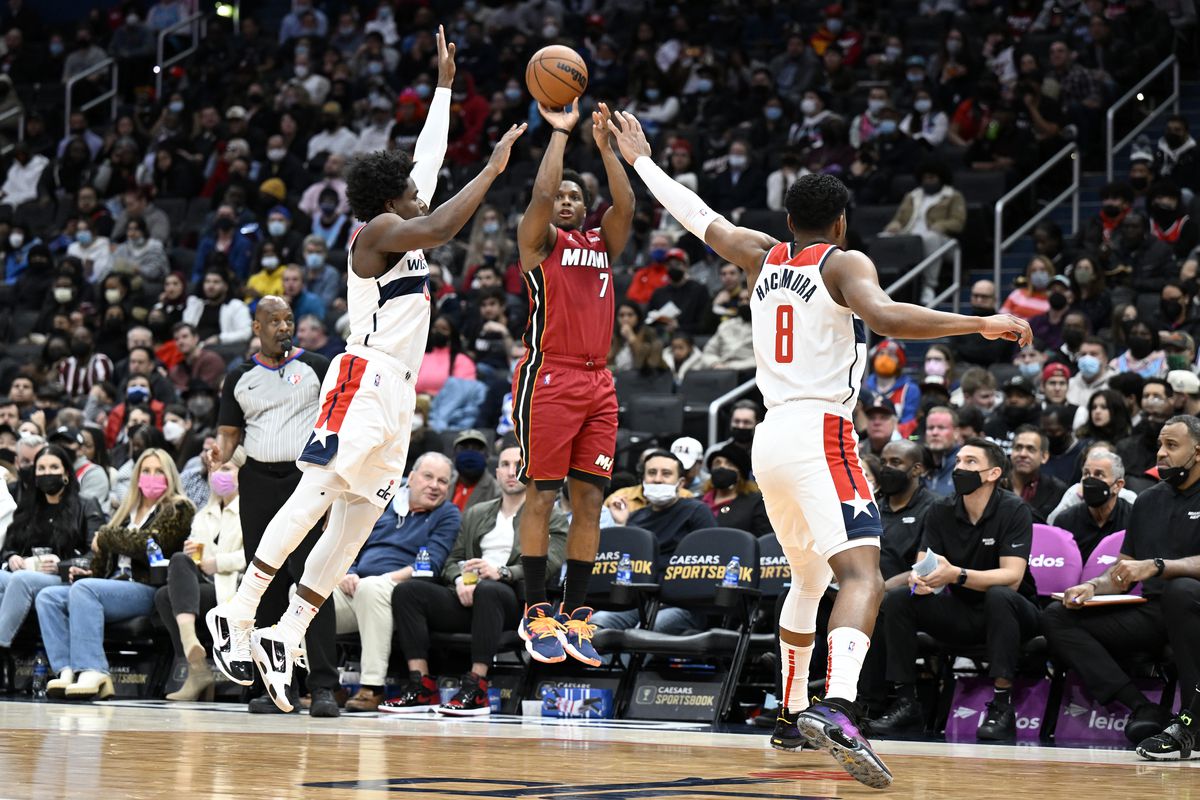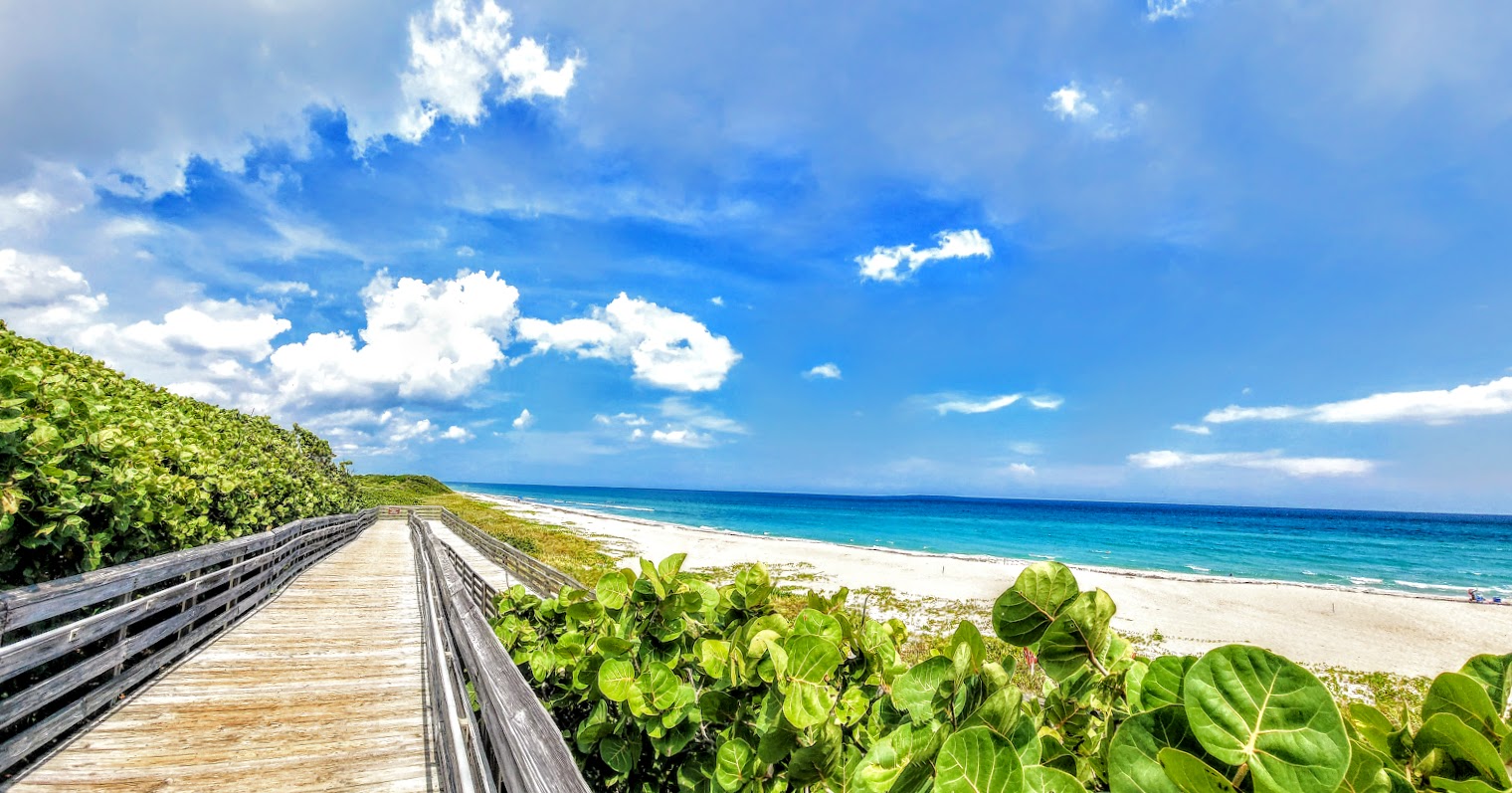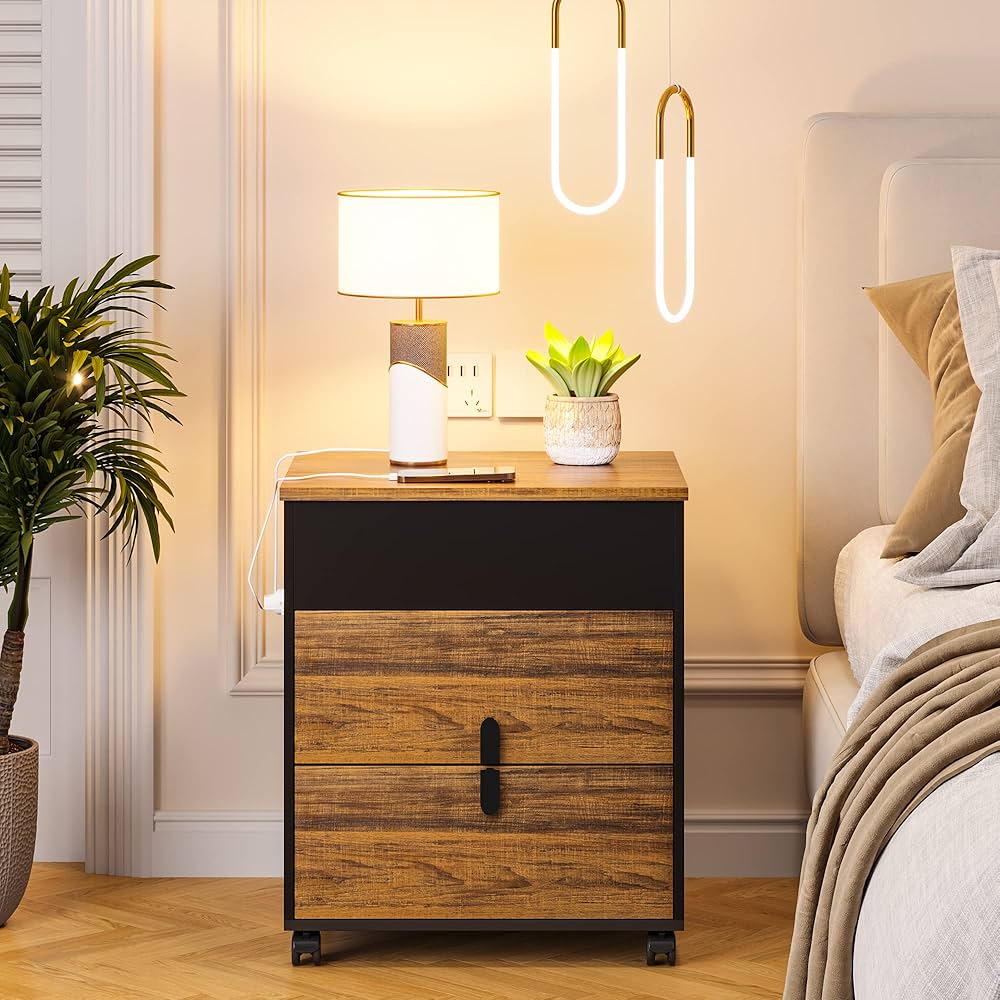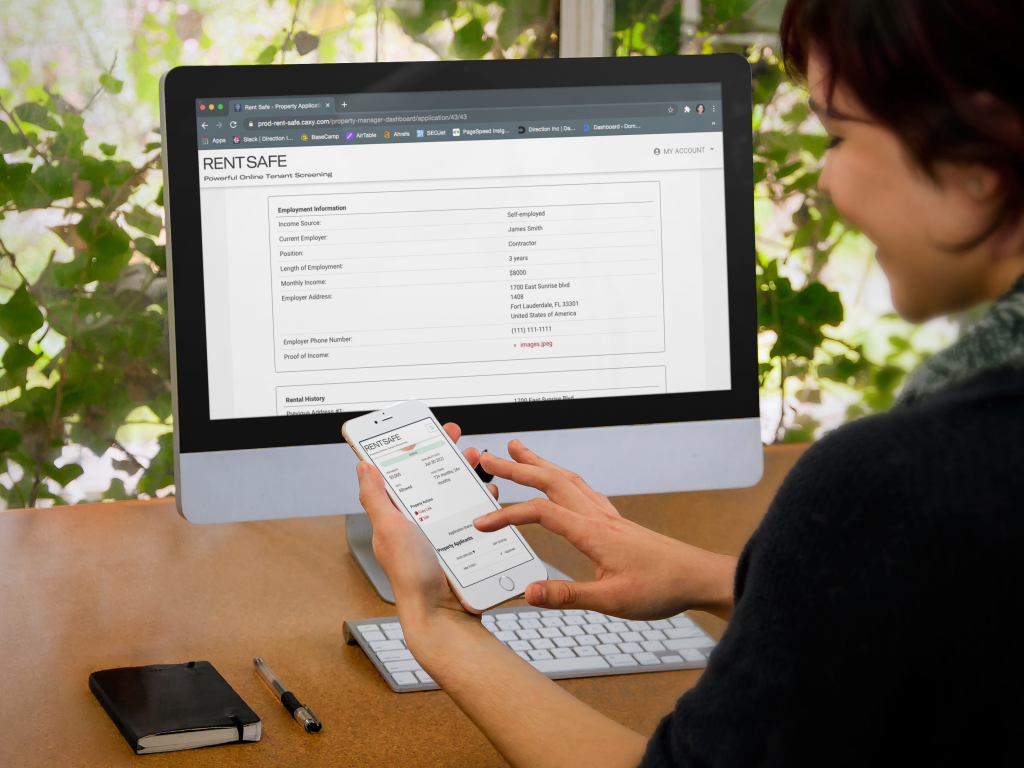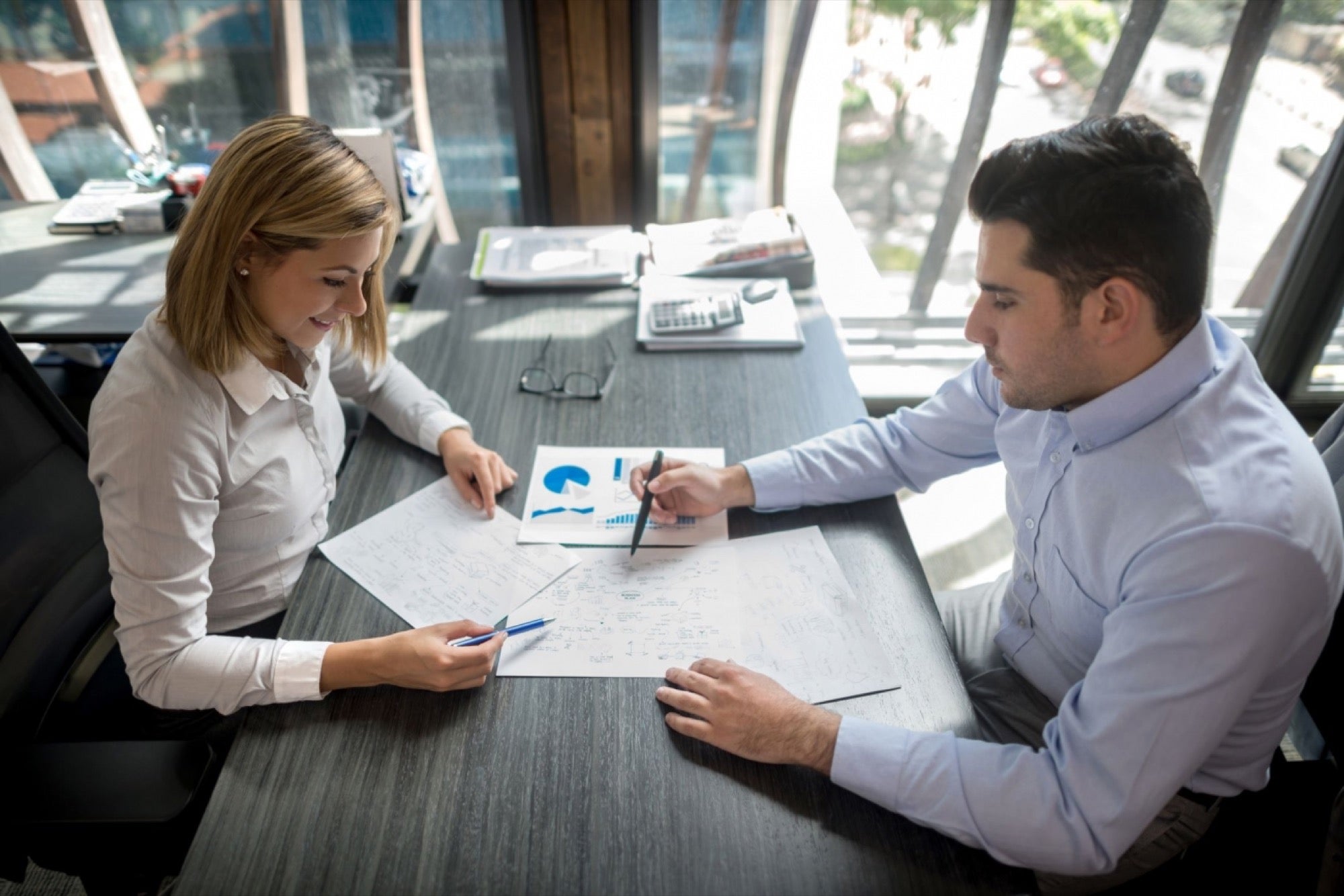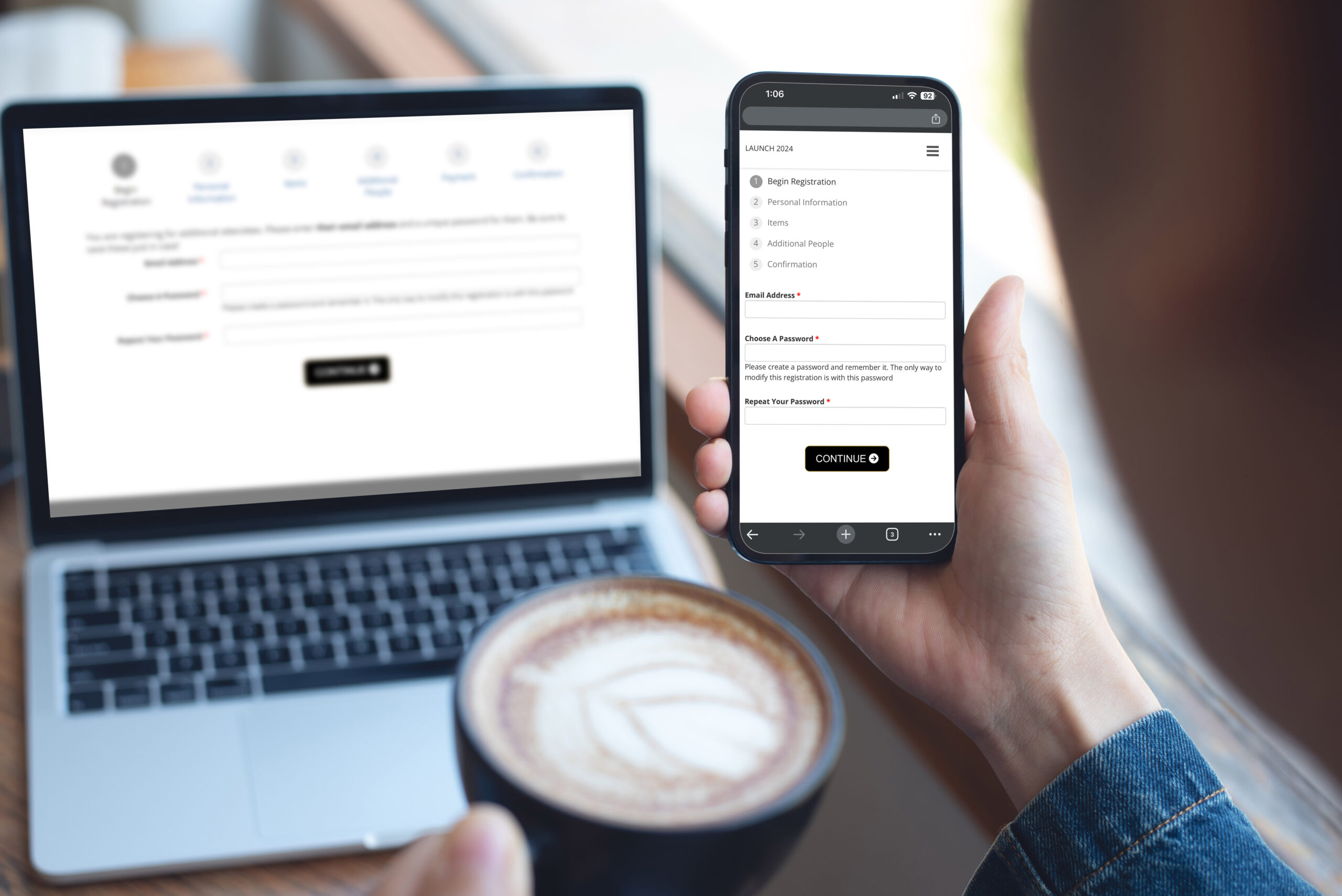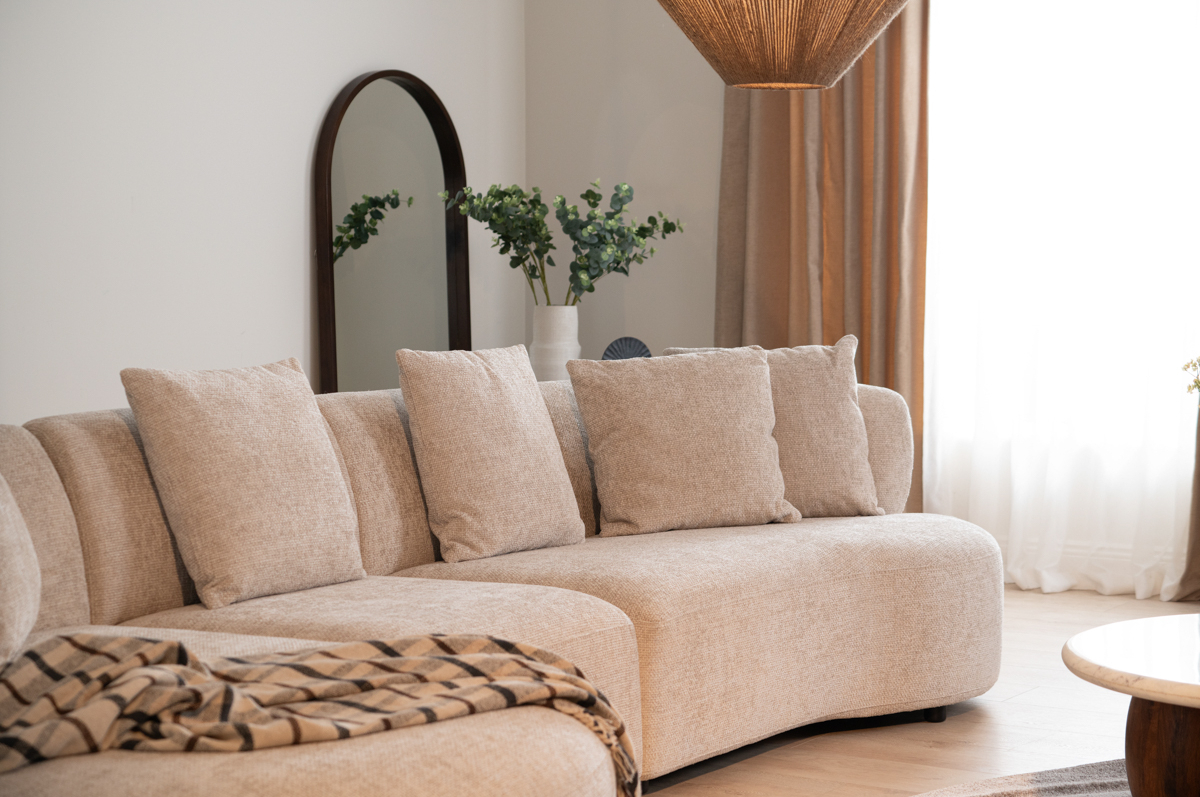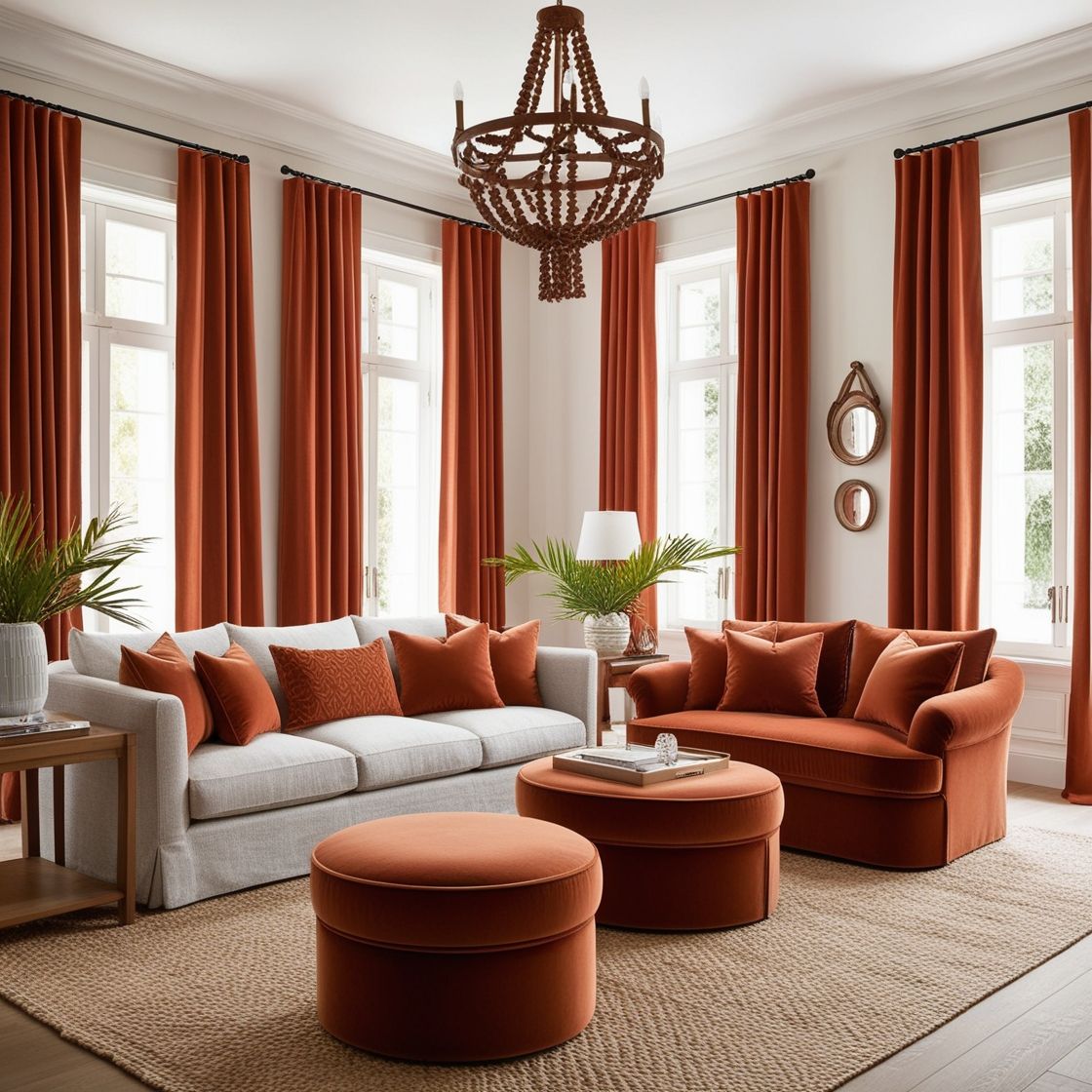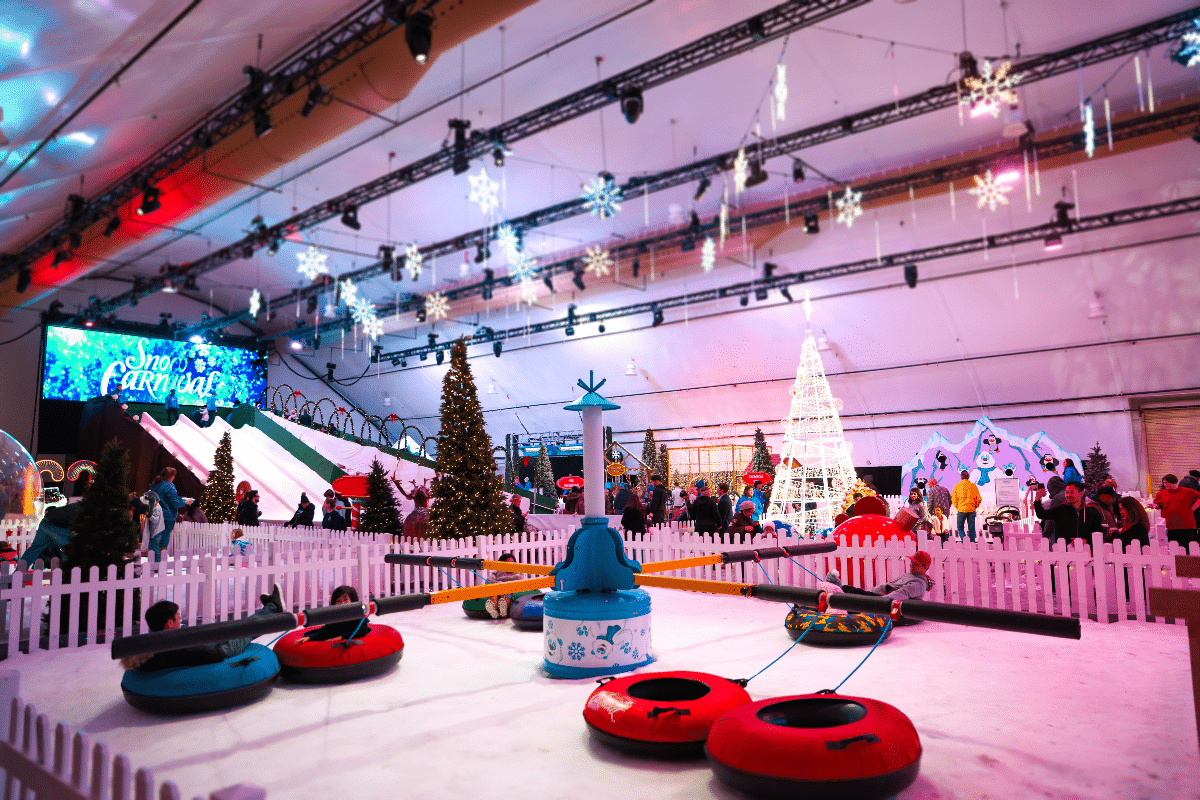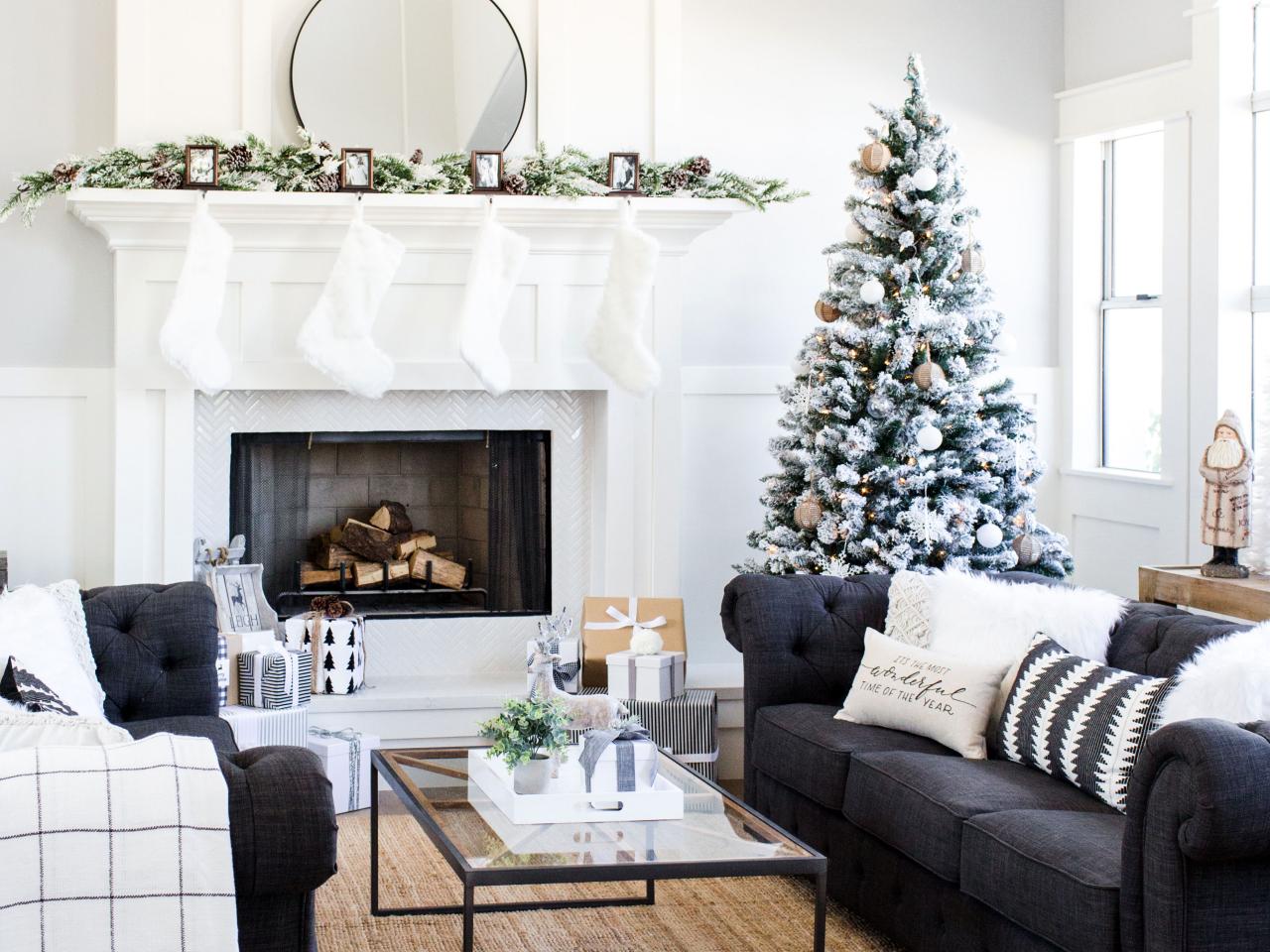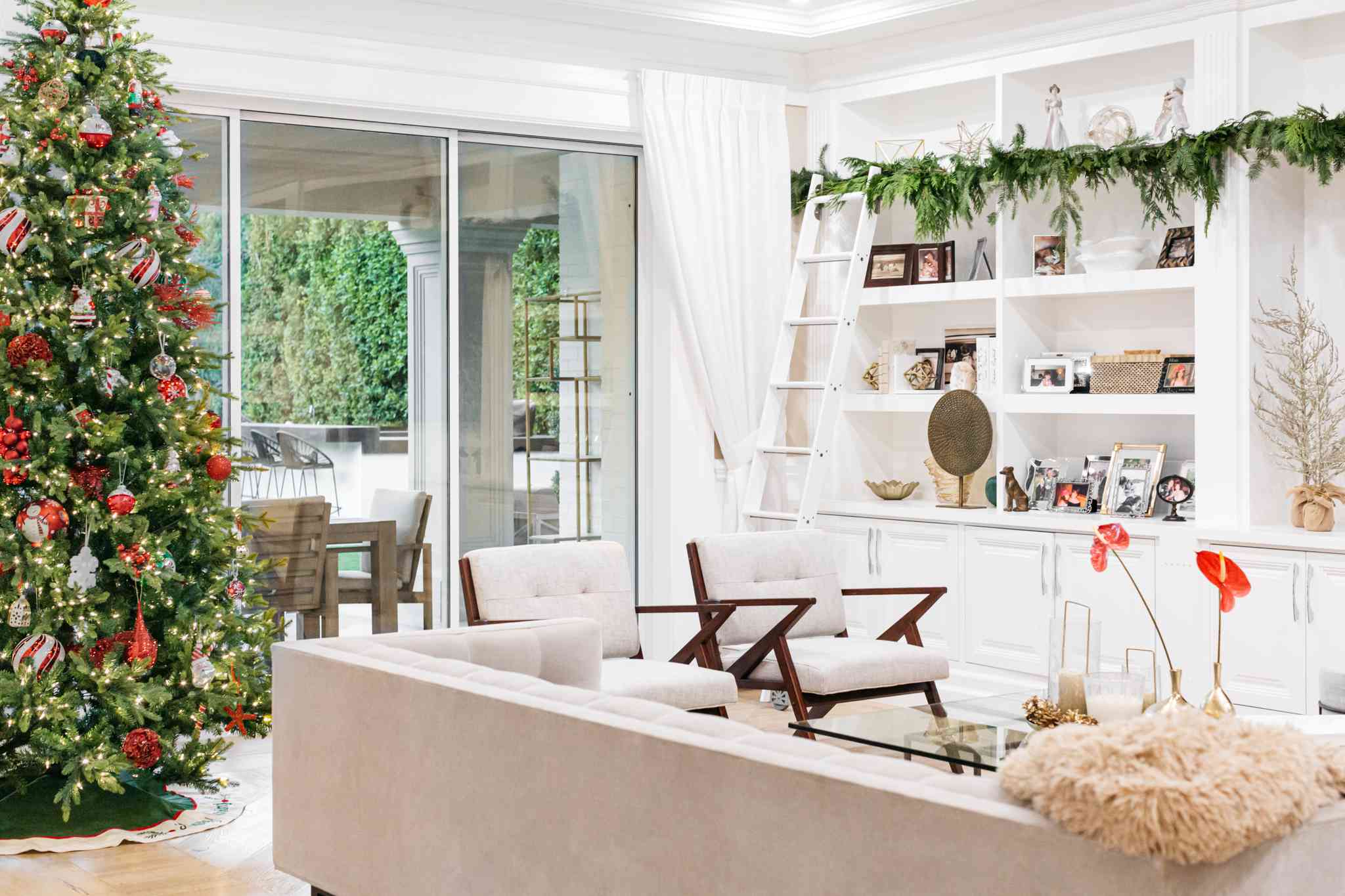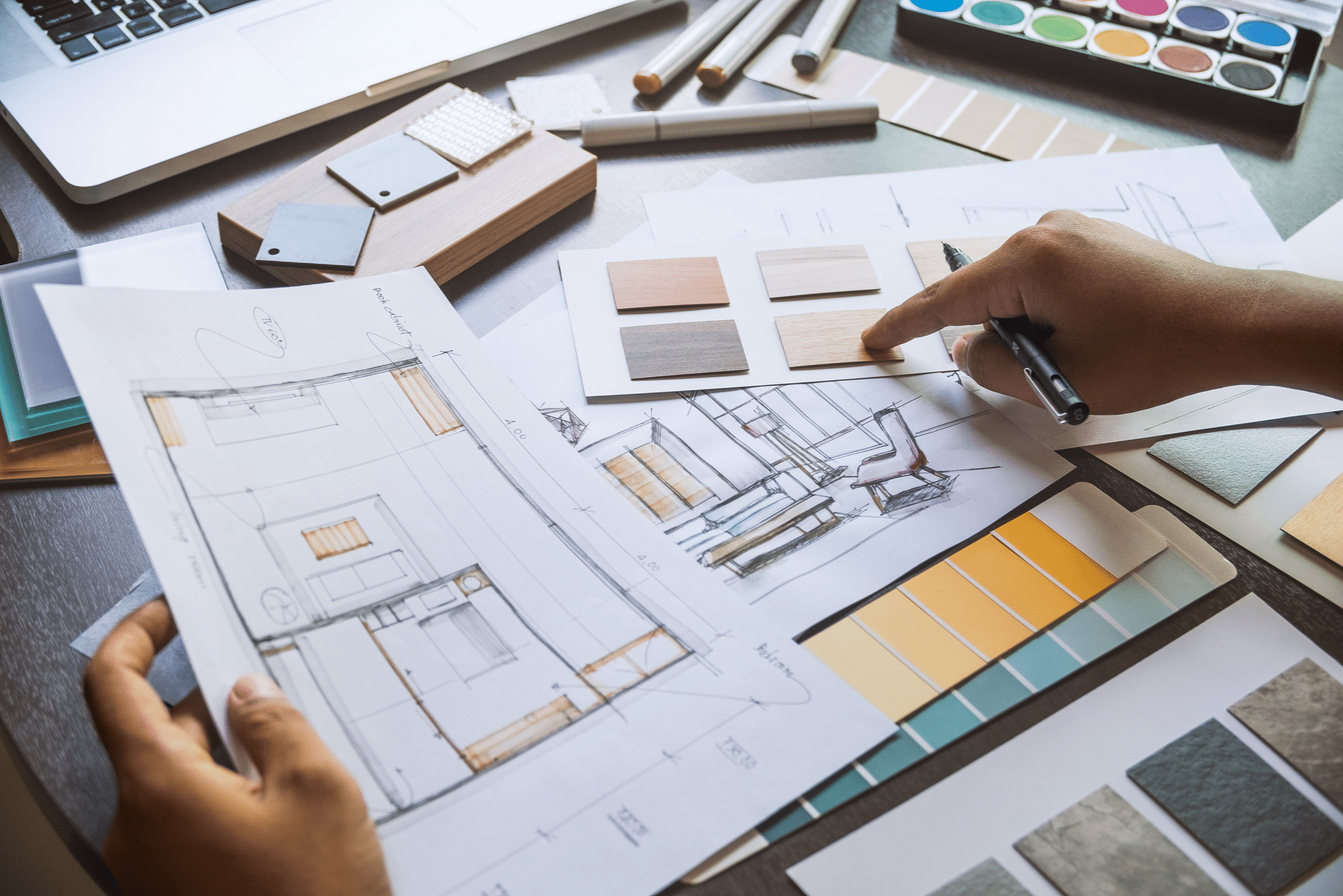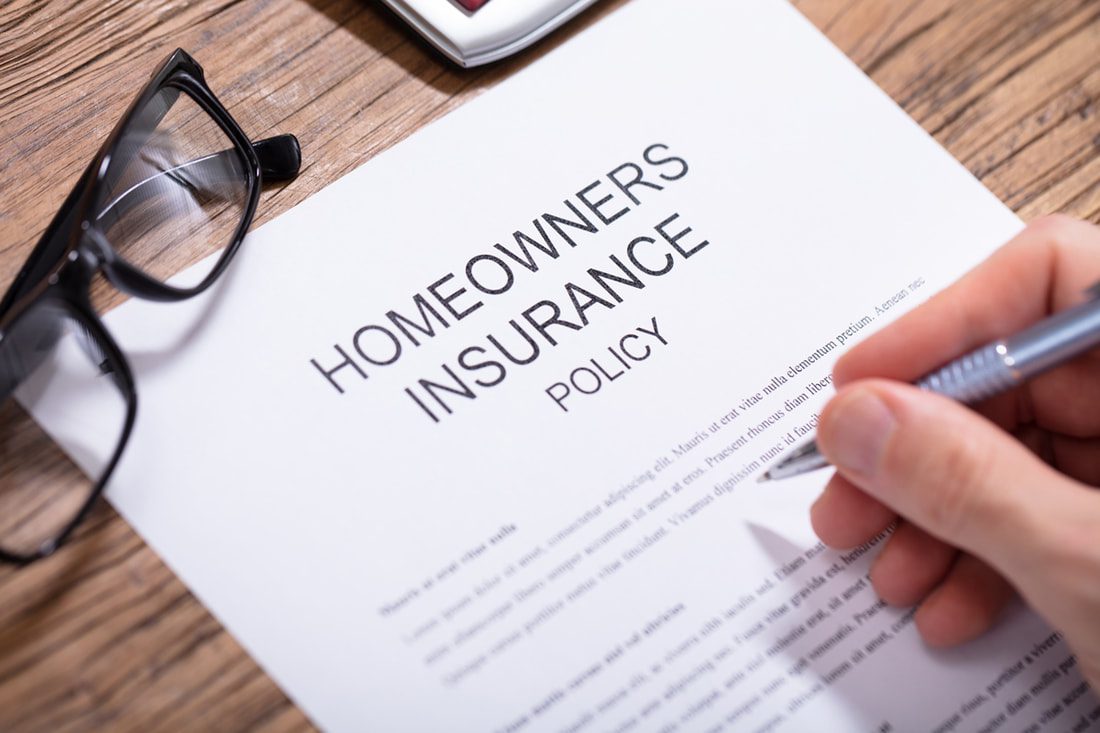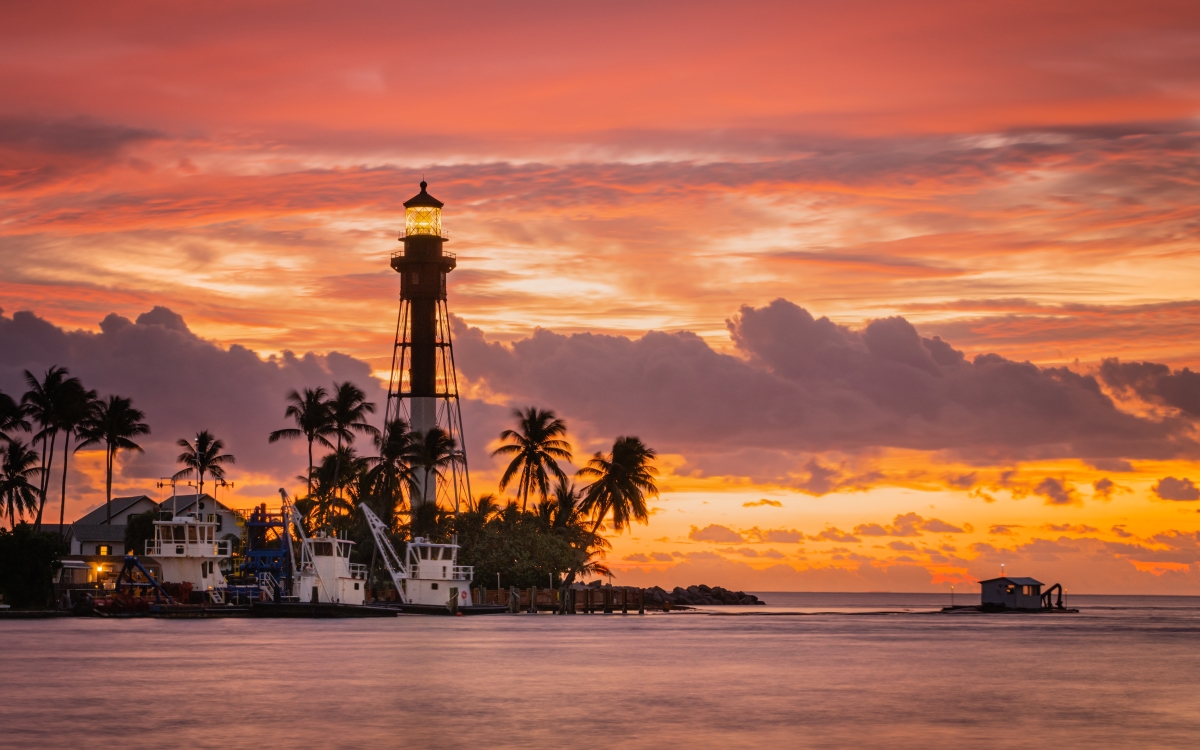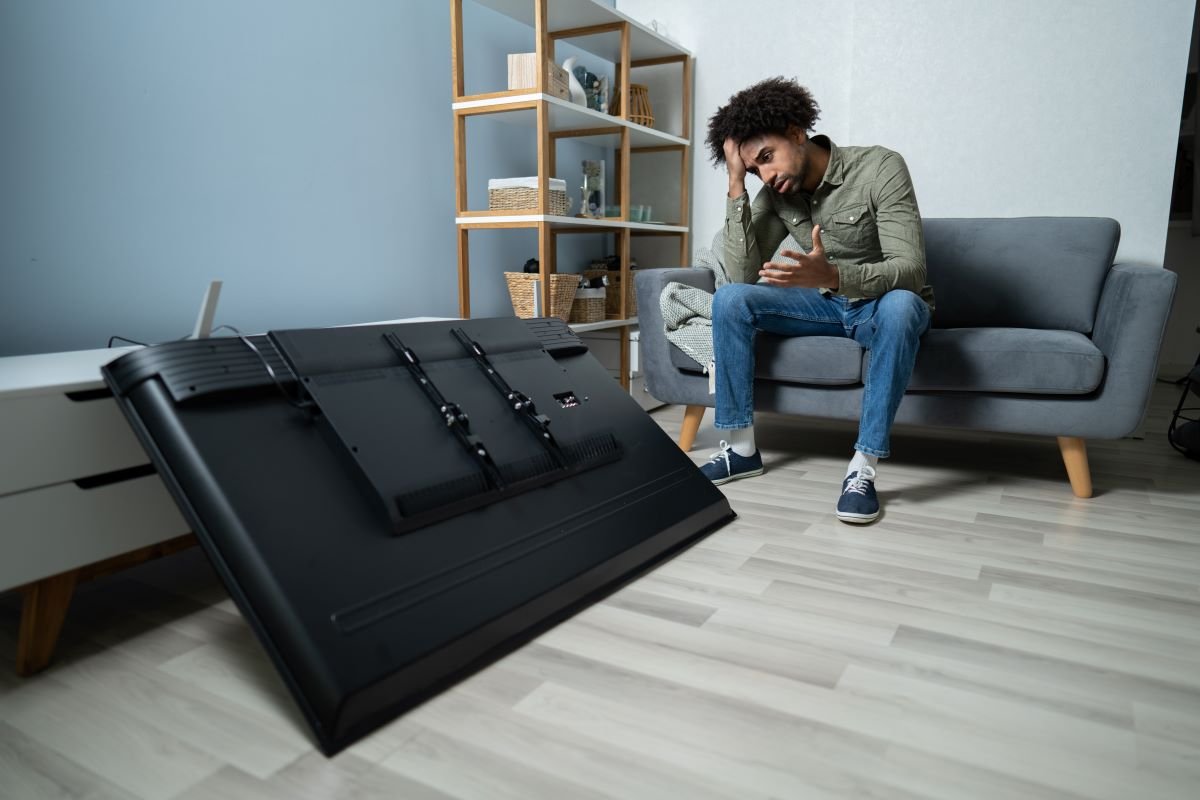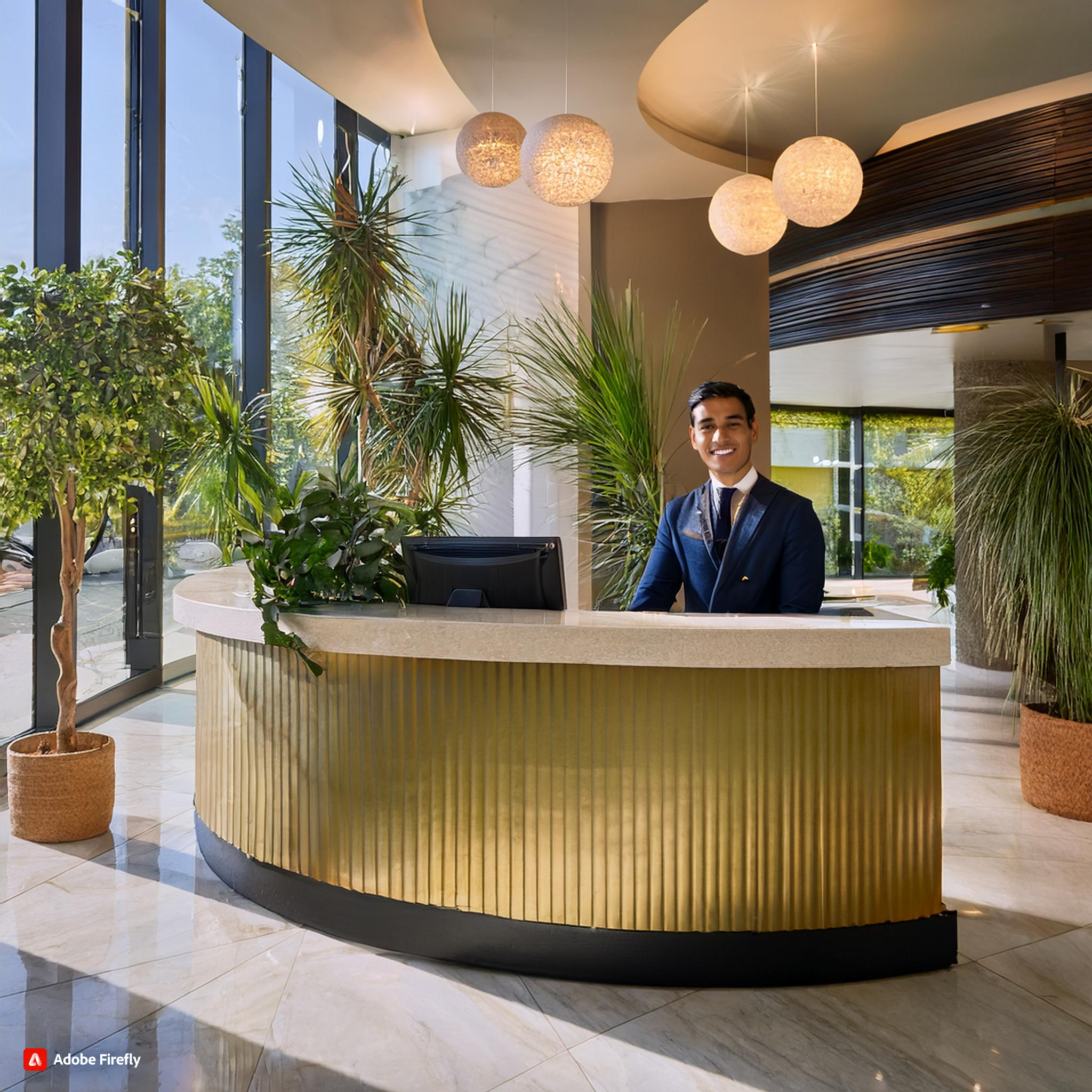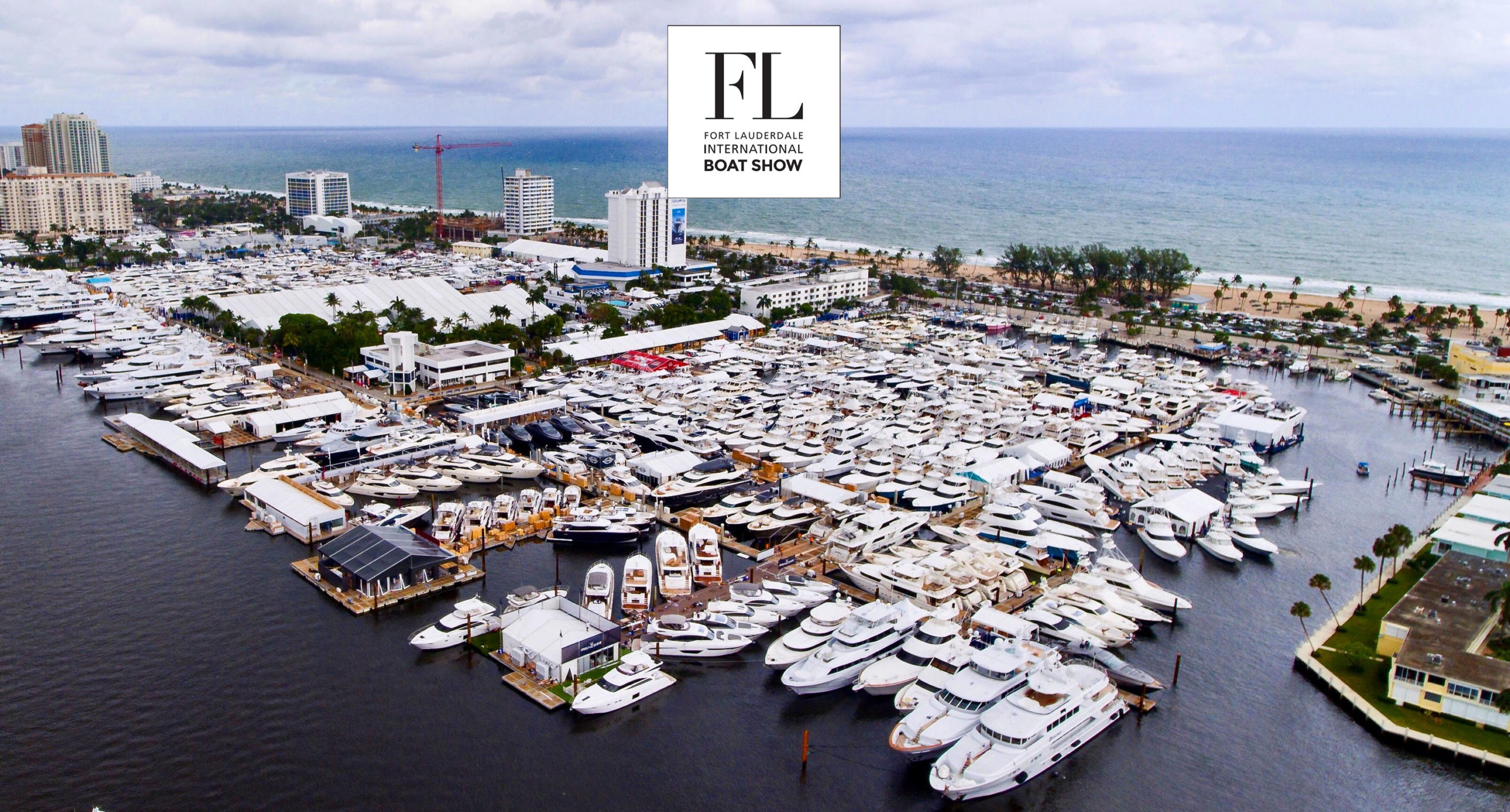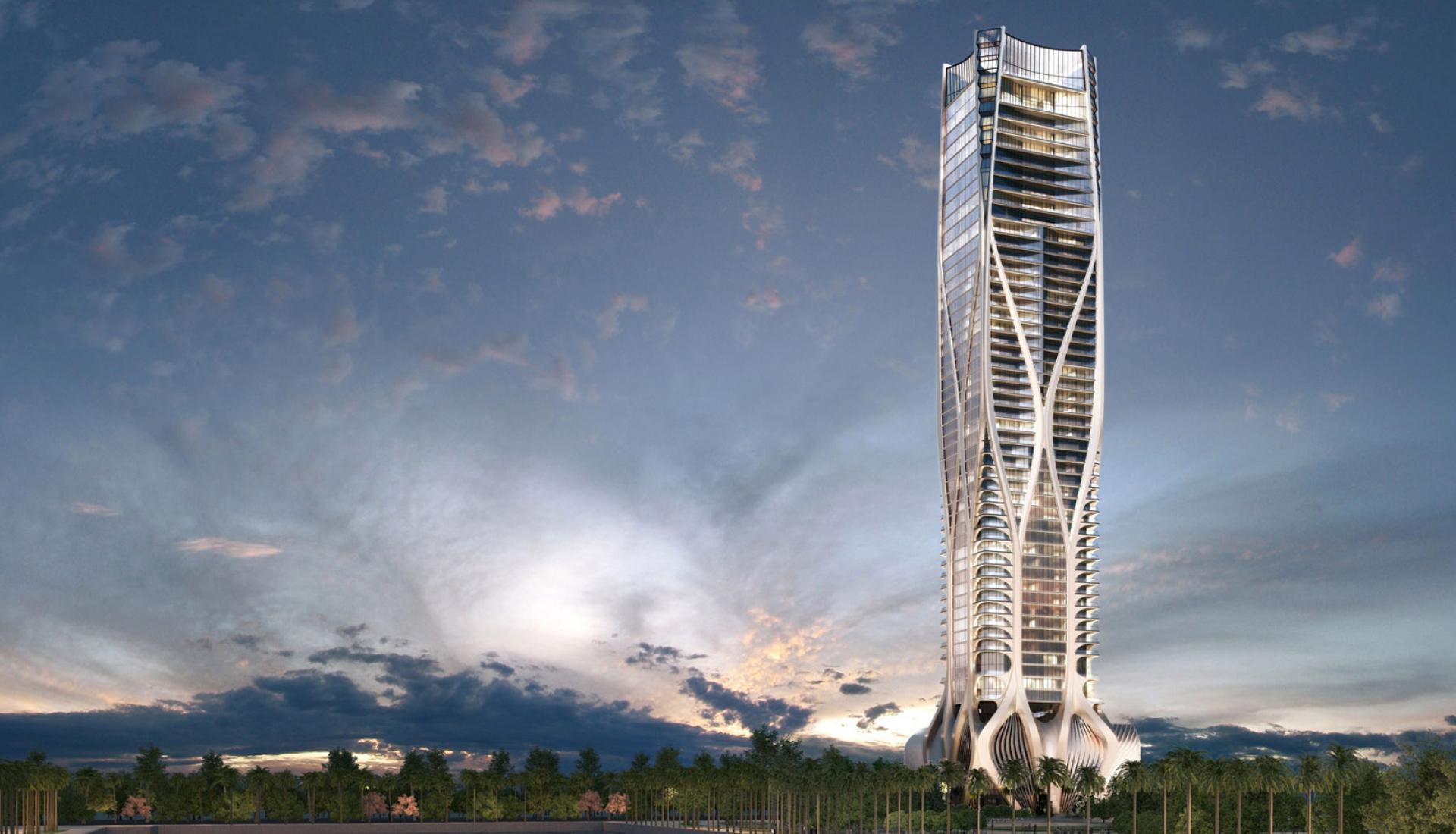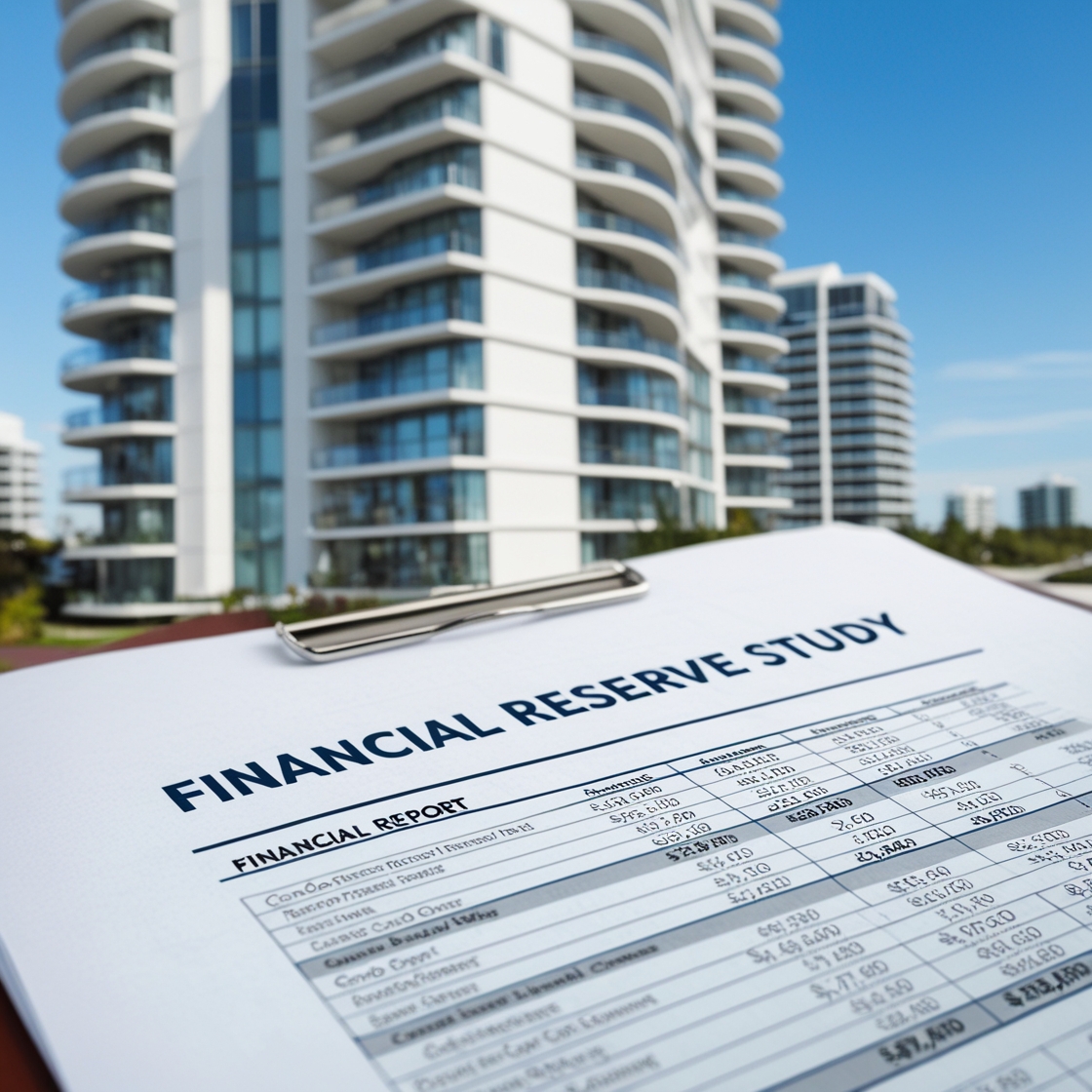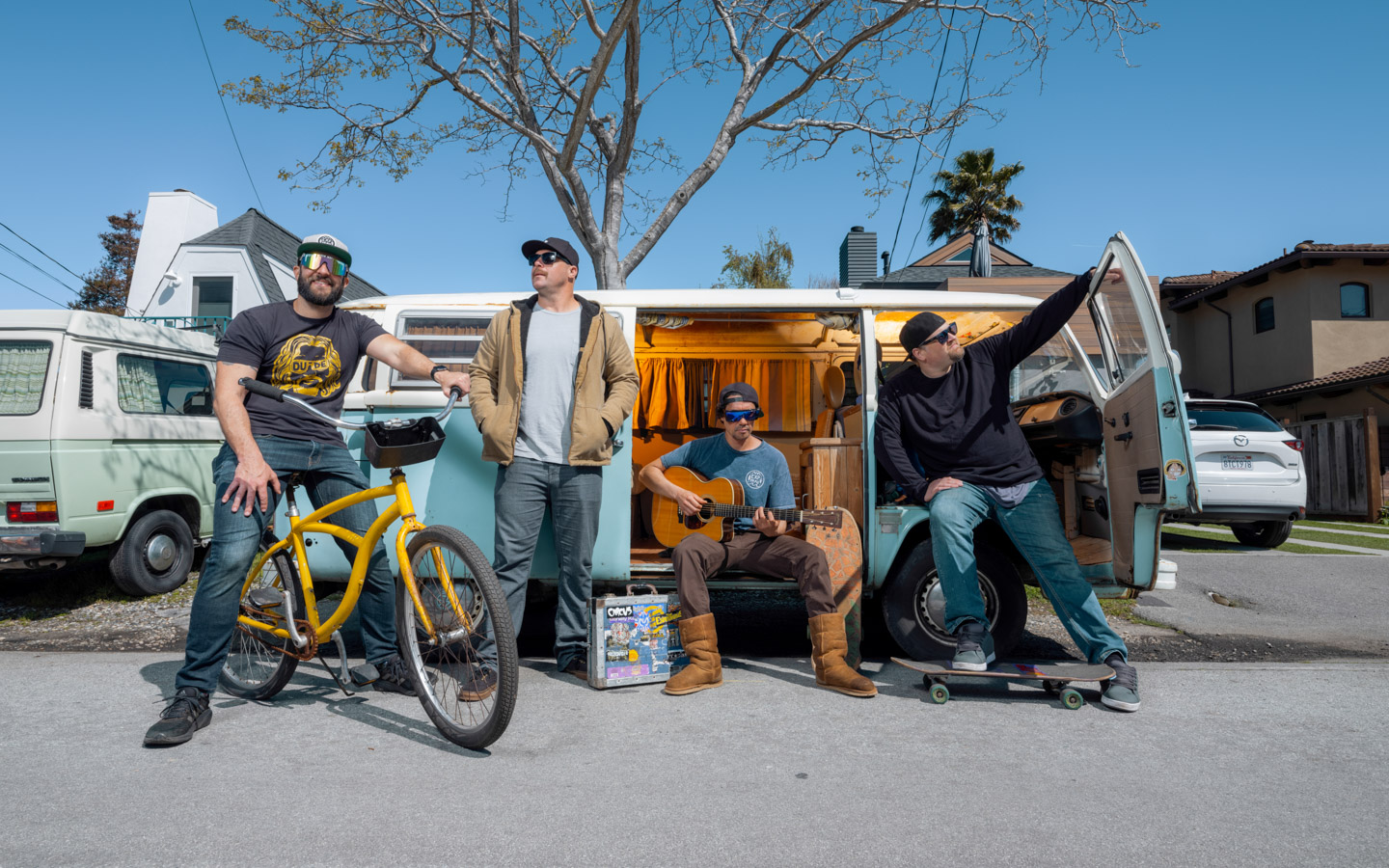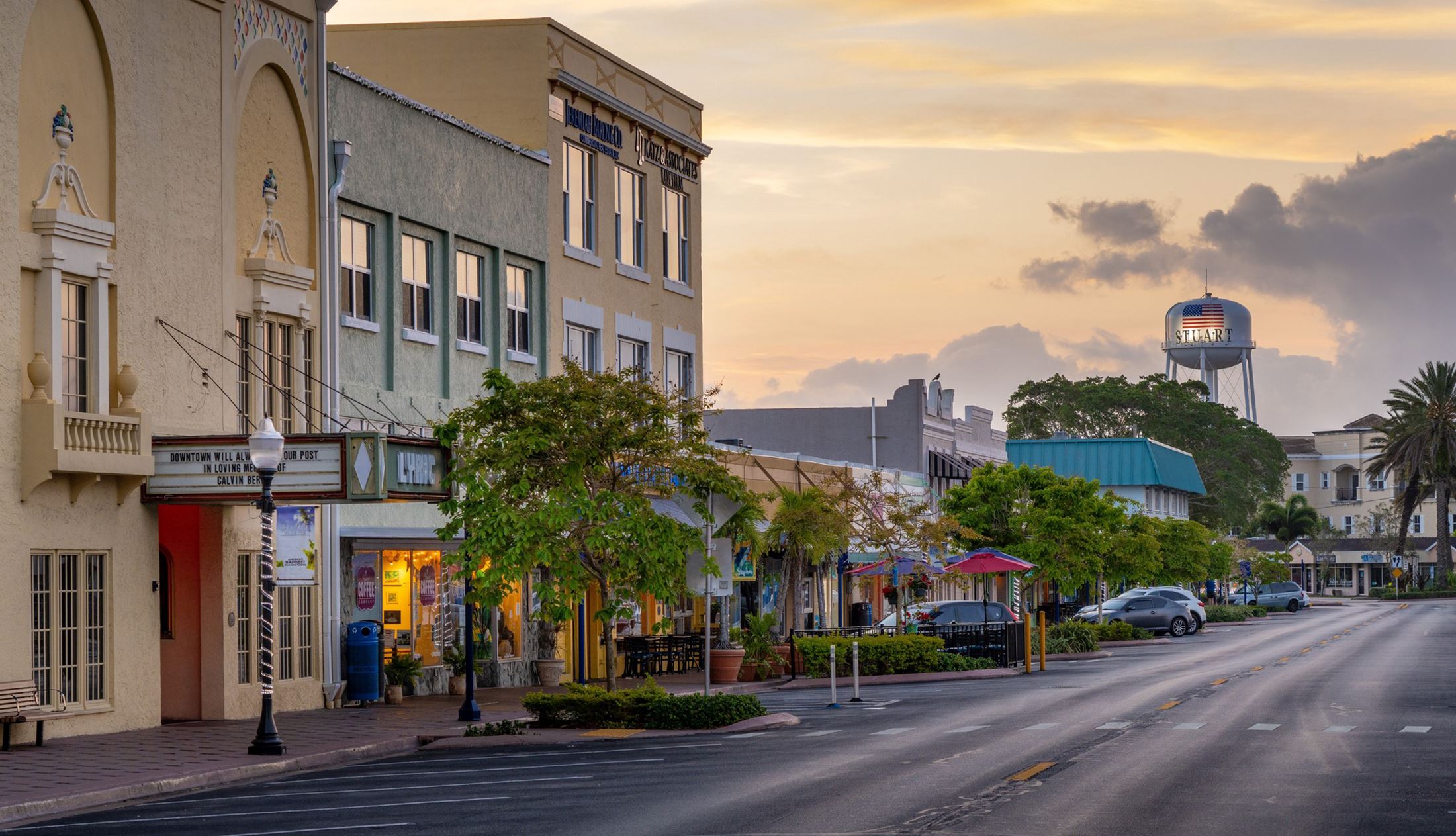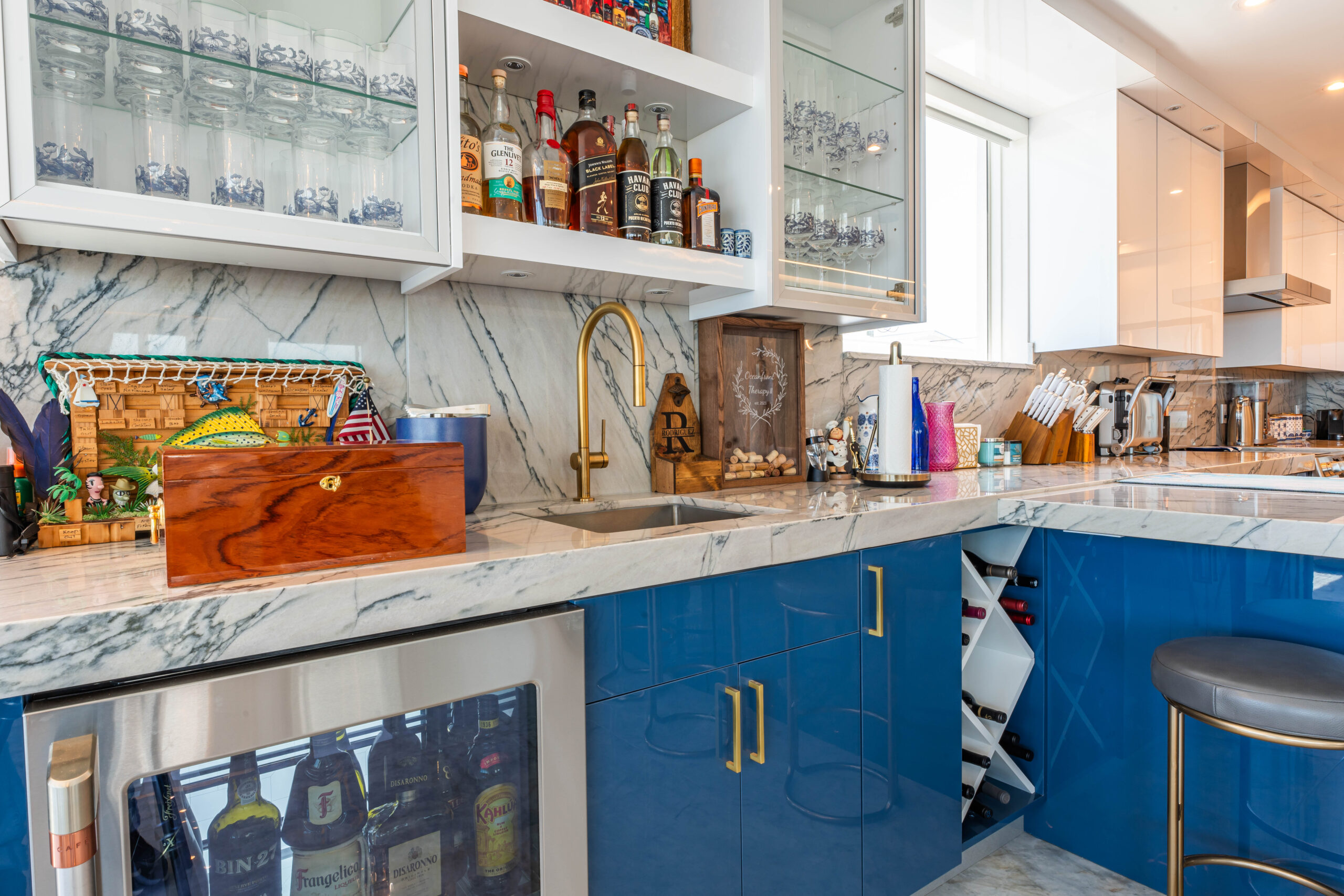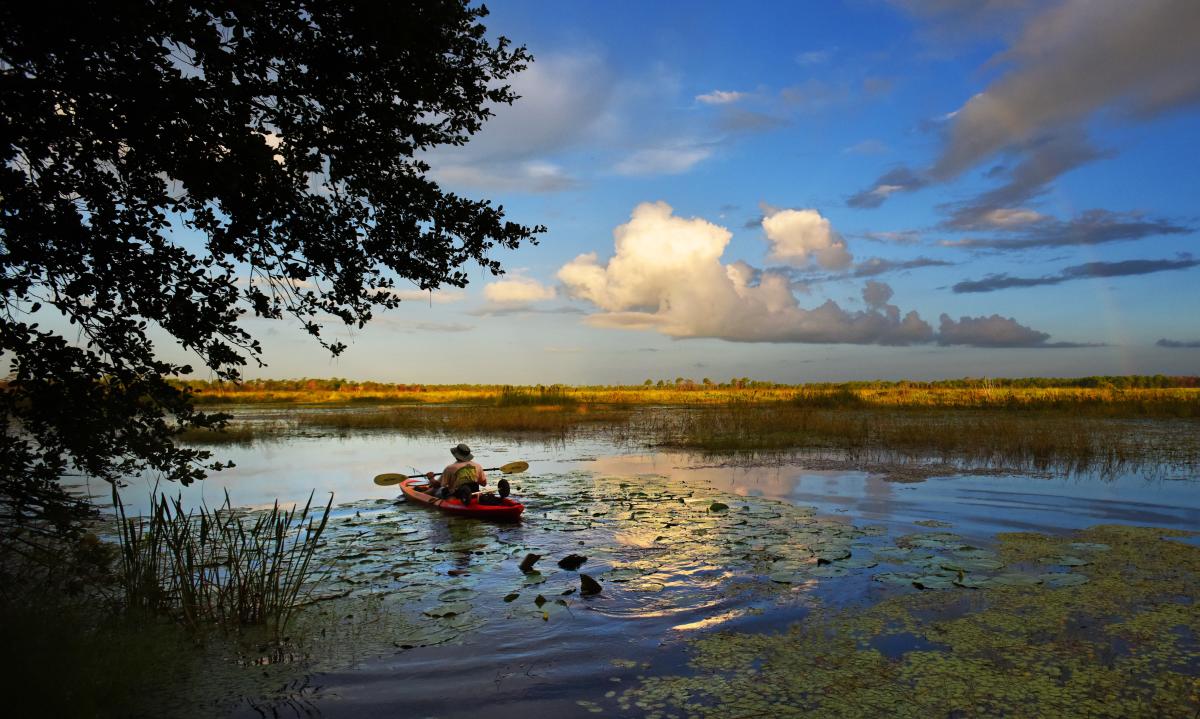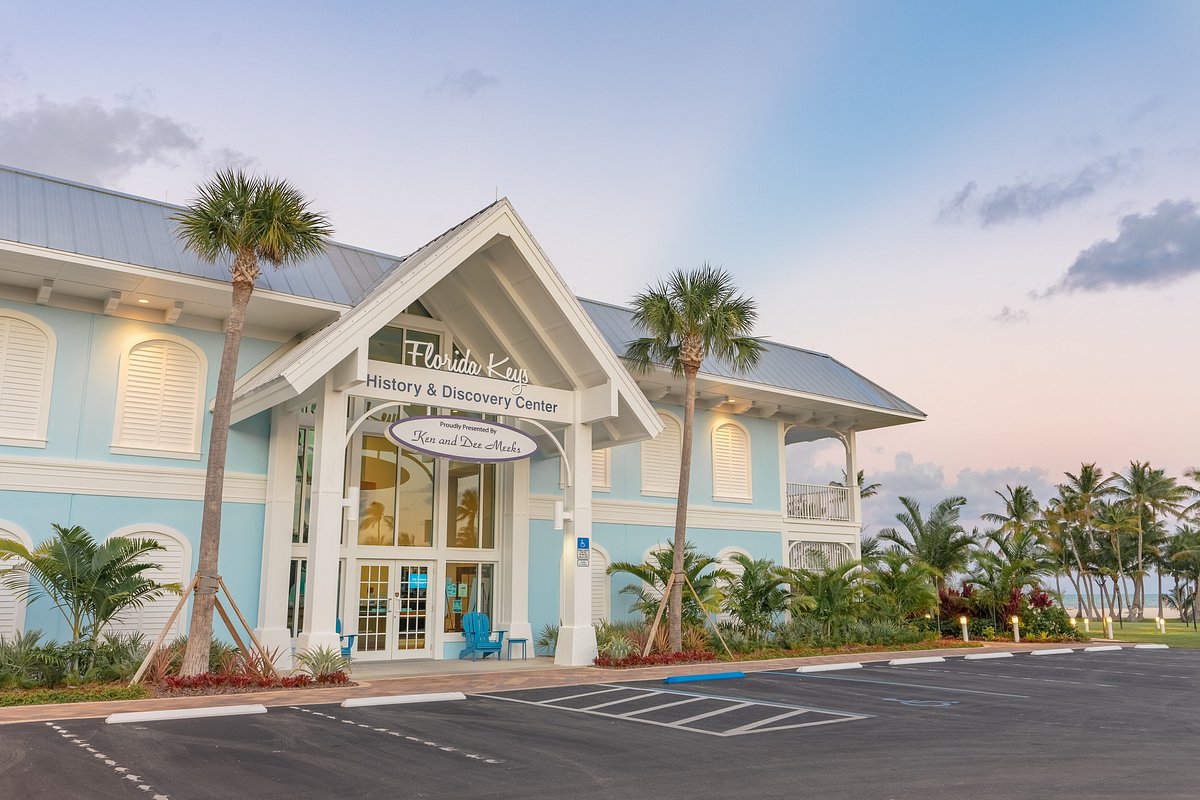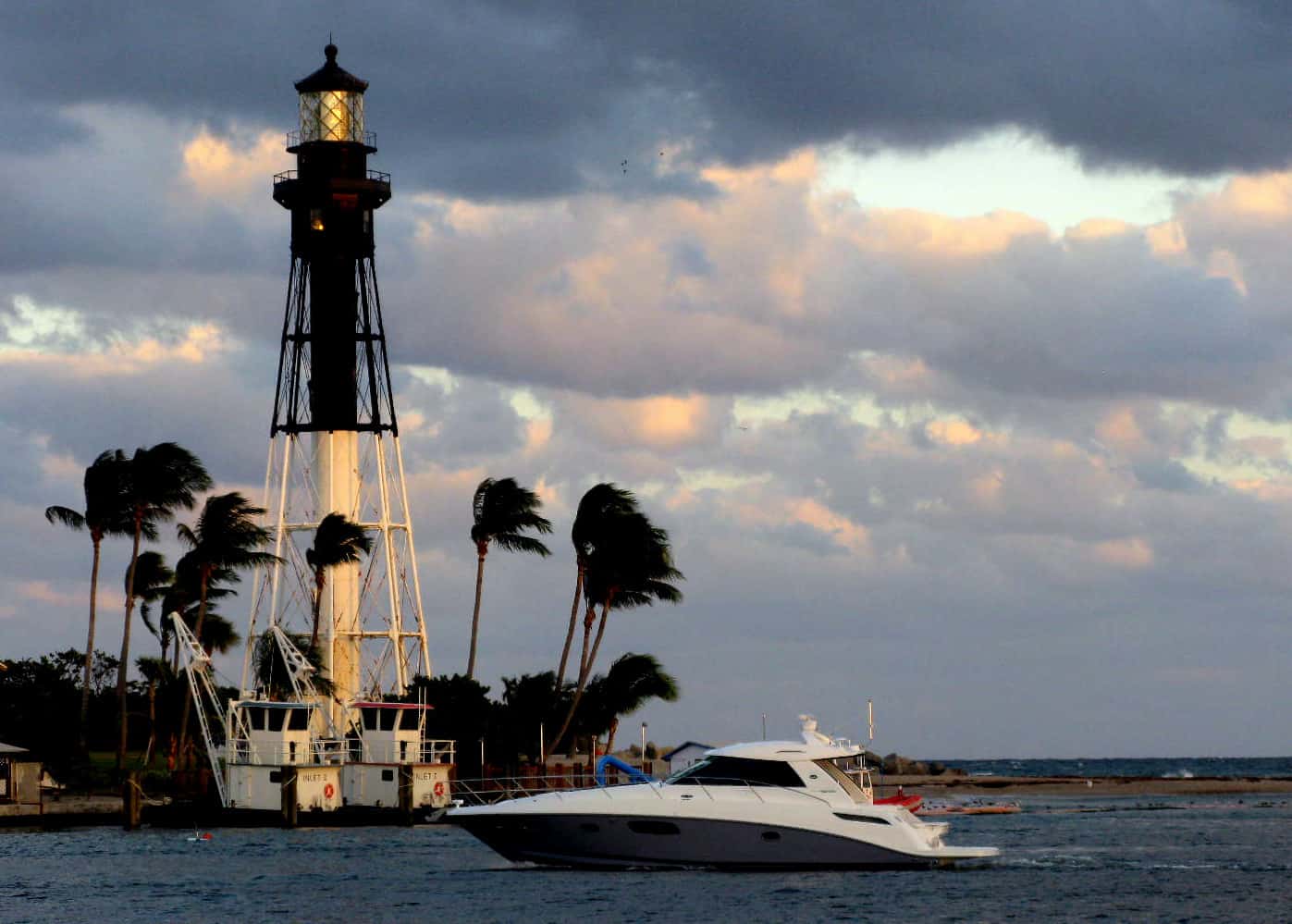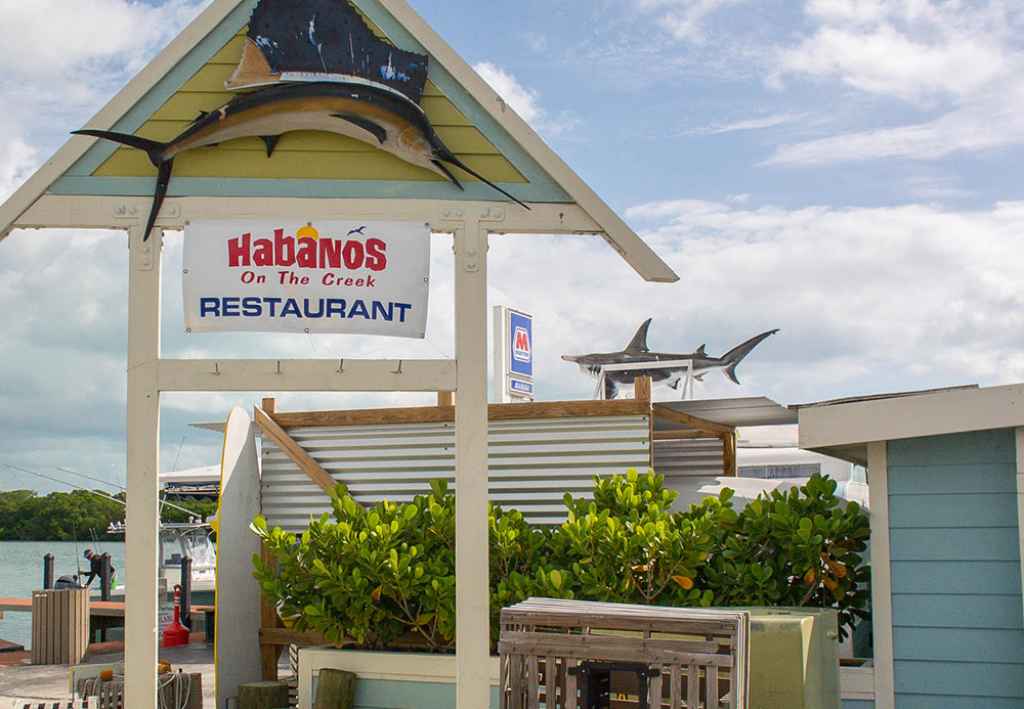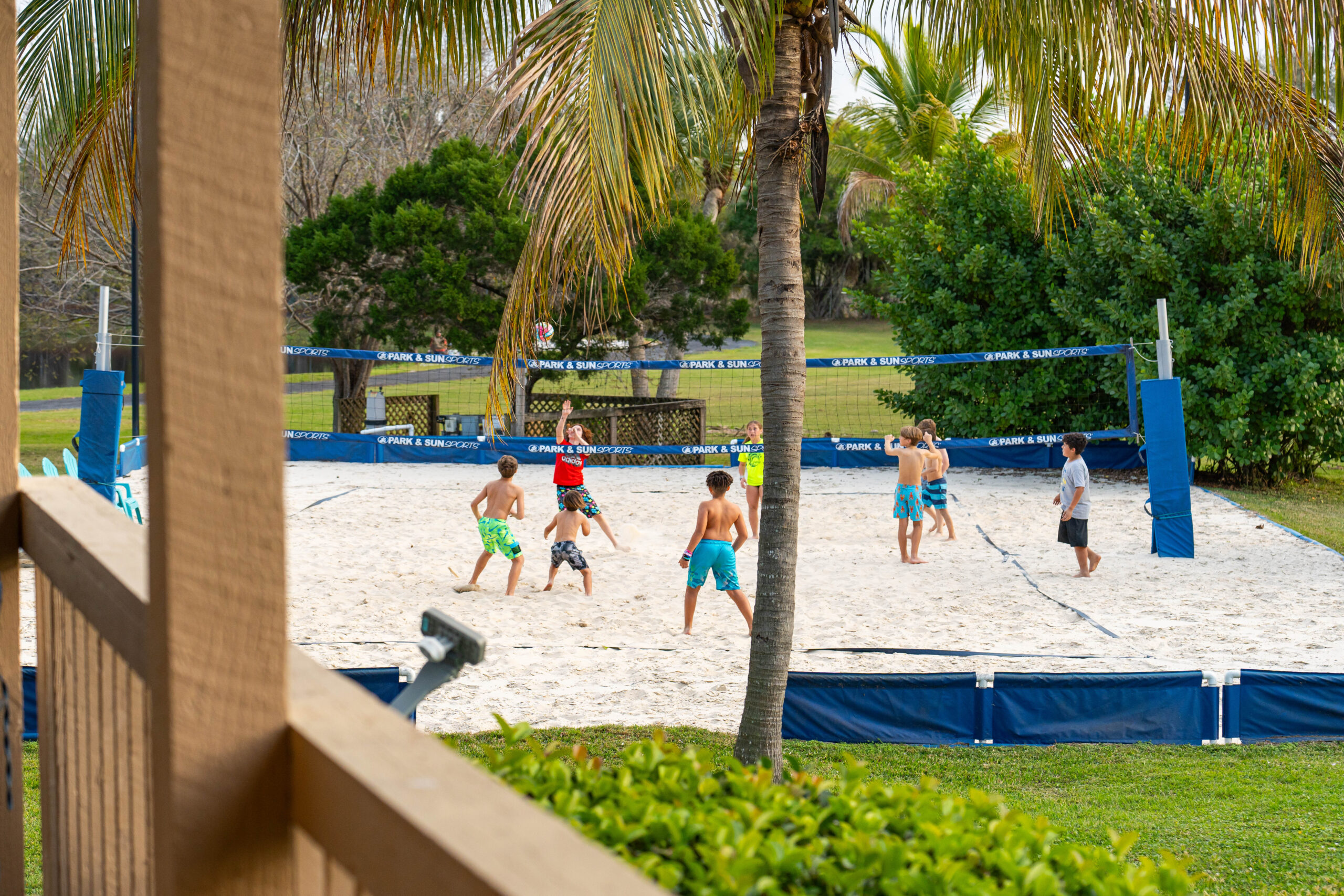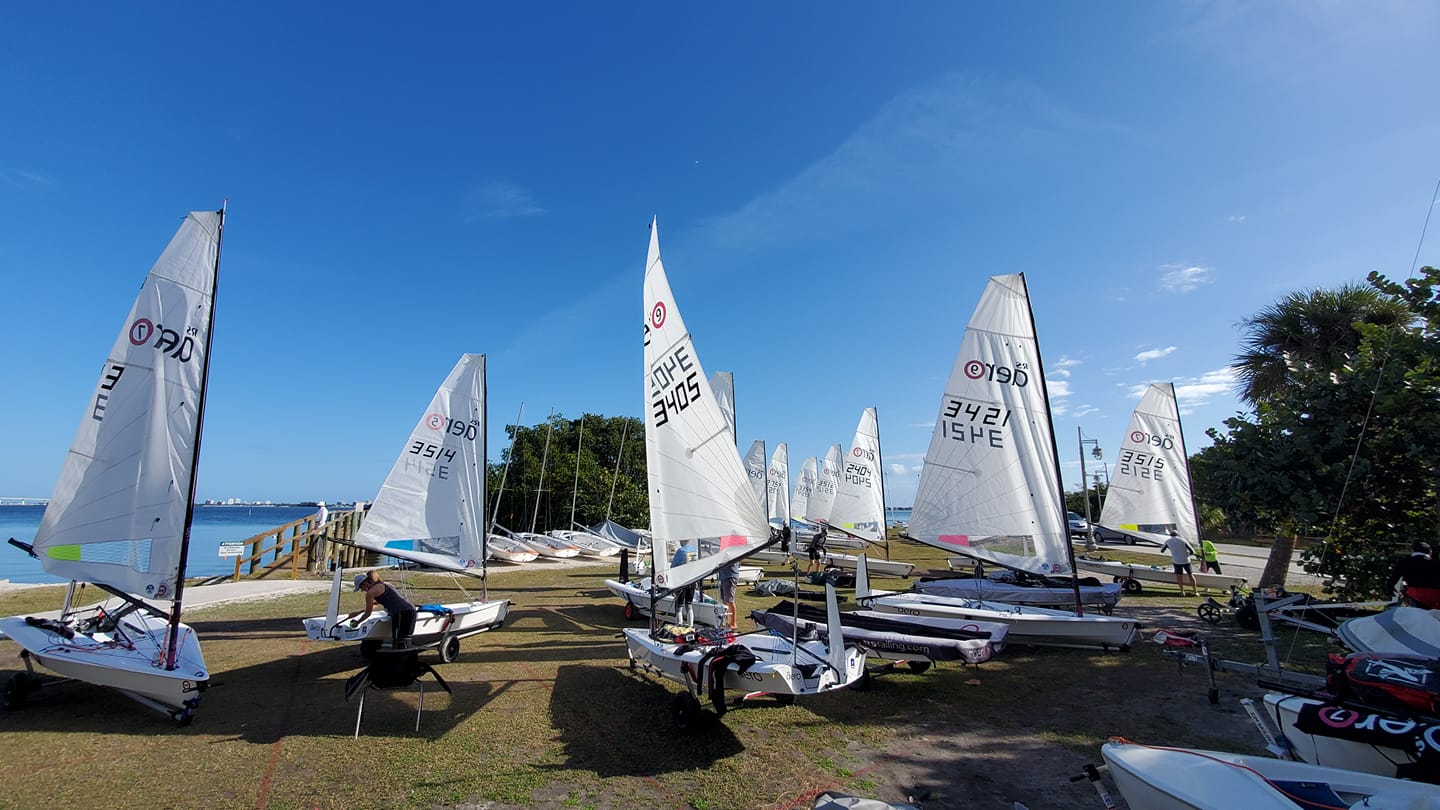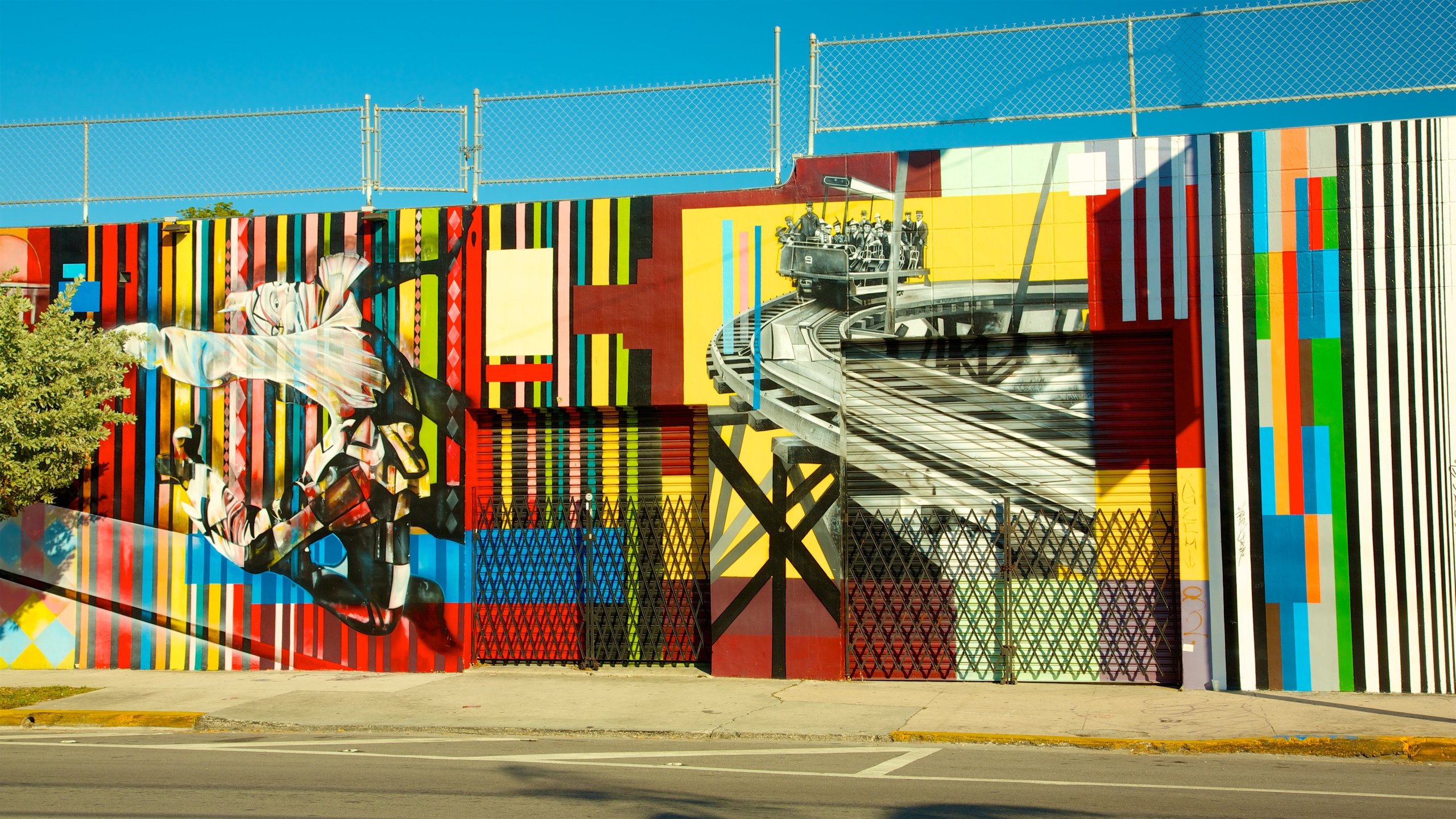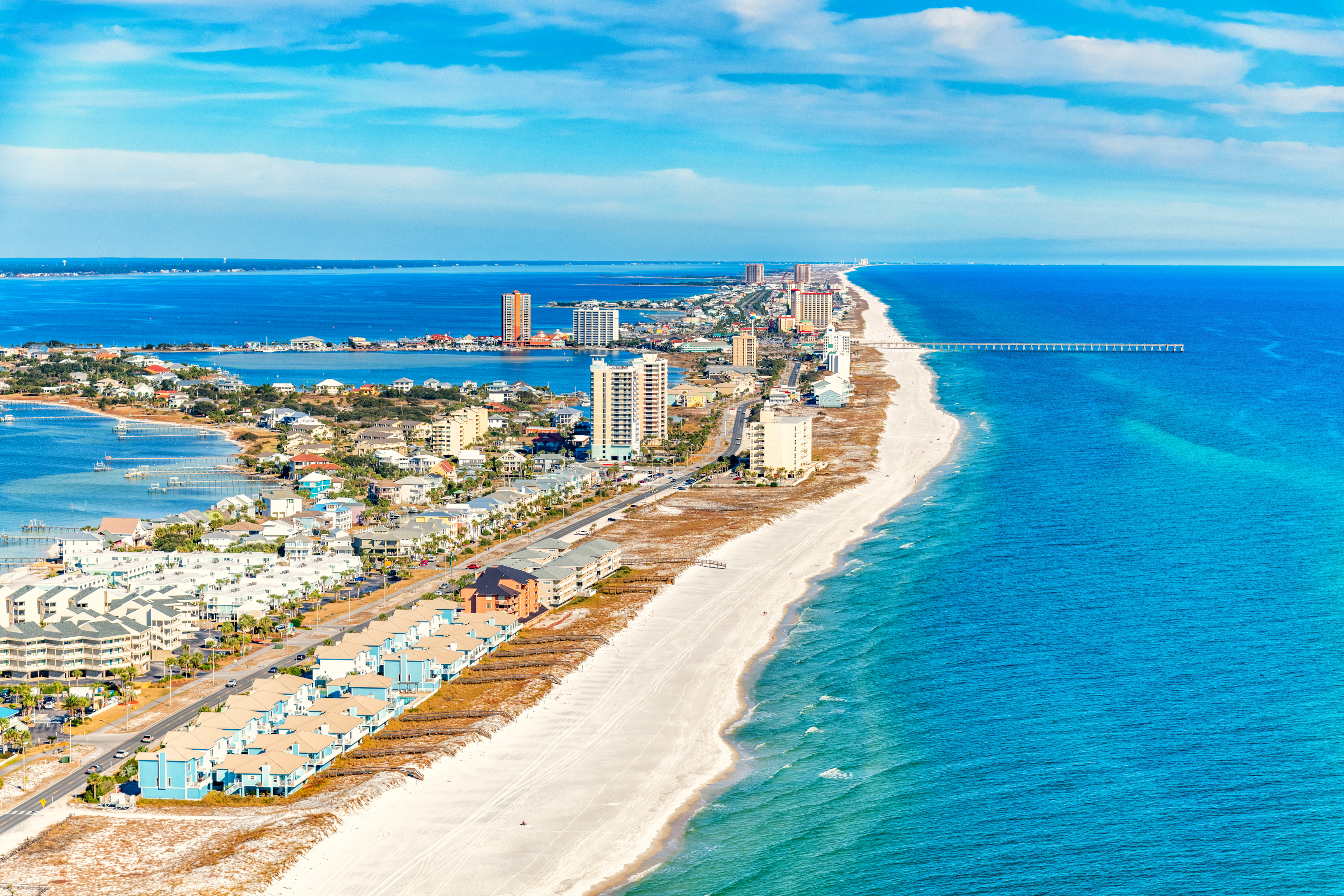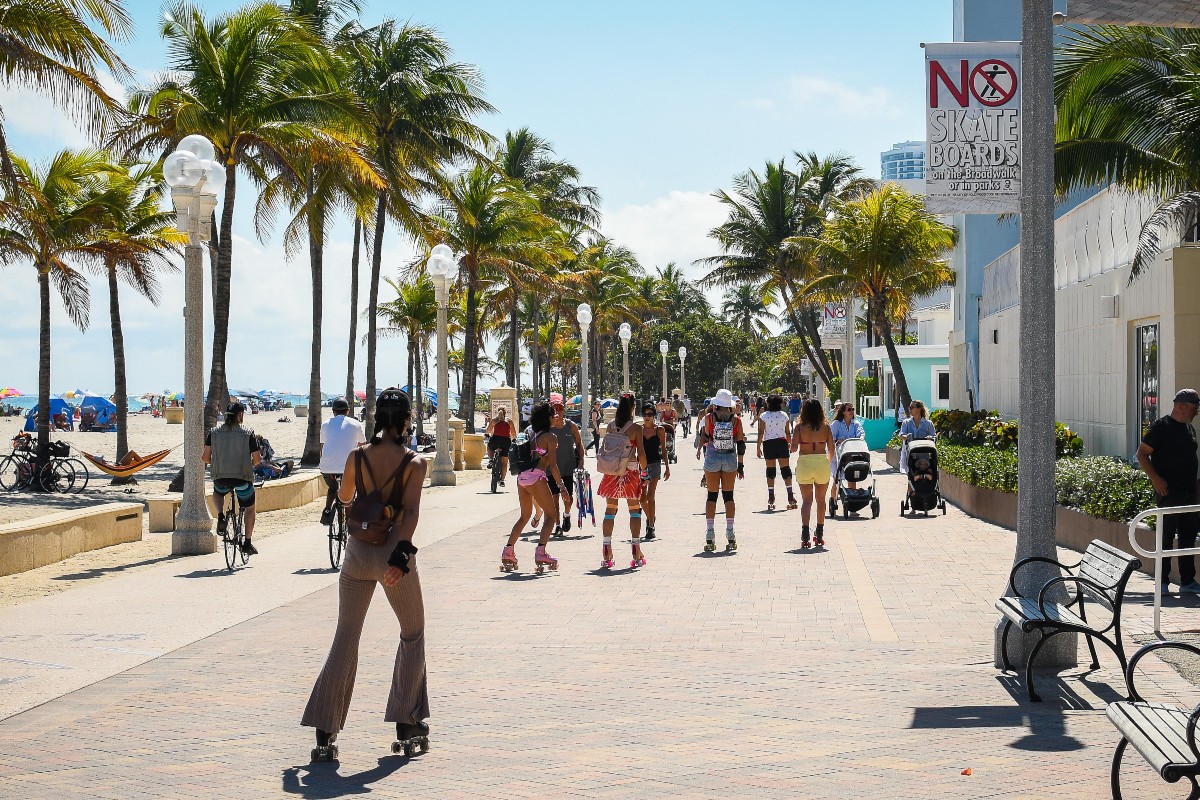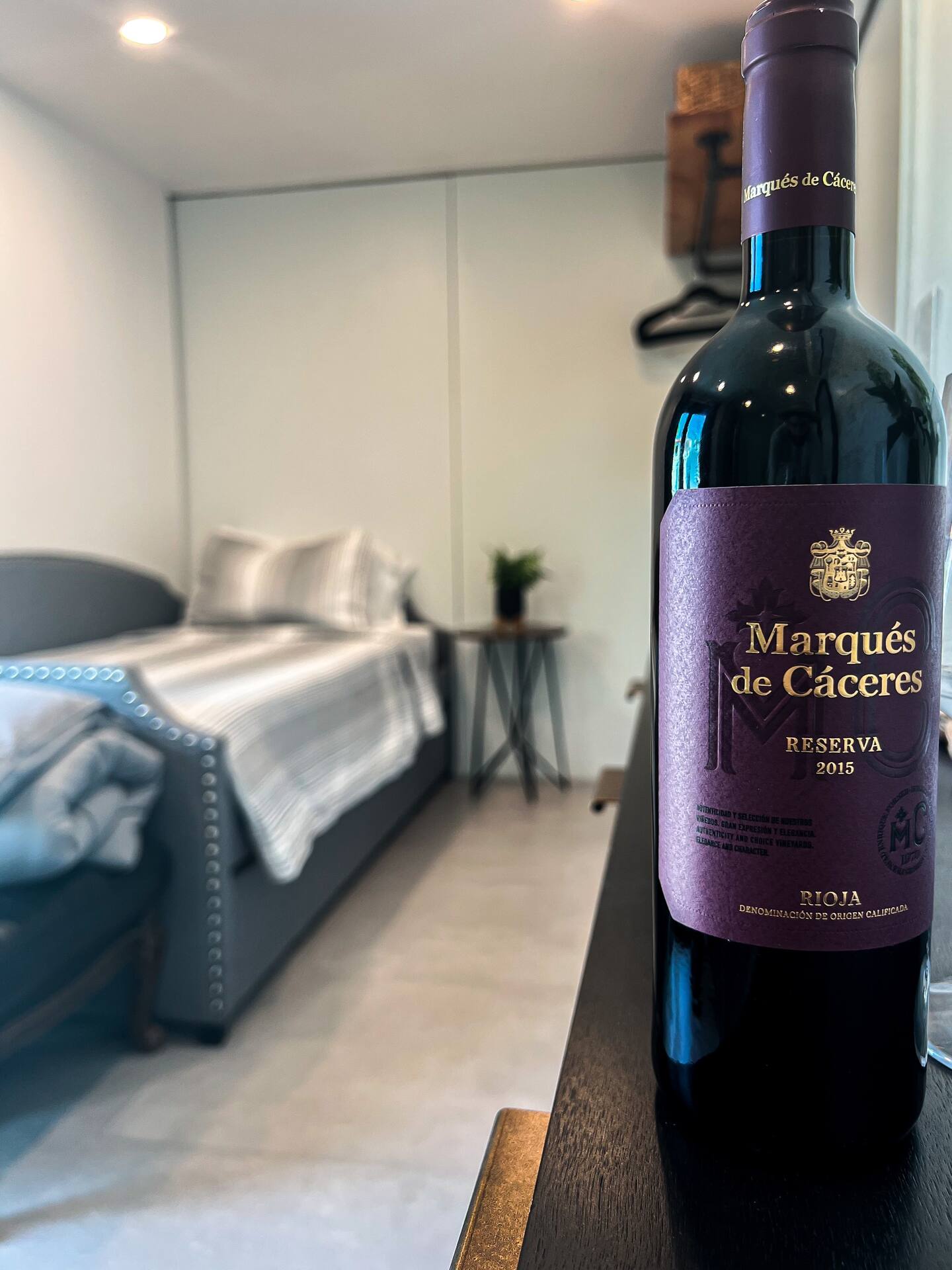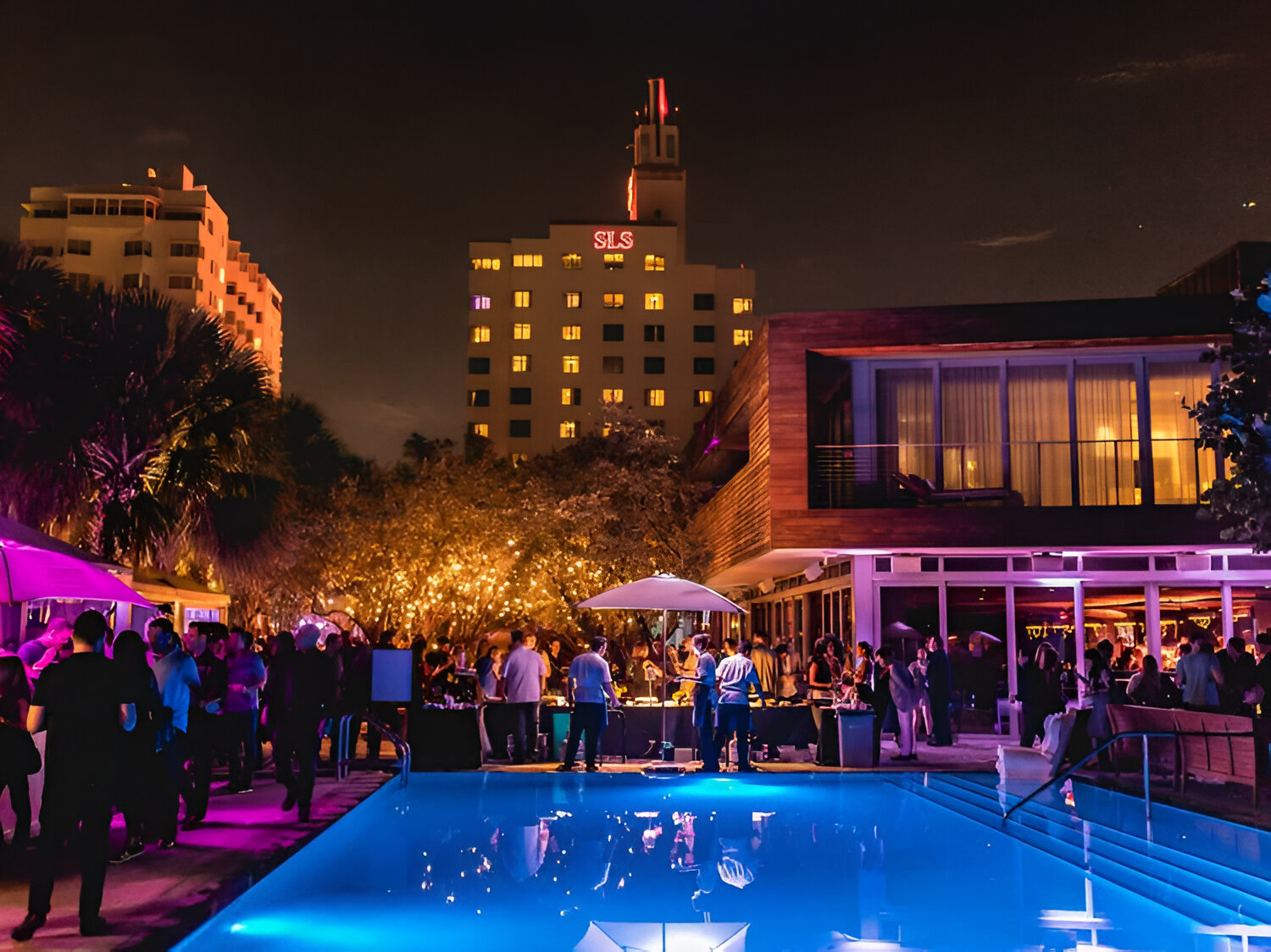Hurricane season is part of life in Florida. While seasonal maintenance—trimming trees, testing alarms, stocking kits—helps in the short term, true resilience is designed into the property itself. The most forward-thinking STR owners weave protection into architecture, materials, and layouts, creating homes that ride out storms and reopen faster for guests.
This guide focuses on hurricane-resilient design strategies, not just checklists. From storm-smart exteriors to interiors that dry fast, these choices protect your asset, reduce downtime, and provide visible trust signals that reassure travelers.
Exterior: Built to Withstand
Storm-Ready Openings
- Impact Glass: Laminated hurricane glass resists debris and prevents catastrophic breaches.
- Reinforced Doors: Wind-rated fiberglass or steel doors with multi-point locks keep pressure from blowing the house open.
- Architectural Shutters: Bahama or colonial shutters function as protection while adding coastal style.

Design takeaway: Guests notice impact windows and shutters. These details double as safety features and design accents.
Roof & Structure
- Shape & Anchoring: Hip roofs deflect wind; hurricane clips and straps create a continuous load path from roof to foundation.
- Secondary Barriers: Self-adhering underlayment under shingles blocks water even if roofing is lost.
- High-Rated Roofing: Metal panels or Class H asphalt shingles rated for 150+ mph winds provide peace of mind.
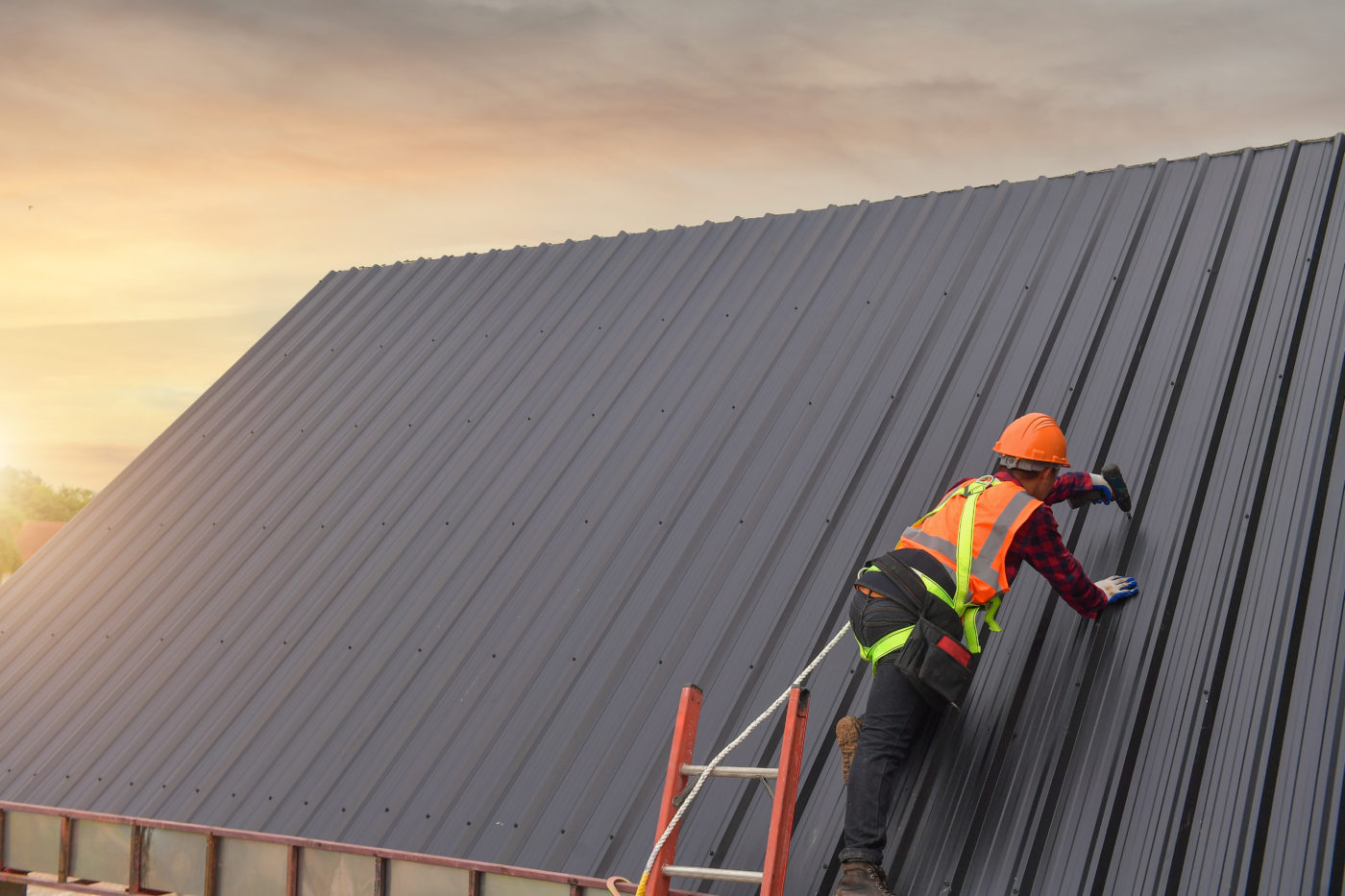
Elevation & Materials
- Elevated Equipment: Raise HVAC, panels, and water heaters above base flood level.
- Durable Exteriors: Fiber cement siding, PVC trim, and stainless fasteners resist rot and salt corrosion.
- Storm-Smart Landscaping: Use salt-tolerant natives, mulch instead of gravel, and permeable driveways for drainage.
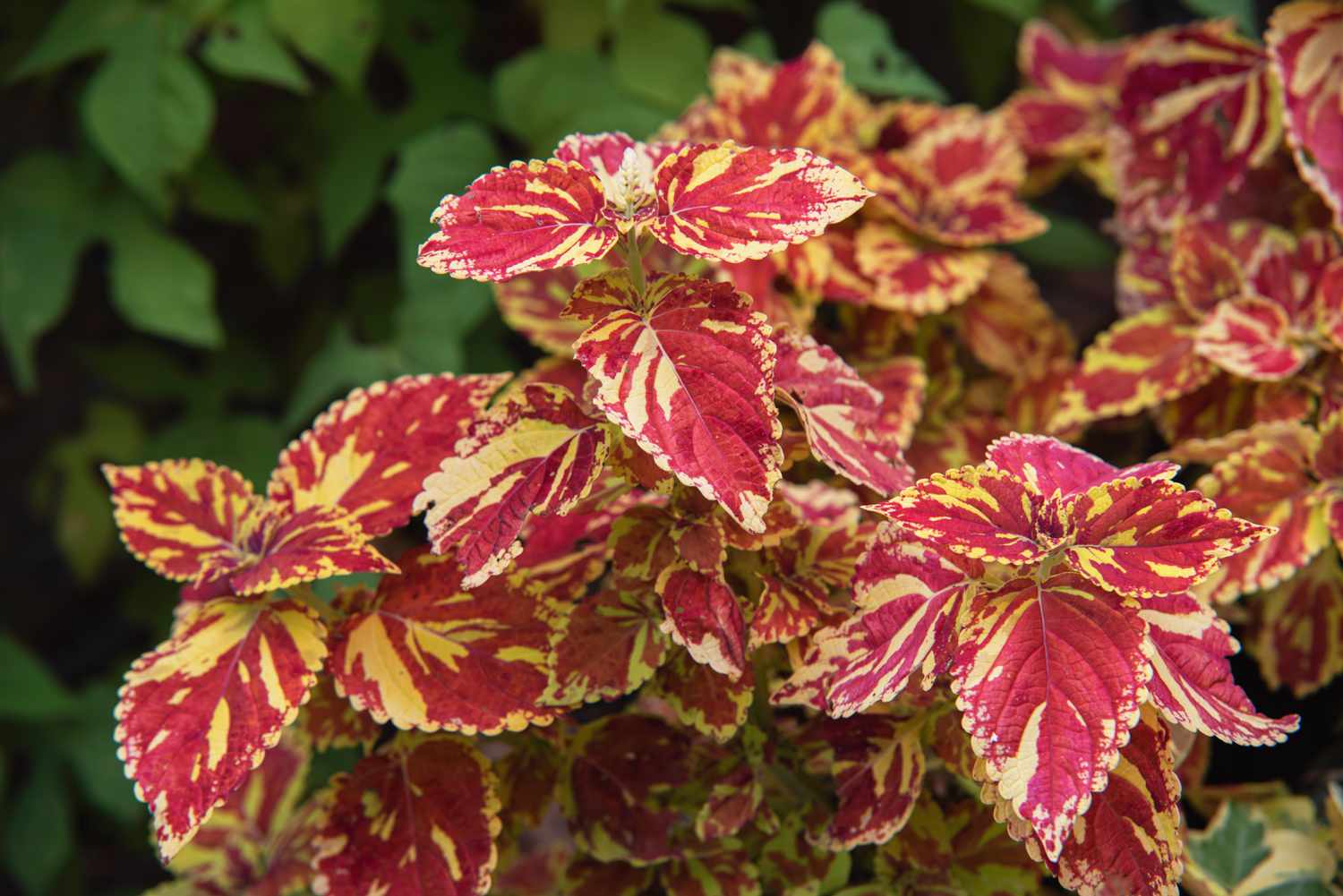
Interiors: Design That Dries Fast
Flood-Tolerant Surfaces
- Floors: Porcelain tile, sealed concrete, or waterproof vinyl plank—durable and easy to clean.
- Walls: Mold-resistant drywall and PVC baseboards reduce replacement after moisture events.
- Cabinetry: Marine-grade plywood or polymer cabinets withstand dampness; quartz counters outlast laminates.
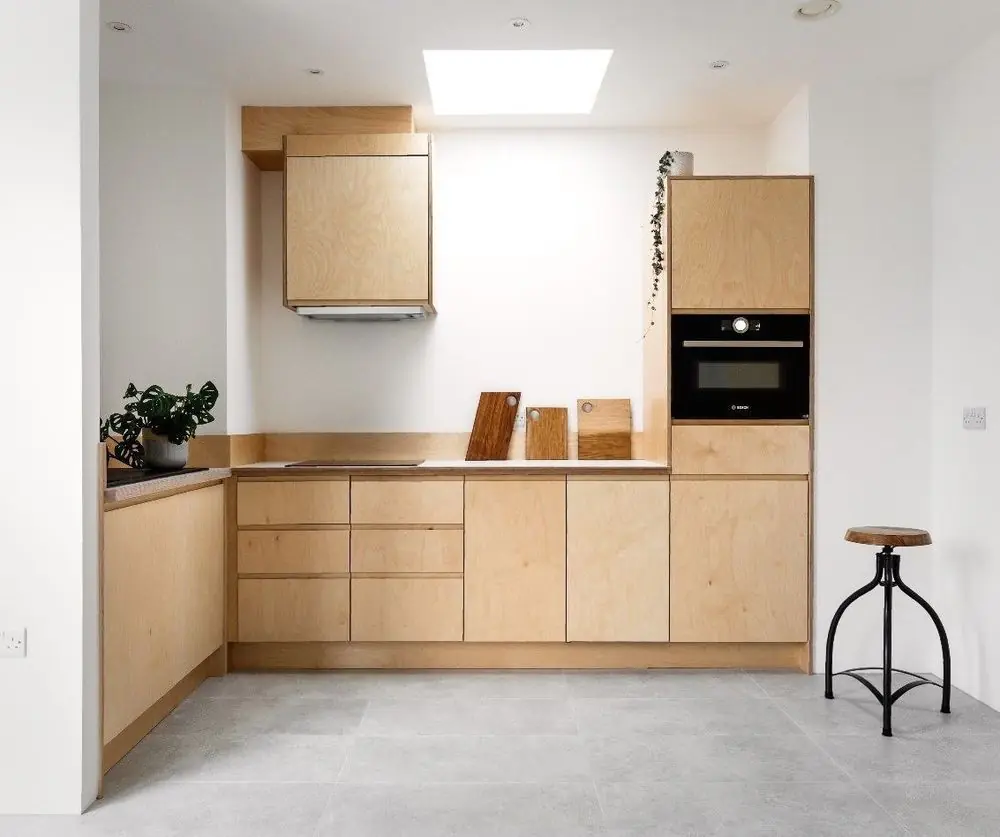
Furniture & Fabrics
- Raised-Leg Furniture: Keeps seating above shallow flooding.
- Outdoor-Grade Upholstery: Solution-dyed fabrics resist mildew and stains but look inviting indoors.
- Powder-Coated Metals: Fixtures and accents that won’t corrode in humid, salty air.
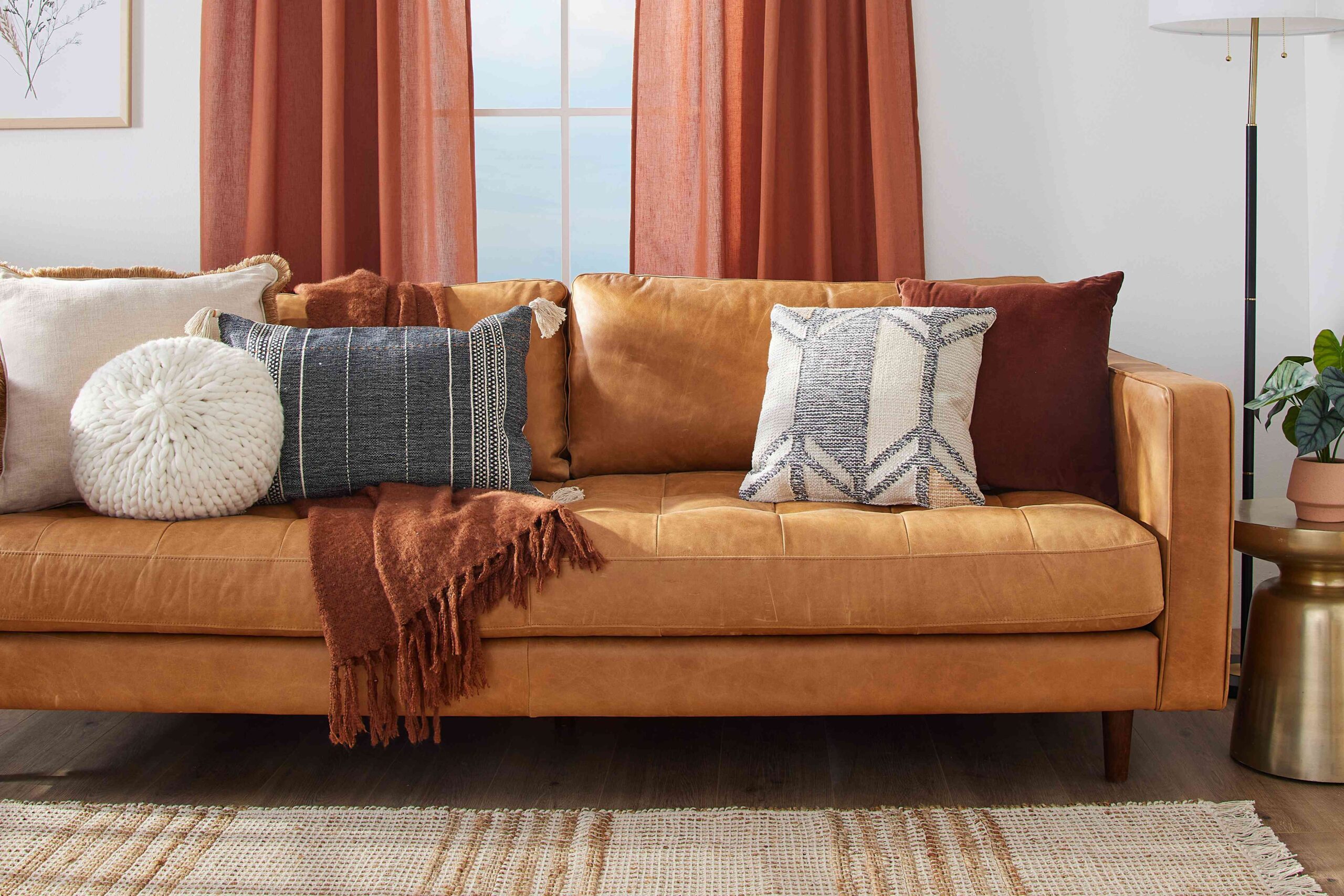
Layout & Storage
- Storm Mode Design: Modular sofas, nesting tables, and stackable chairs allow fast rearrangement.
- Hidden Storage: Built-in benches and garage racks for shutters, cushions, and storm kits.
- Safe Core Space: Reinforce an interior room; design it with soft lighting and seating so sheltering feels secure, not claustrophobic.

Power & Lighting Resilience
- Backup Systems: Pre-wire for generators or integrate solar + battery storage.
- Surge Protection: Whole-panel devices plus outlet-level strips protect electronics and Wi-Fi.
- Emergency Lighting: Stylish sconces with battery backups; plug-in lanterns as dual nightlights.
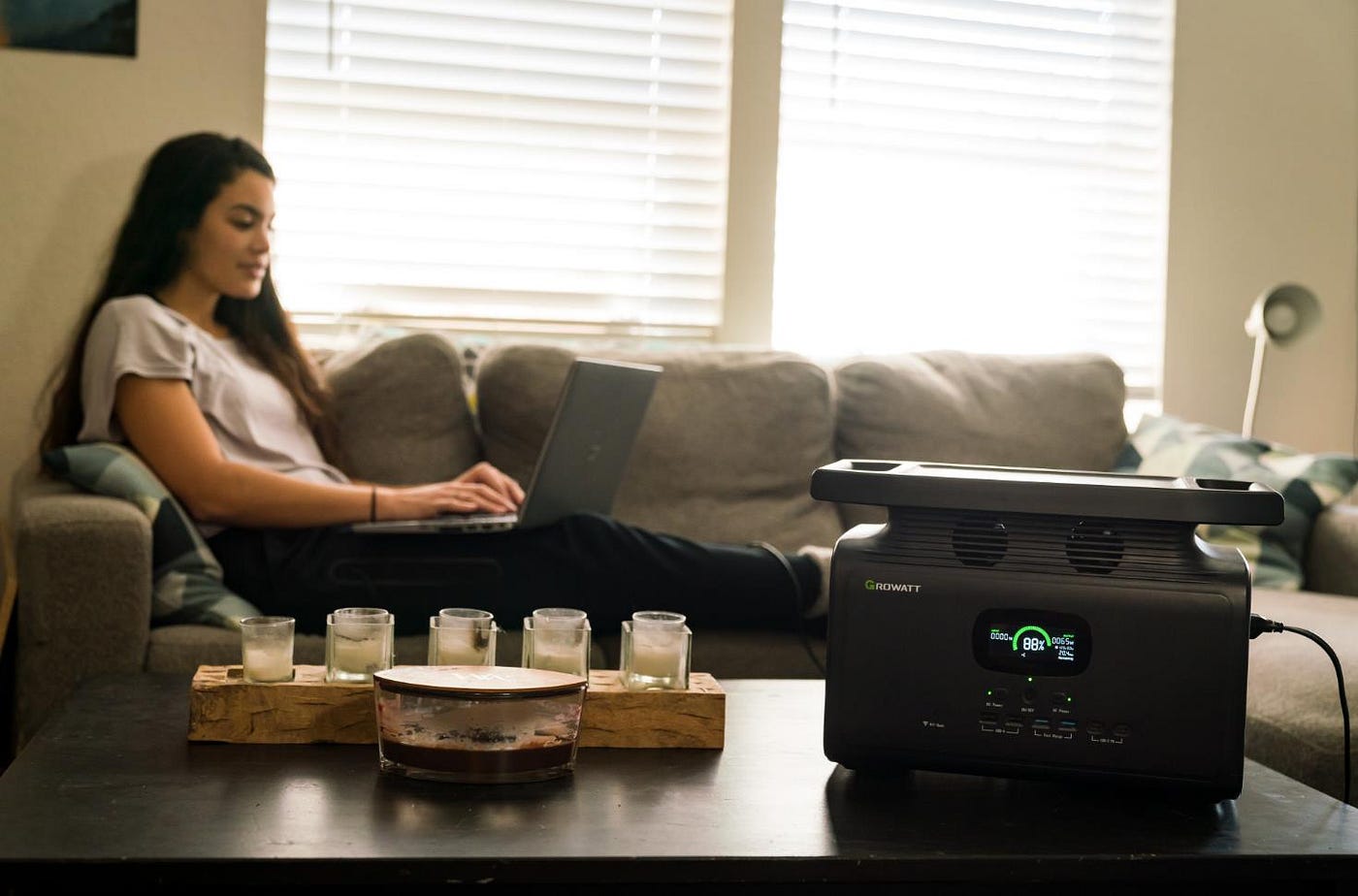
Design takeaway: Guests care most about essentials—lights, AC, and Wi-Fi. Design to keep them running.
Guest Trust by Design
Visible Resilience
- Photograph impact windows, fortified doors, and storm-ready decks for your listing.
- Show shutters or elevated structures as features, not warnings.
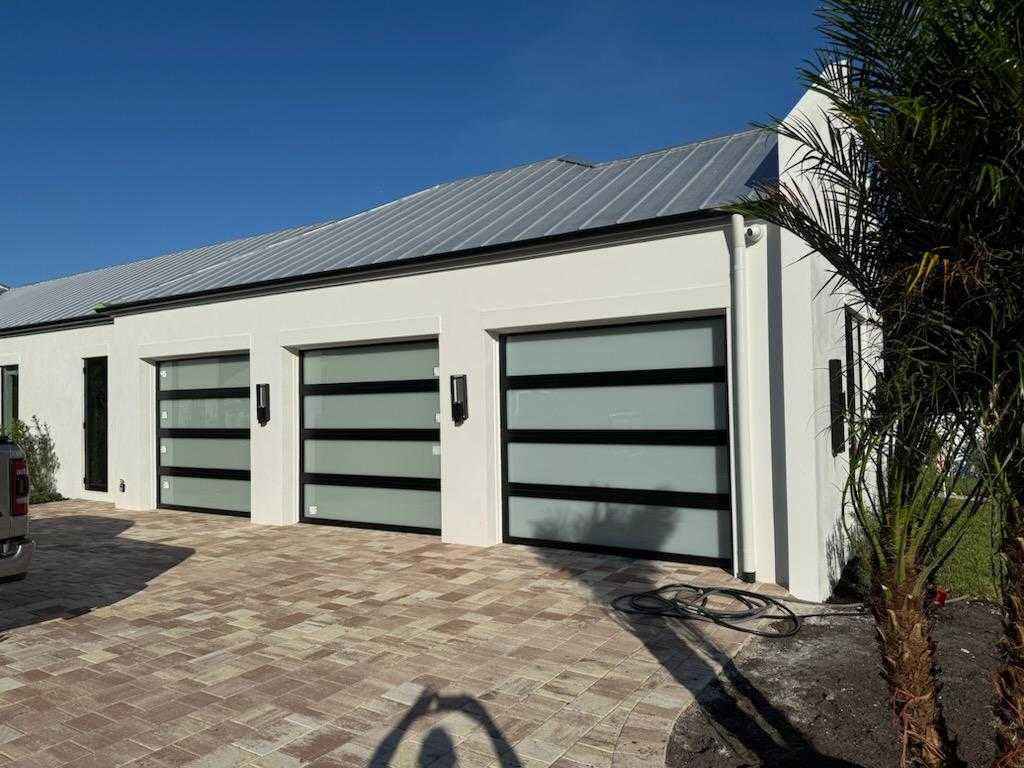
Redundant Comforts
- One flashlight per bedroom; lanterns in common spaces.
- A storm kit in a labeled trunk or bench doubles as décor.
- A cozy, prepared safe room shows foresight and care.
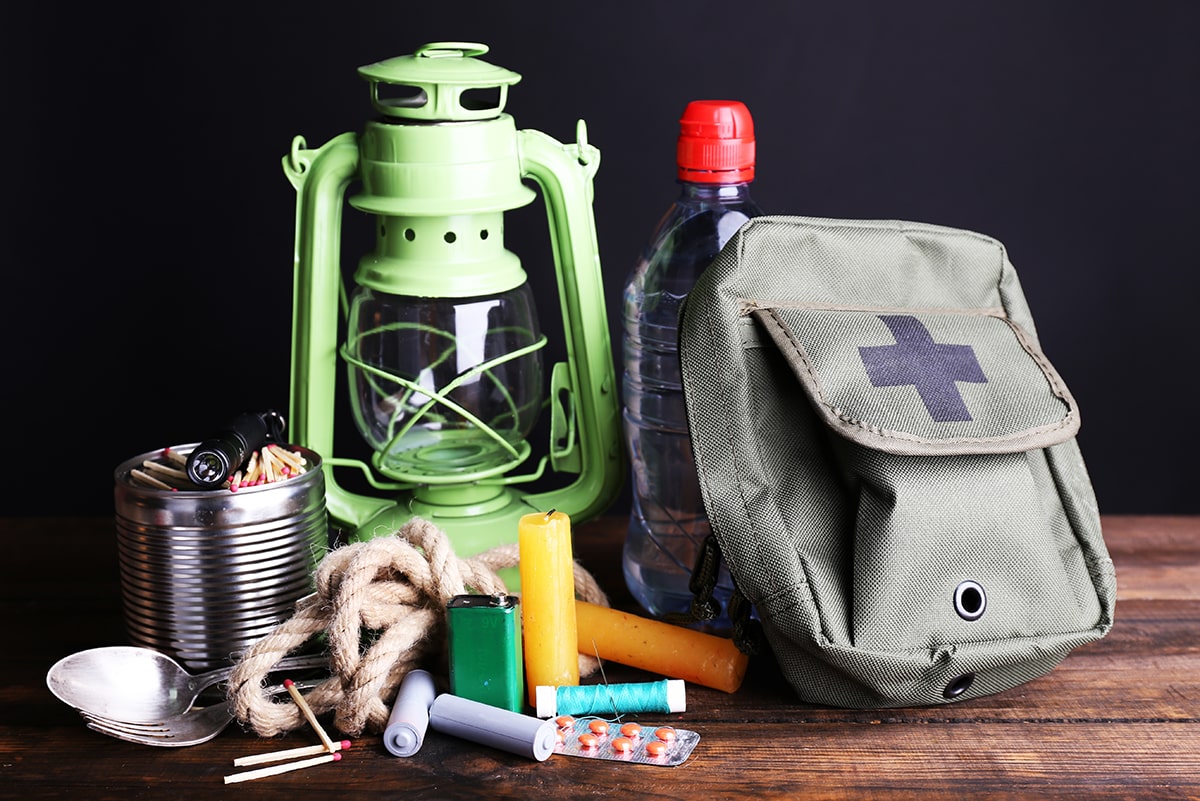
Education That Blends In
- Frame laminated guides as wall art or mount inside cabinets.
- Use color-coded bins and hooks for storm supplies.
- Include digital instructions in smart displays or guest apps.

New Builds vs. Retrofits
New Builds
- Opt for concrete block or ICF walls.
- Design hip roofs with sealed sheathing.
- Integrate breakaway ground-level walls in flood zones.
- Add backup power systems during construction—cheaper and cleaner than retrofits.

Retrofits
- Prioritize impact openings, roof reinforcement, and garage doors.
- Add flood vents, elevate equipment, and retrofit interiors with water-tolerant flooring.
- Each upgrade compounds resilience and often reduces insurance premiums.

Condos vs. Single-Family
Condos
- Focus on interiors: waterproof floors, impact glass, compact storm storage.
- Balconies: foldable or rail-secured furniture; fabric screens for sliders.
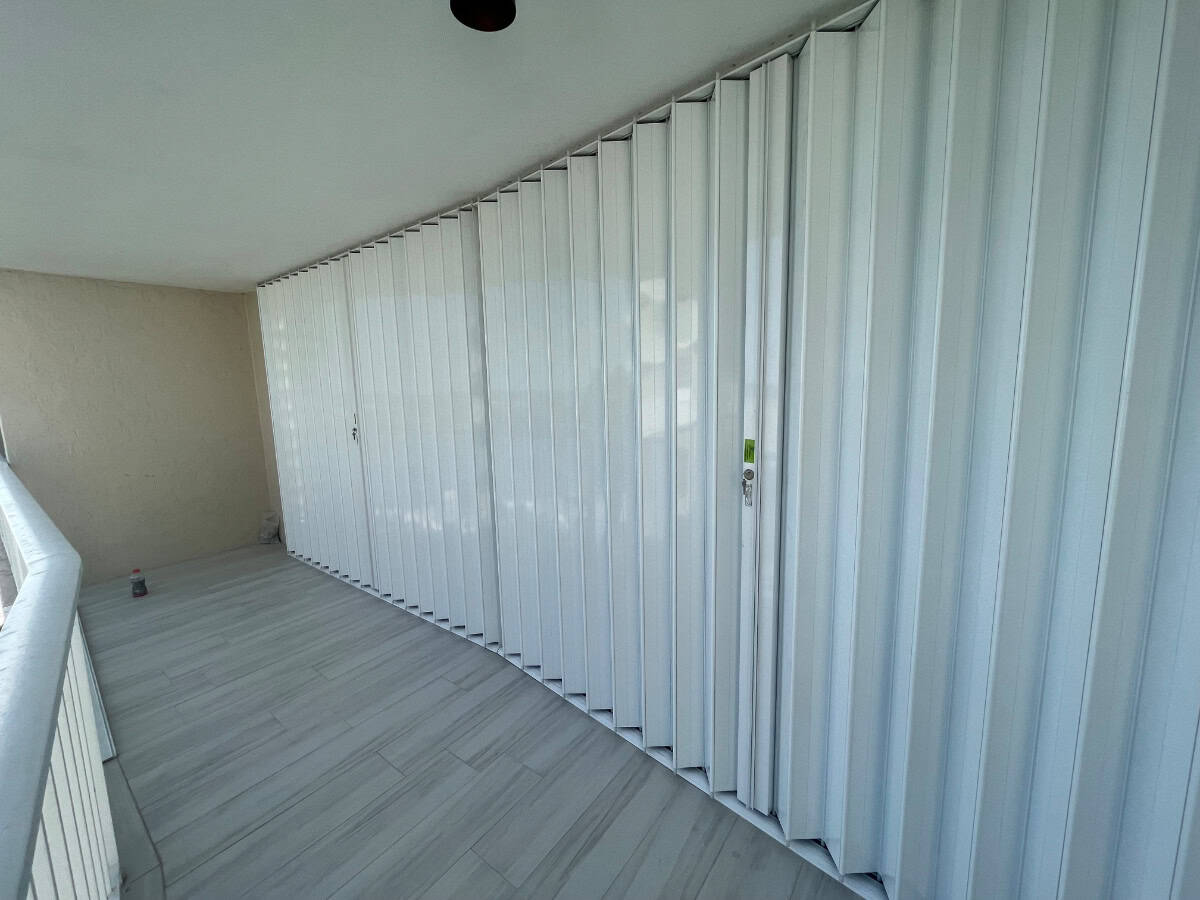
Single-Family
- Full control over shutters, landscaping, and generator integration.
- Dedicated storm storage zones in garages, sheds, or ceiling lifts.
- Yard drainage and fencing choices make a huge difference.
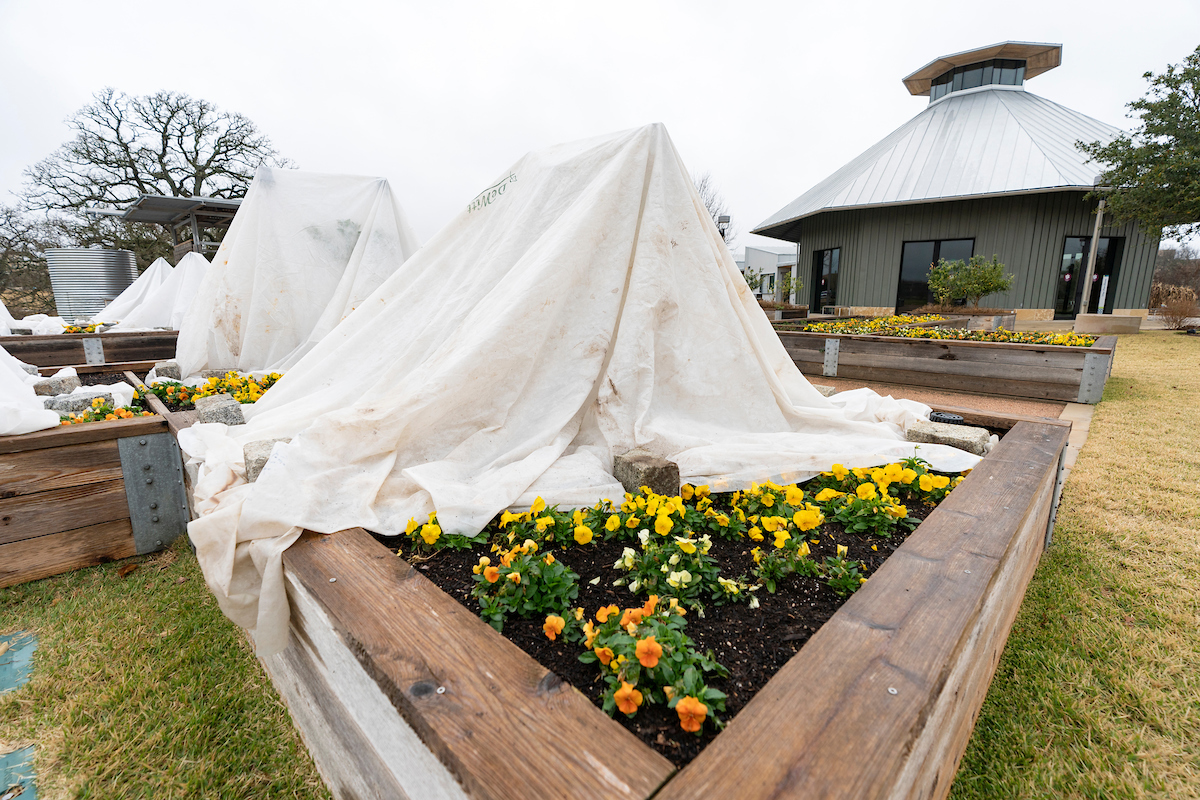
Case Study: Islamorada ICF Home, Florida Keys
When Hurricane Irma (Category 4) tore through the Florida Keys in 2017, winds over 130 mph and storm surge destroyed many homes. Yet one vacation rental in Islamorada reopened with minimal repairs, thanks to resilient design.
Why it survived:
- Insulated Concrete Form Walls: 11-inch thick concrete-and-foam walls reinforced with steel rebar, built to withstand Category 5 winds.
- Elevated Living Spaces: The main floors sat 10 feet above grade. The garage level featured breakaway walls and engineered flood vents that sacrificed themselves, sparing the living space.
- Impact Openings: Hurricane-rated windows and sliders sealed against debris and water.
- Hardened Roof: Roof deck tied down with straps and underlayment, forming a continuous load path.
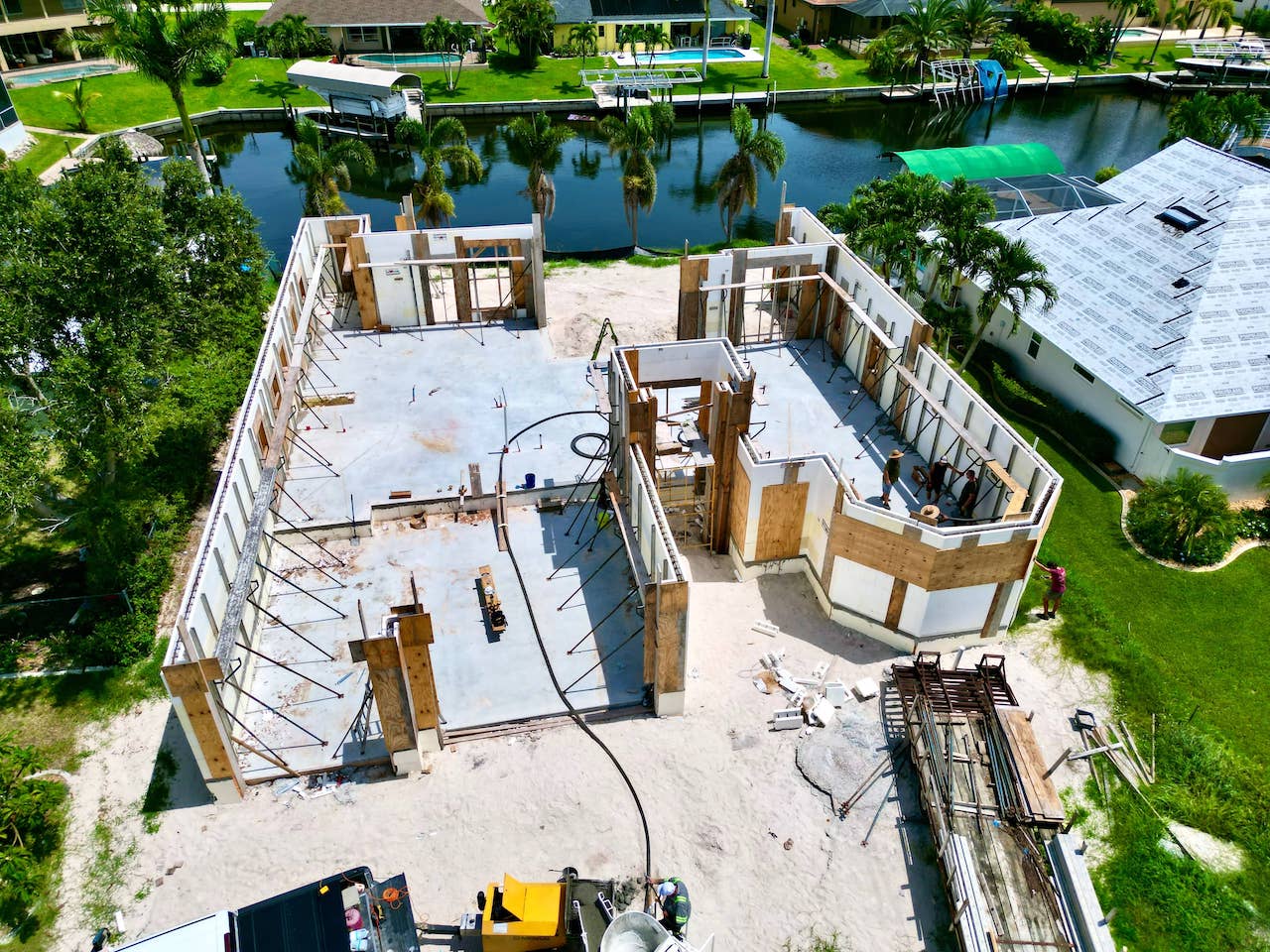
The outcome:
While nearby resorts needed extensive rebuilding, this home only required minor cosmetic fixes—a few cracked tiles and touch-up paint. The owners resumed hosting quickly, turning resilience into a marketable strength.
Lessons for STR owners:
- Concrete and elevation matter—investing upfront saved the structure.
- Breakaway ground levels transform surge into inconvenience, not catastrophe.
- Guests see style, not sacrifice: the home still feels like a breezy Keys getaway.
- Marketing “Irma-tested” design builds confidence and sets listings apart during storm season.
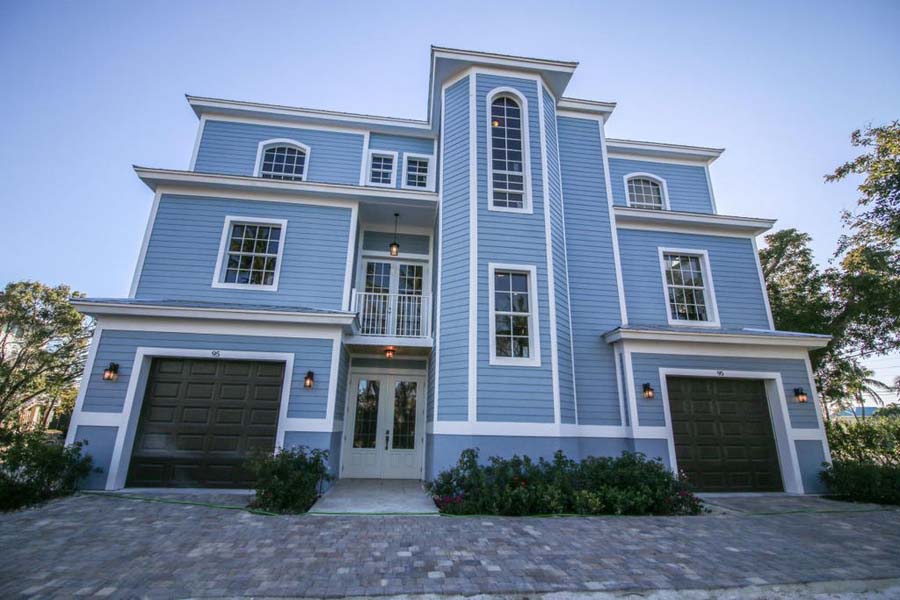
Takeaway: Thoughtful design—strong walls, elevated floors, impact glass—transforms vulnerability into resilience. For STRs in South Florida, it’s not just safety, it’s a competitive edge.
Hurricanes can’t be stopped, but their impact can be designed around. By choosing hurricane-rated openings, fortified roofs, water-smart interiors, modular layouts, and integrated power systems, you create a STR that protects investment and delights guests.
These features aren’t seasonal—they’re permanent trust builders. They reduce damage, speed recovery, and turn your property into a safe haven guests will notice, remember, and book with confidence.

